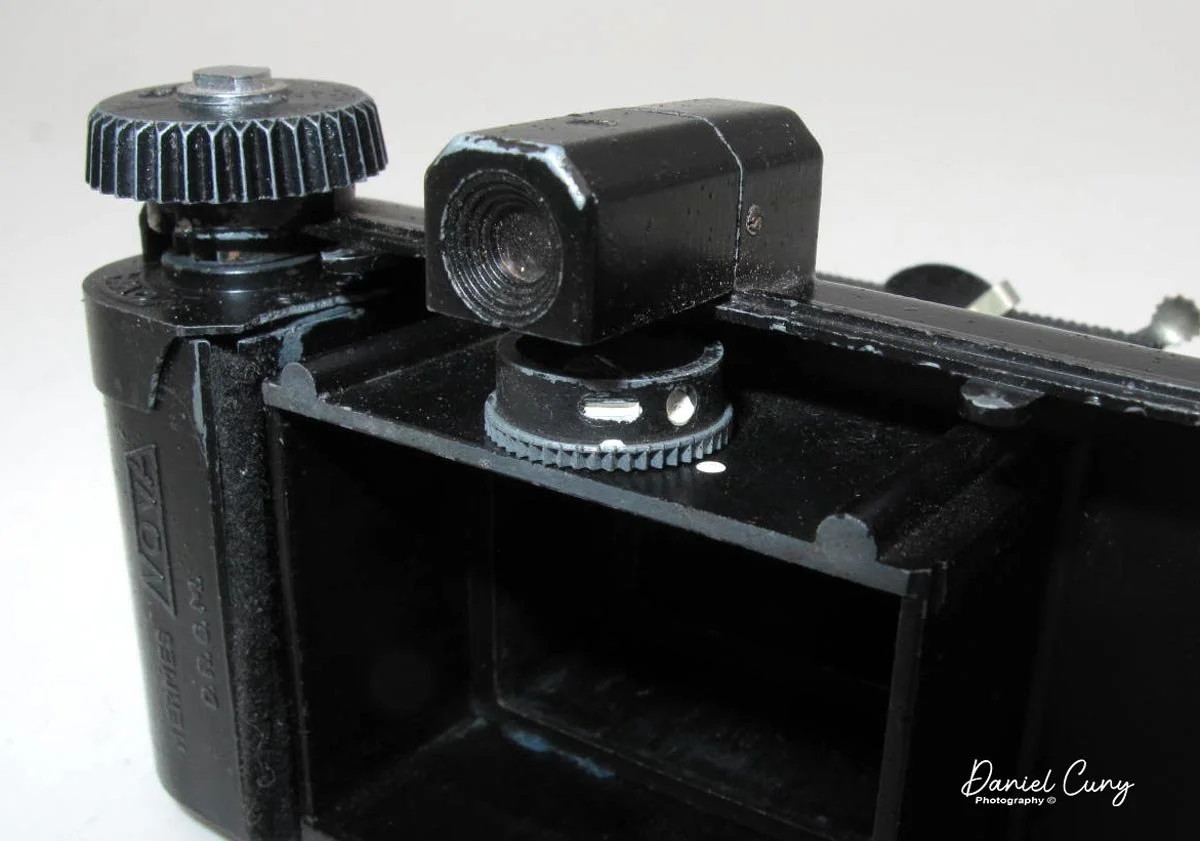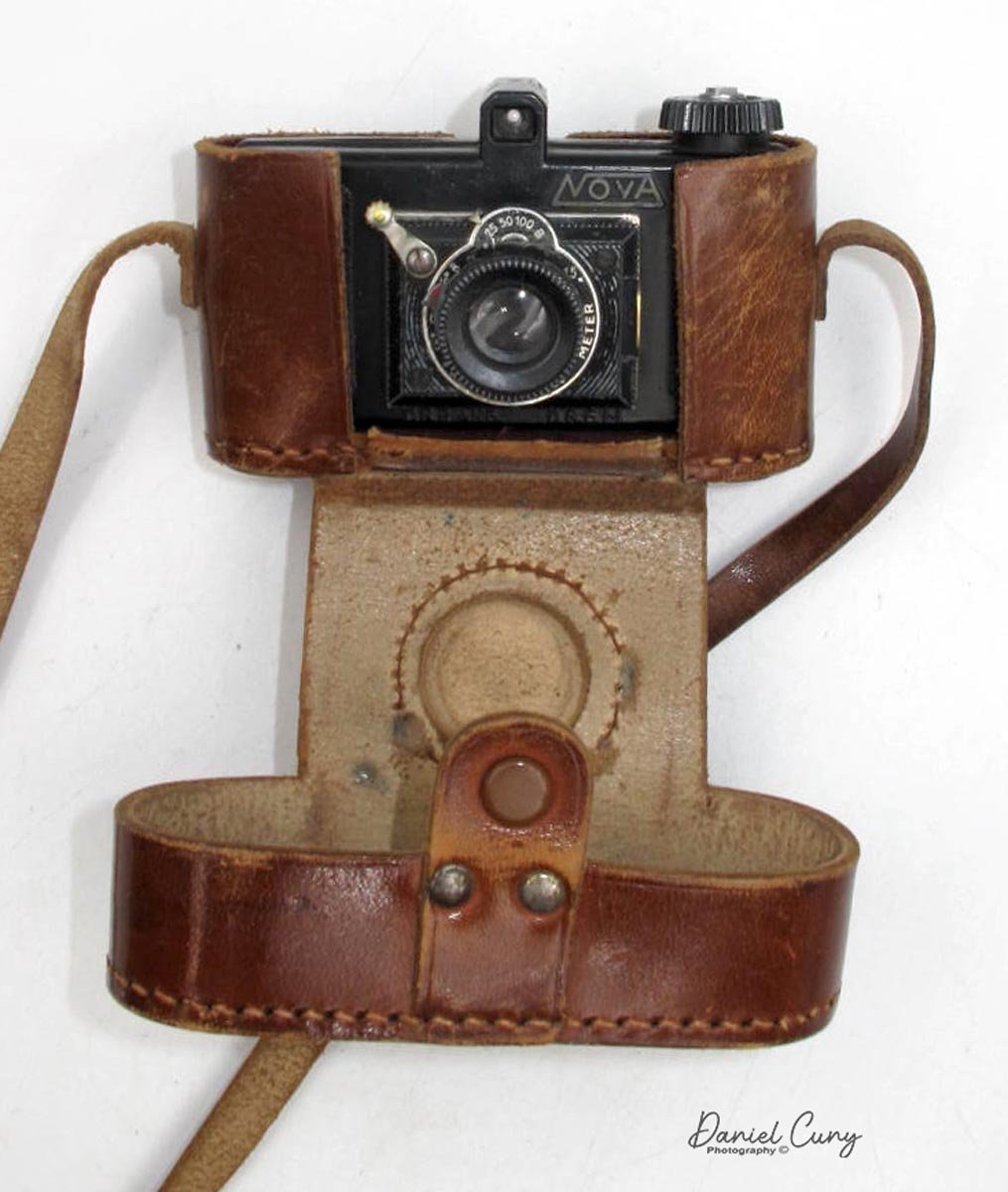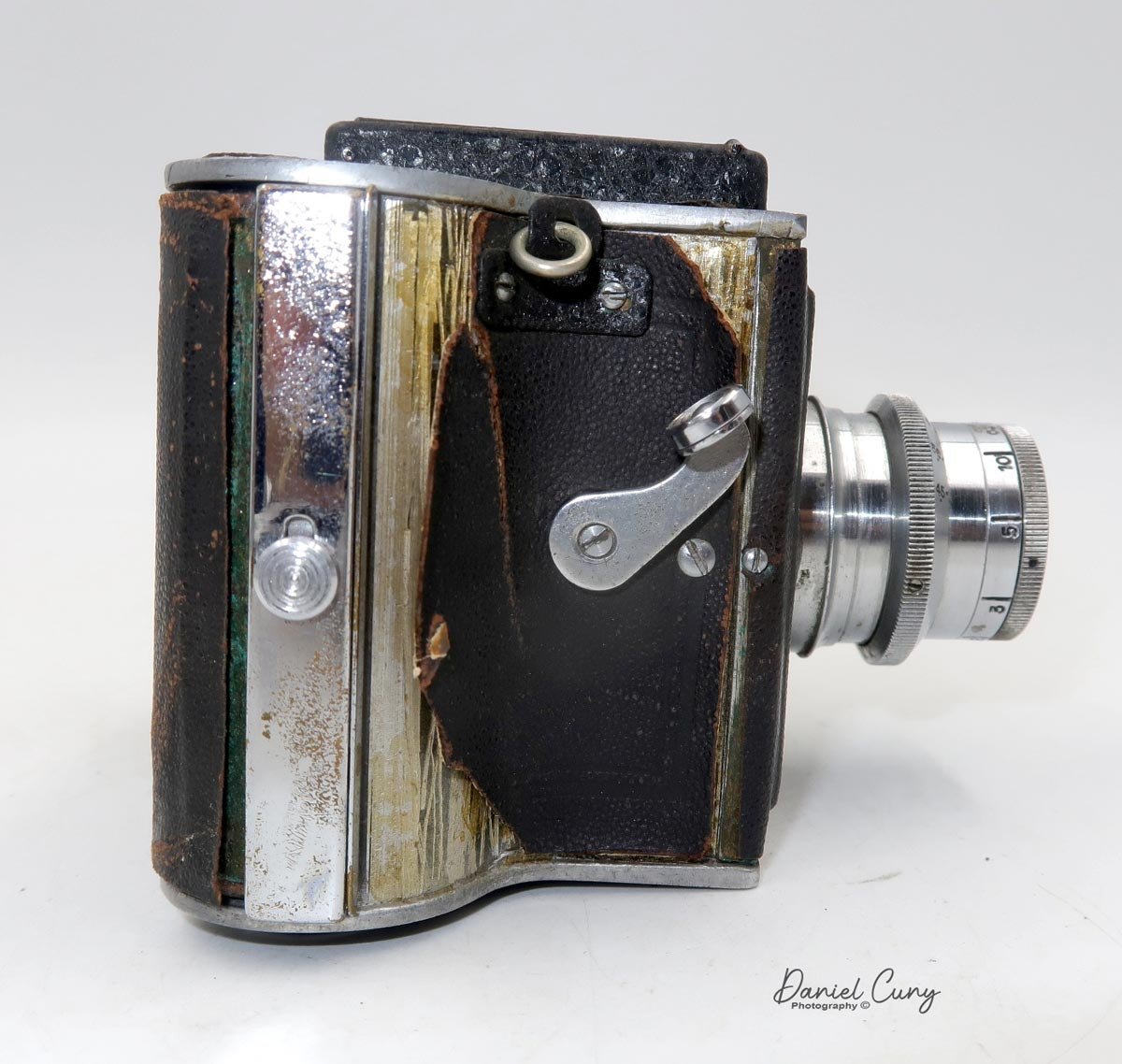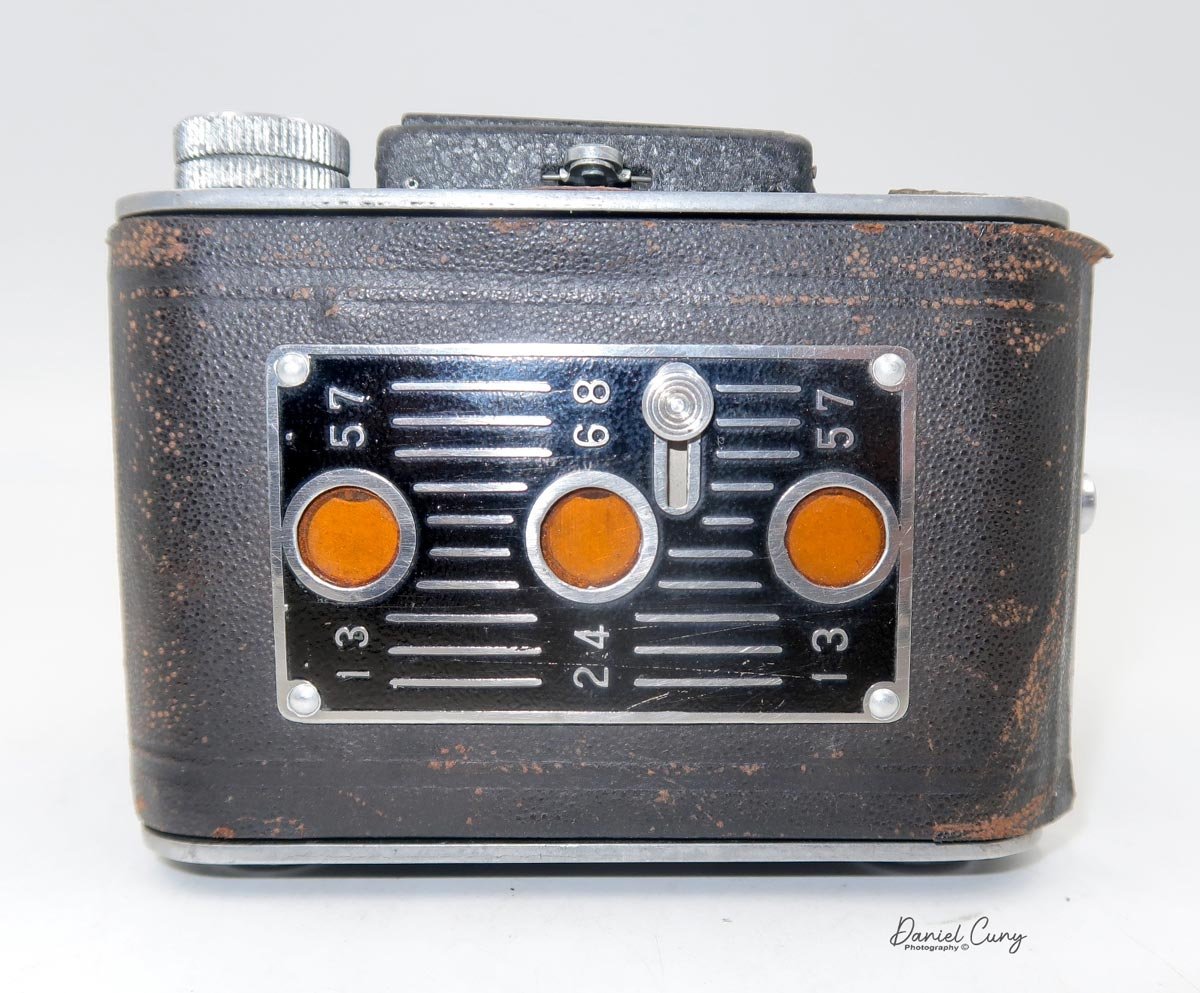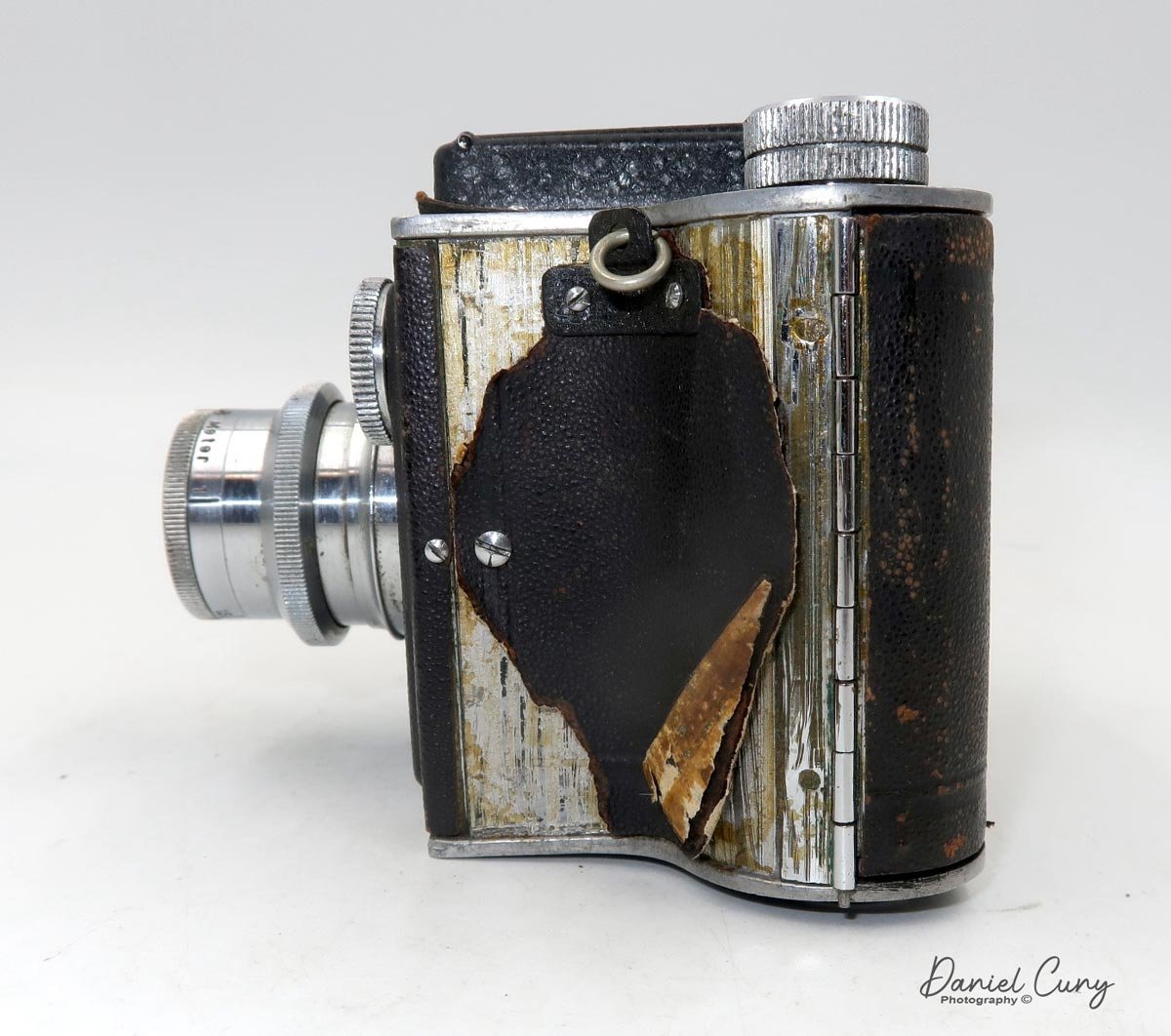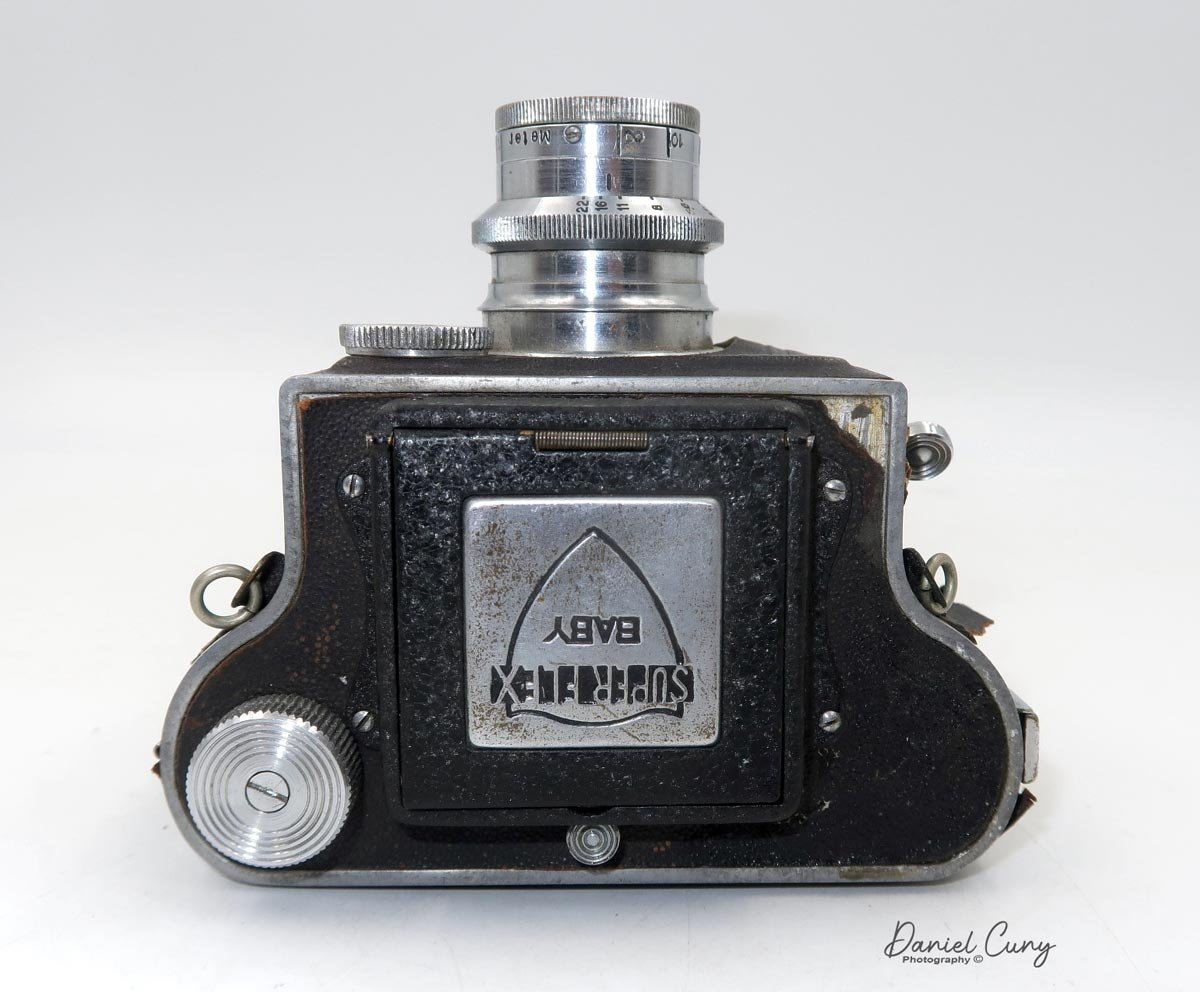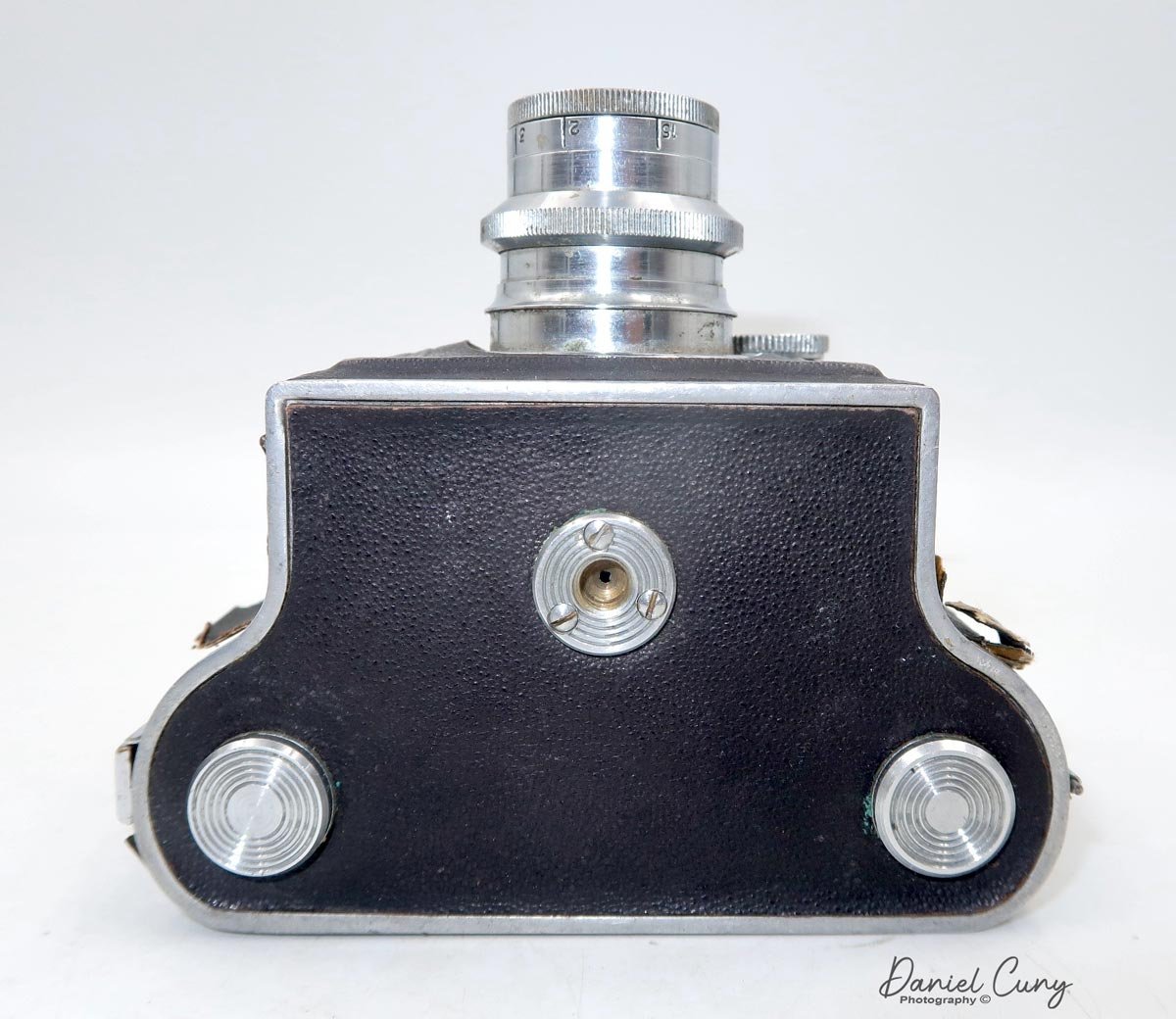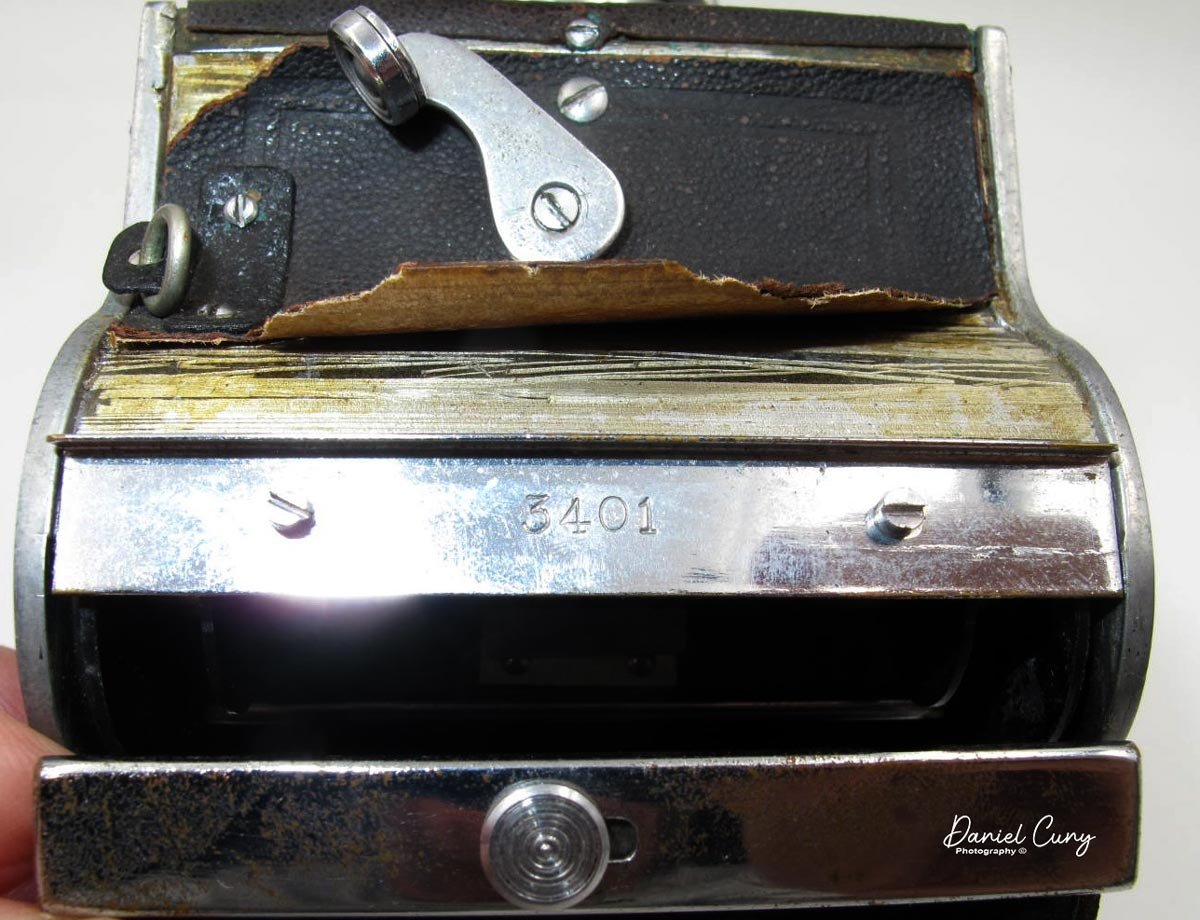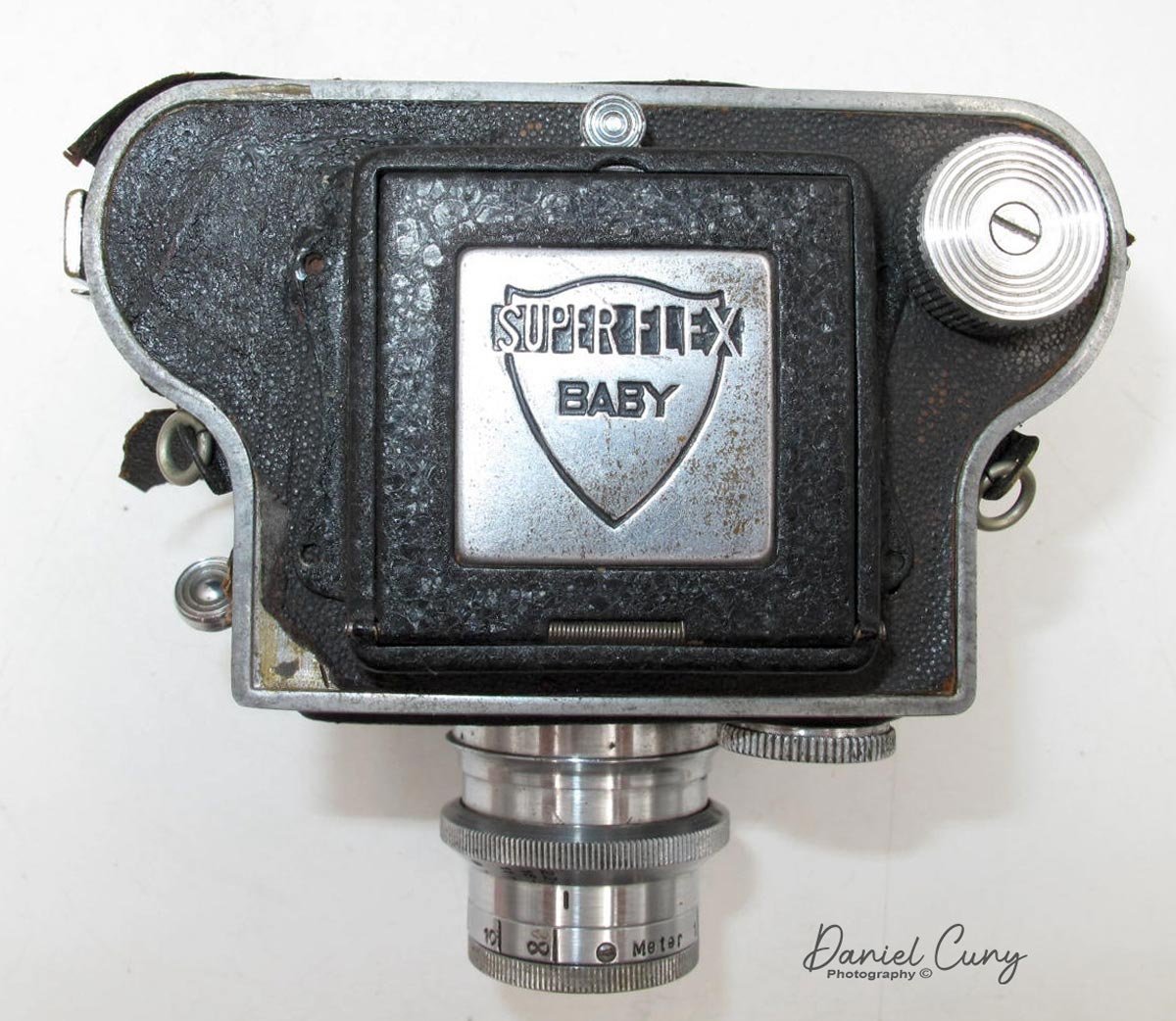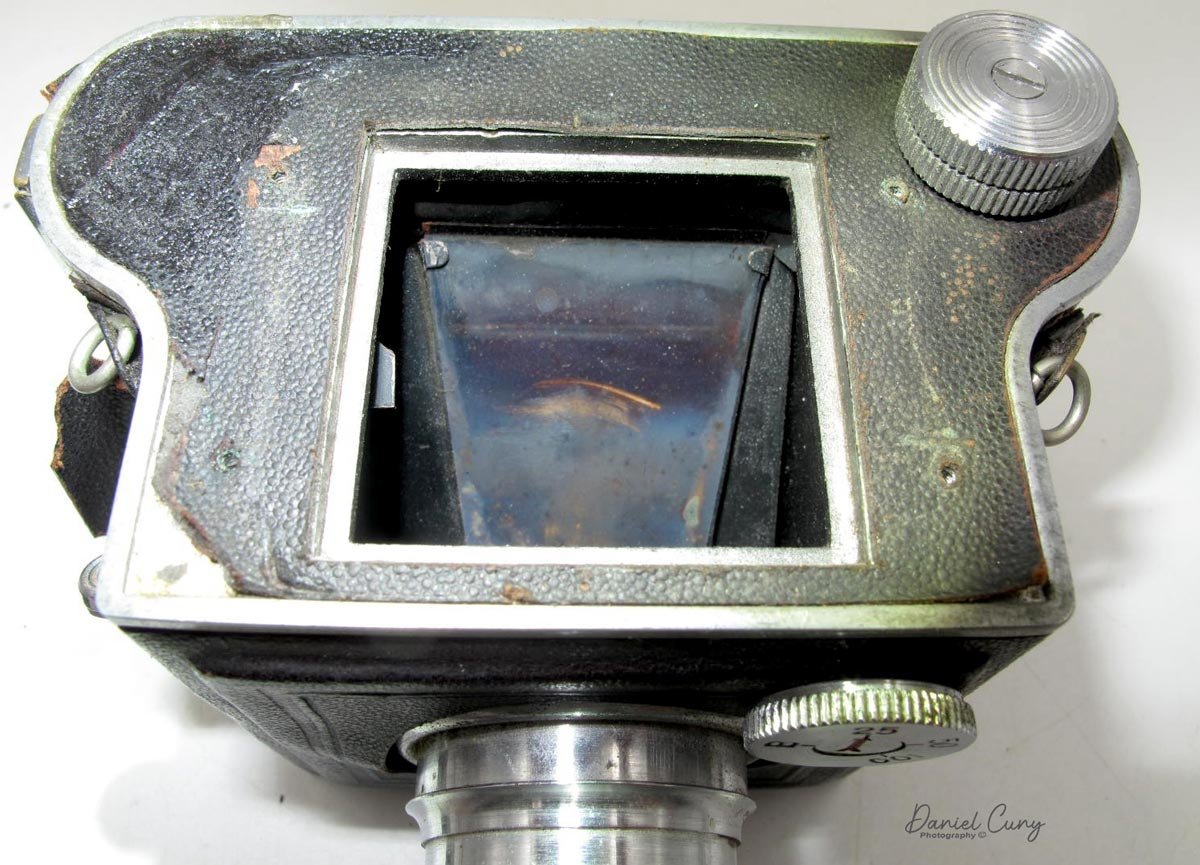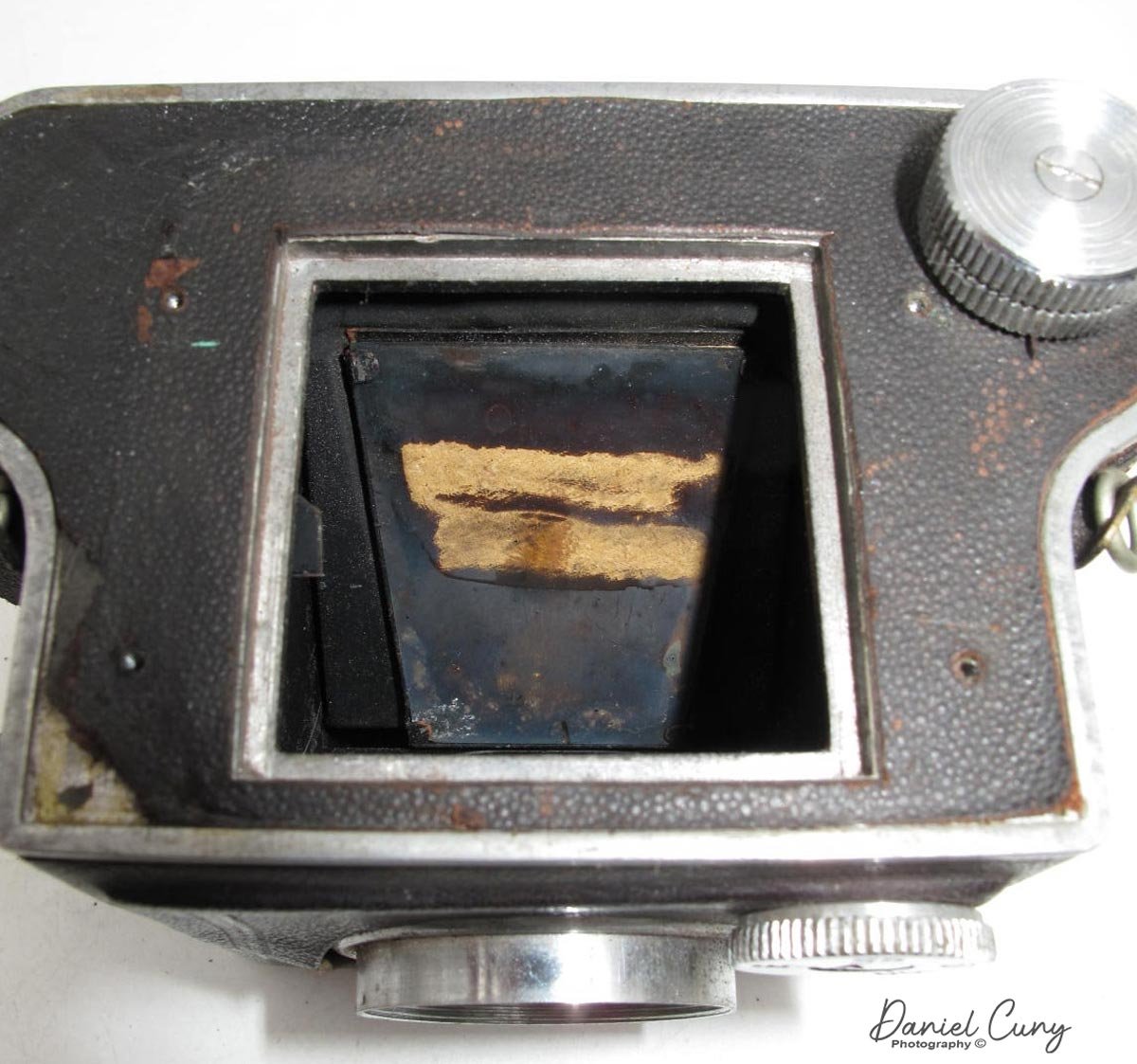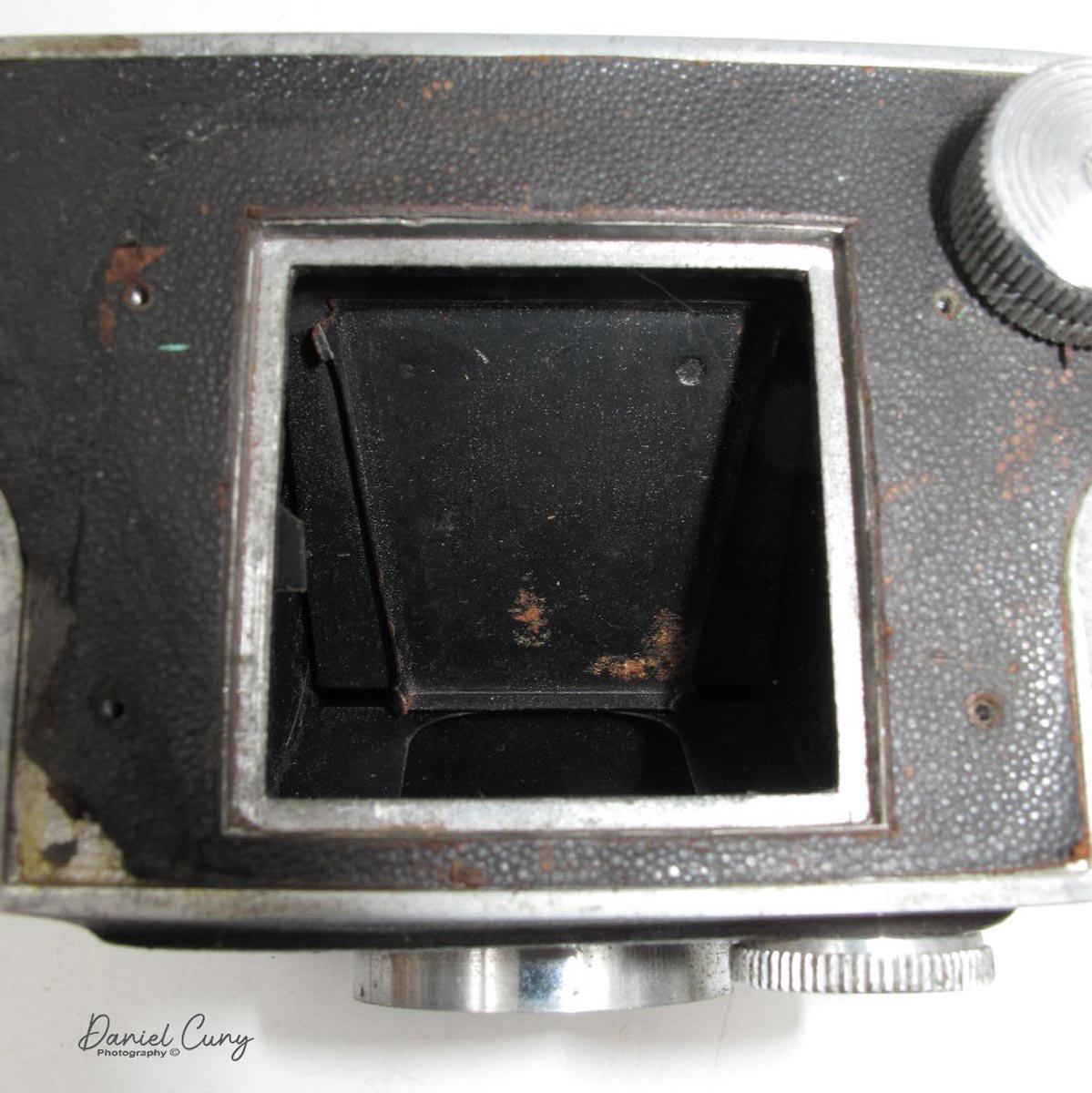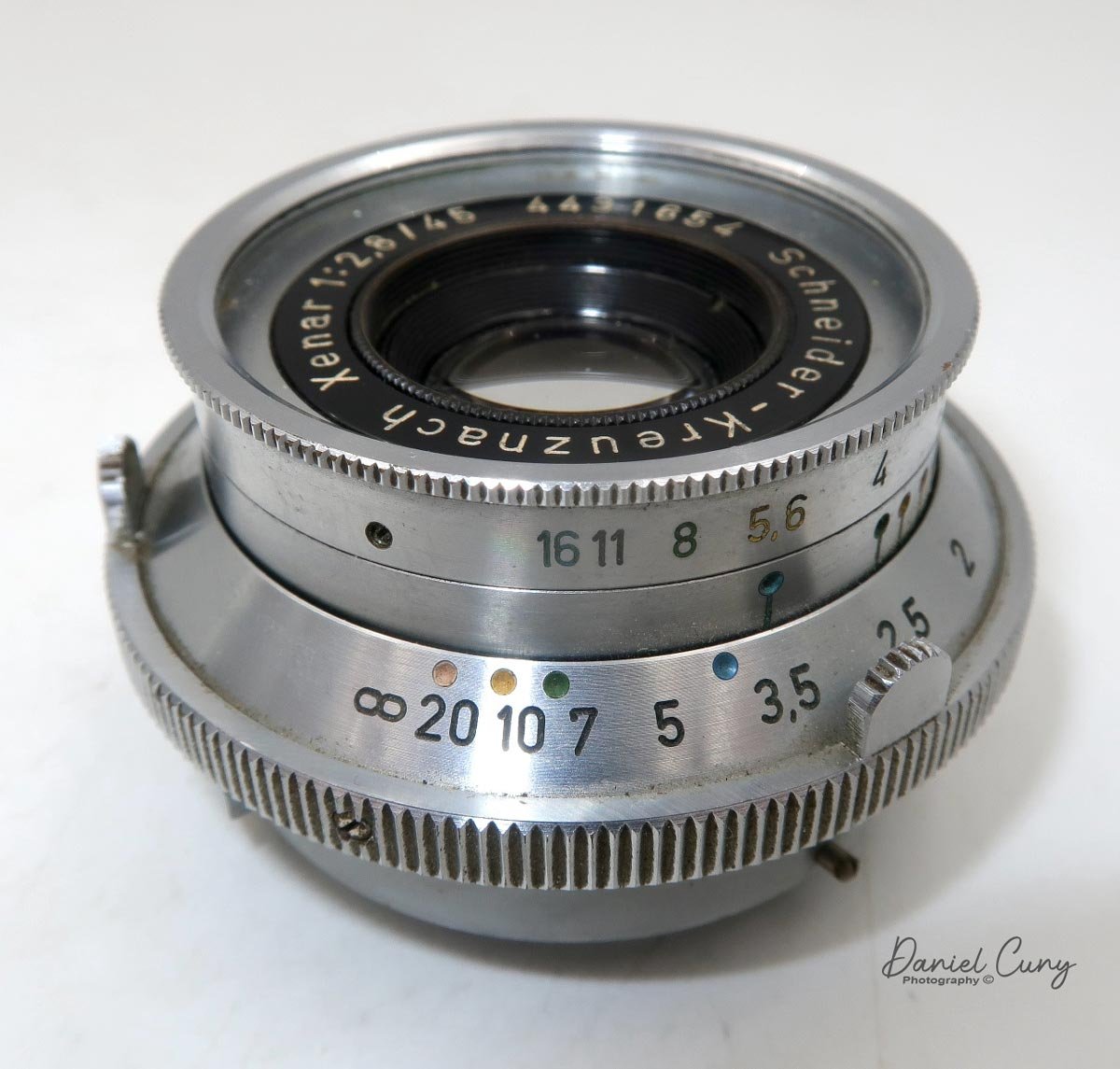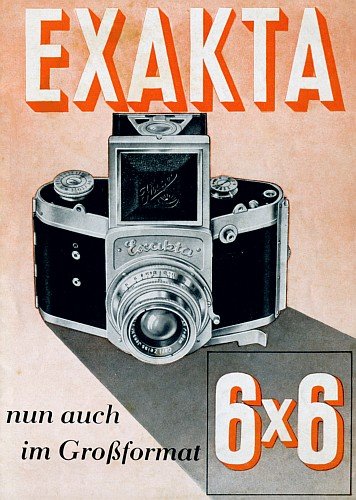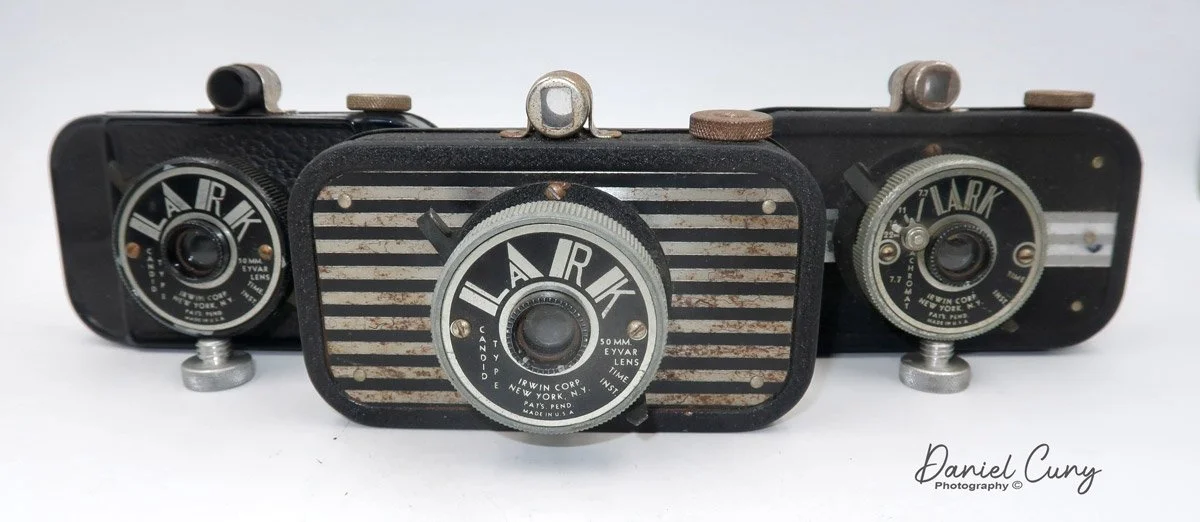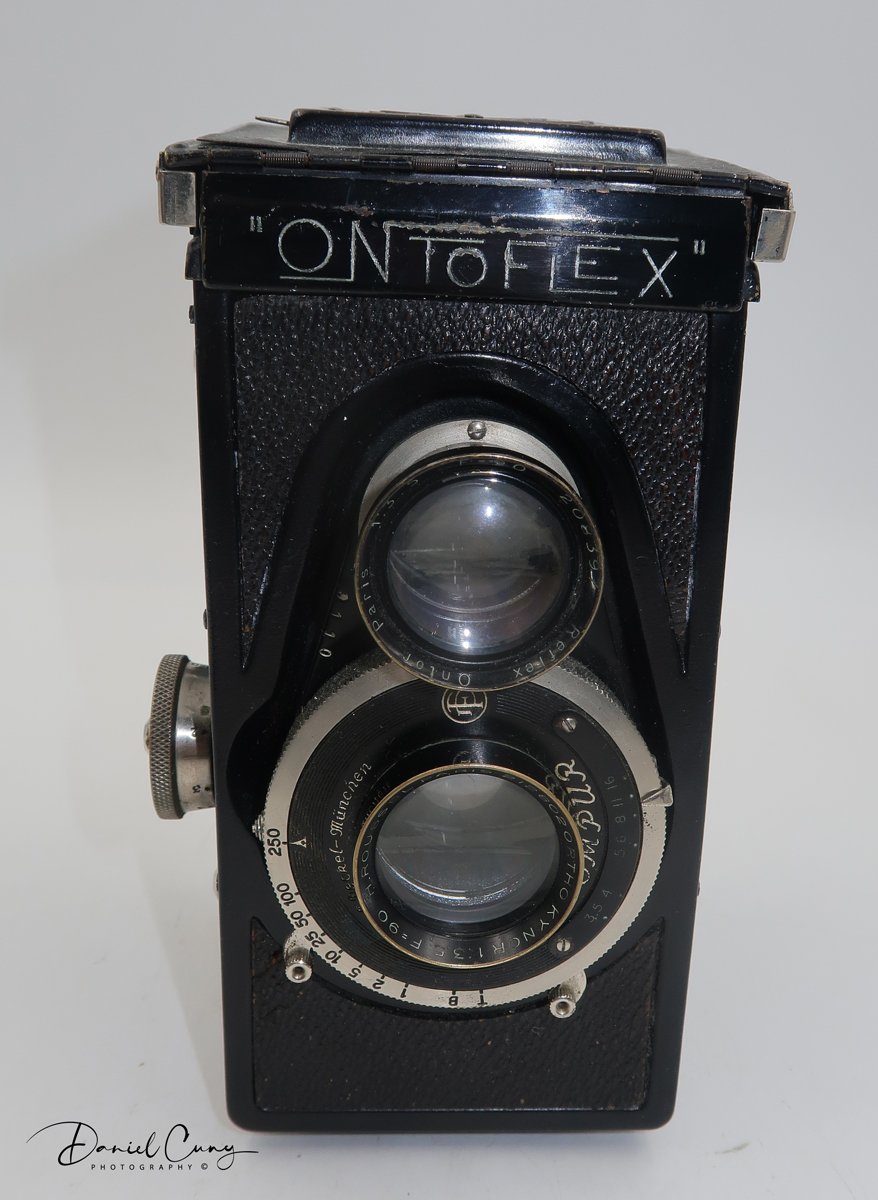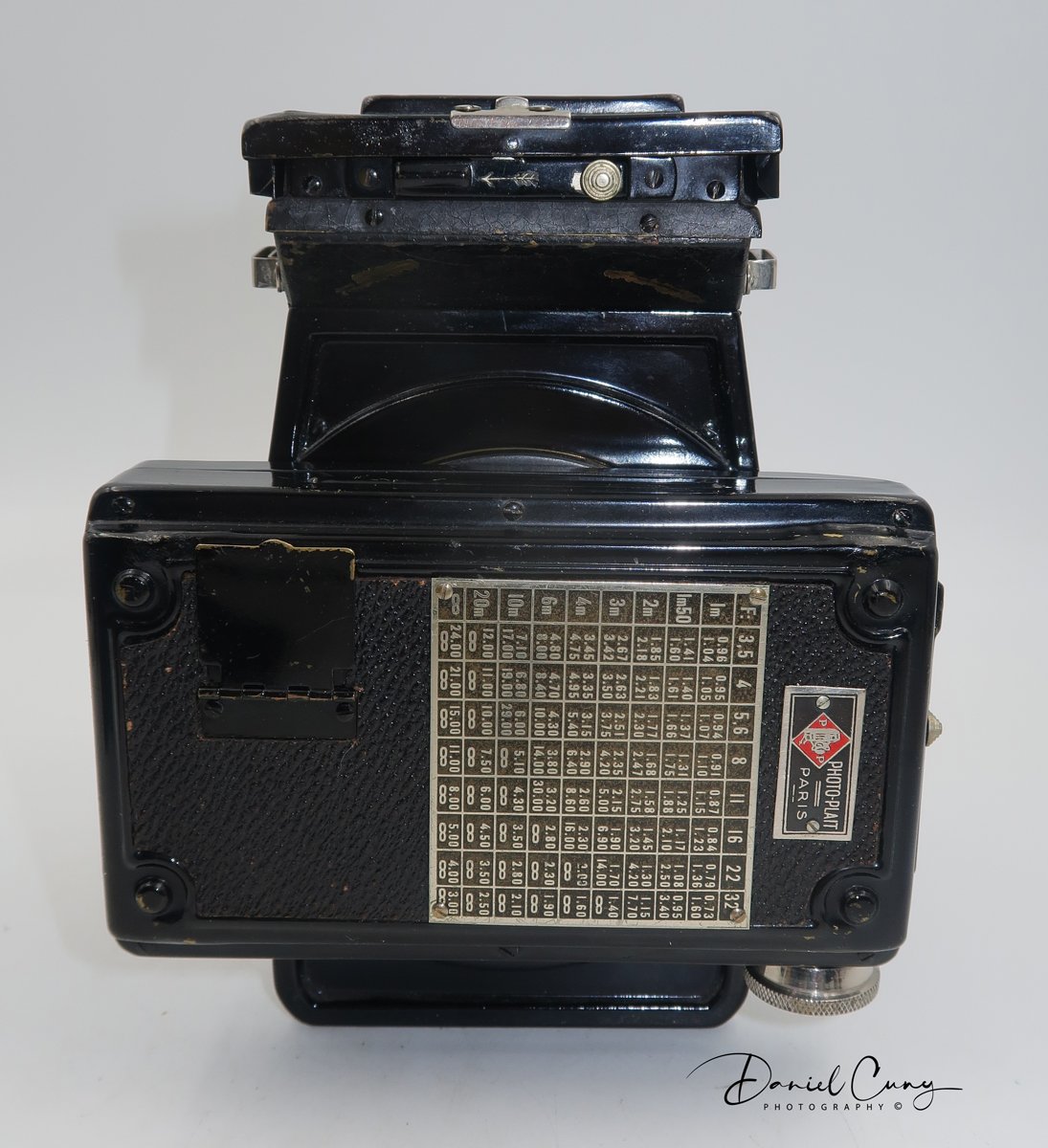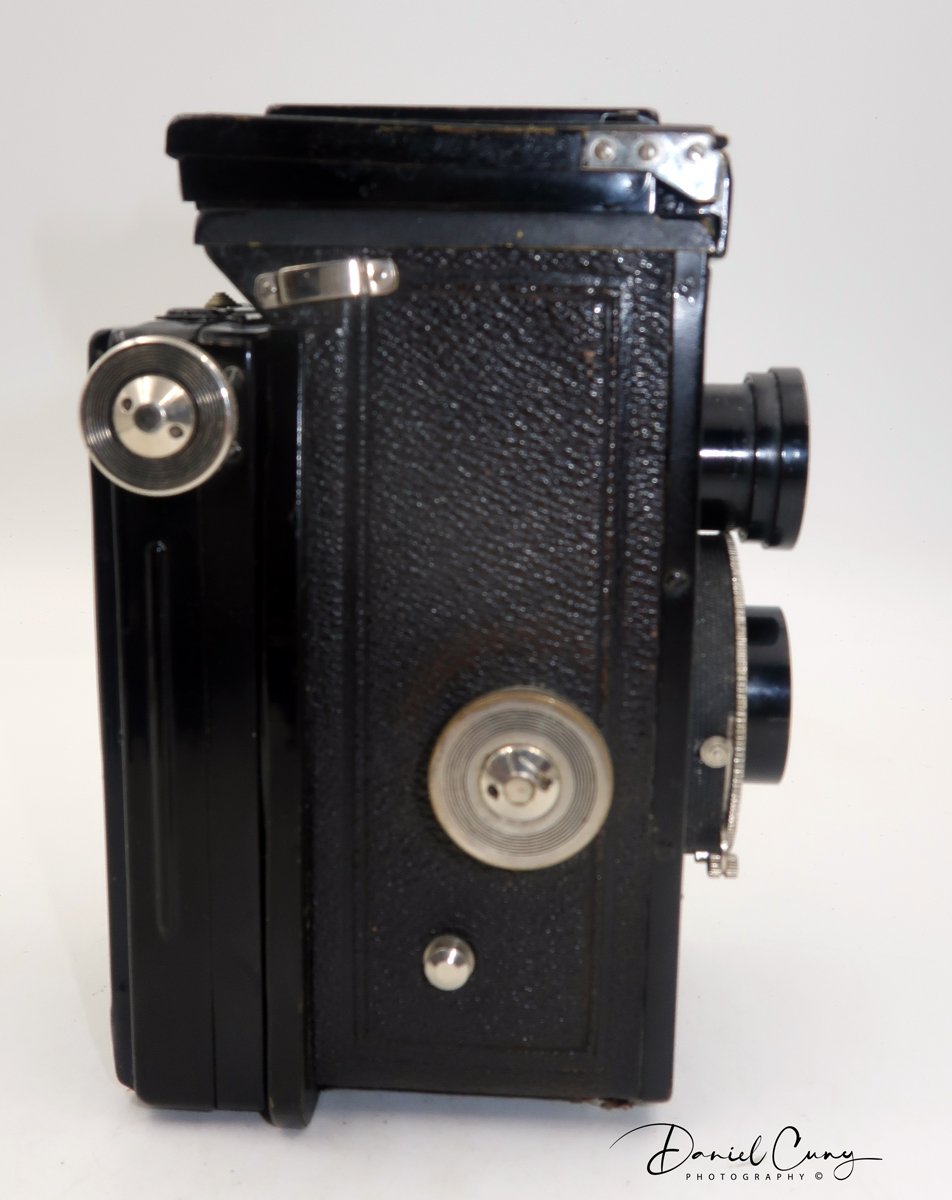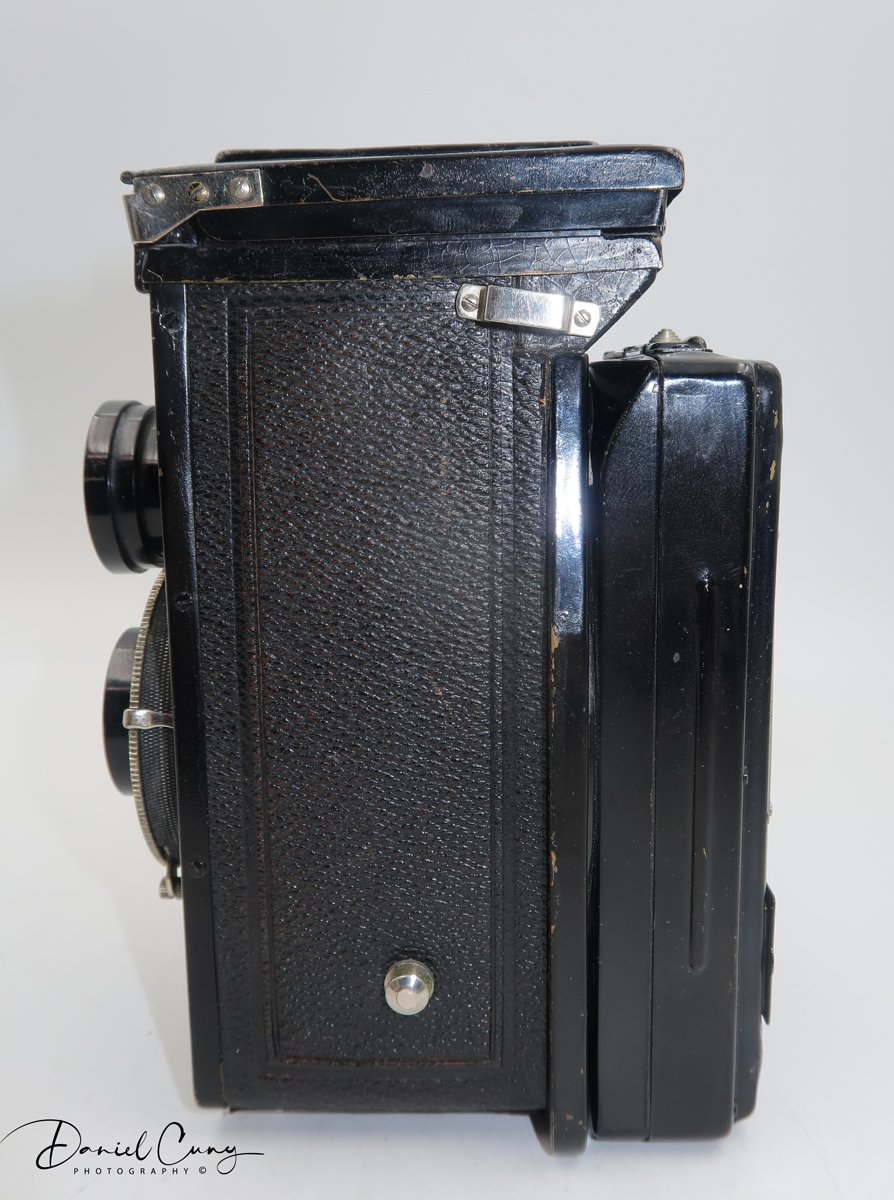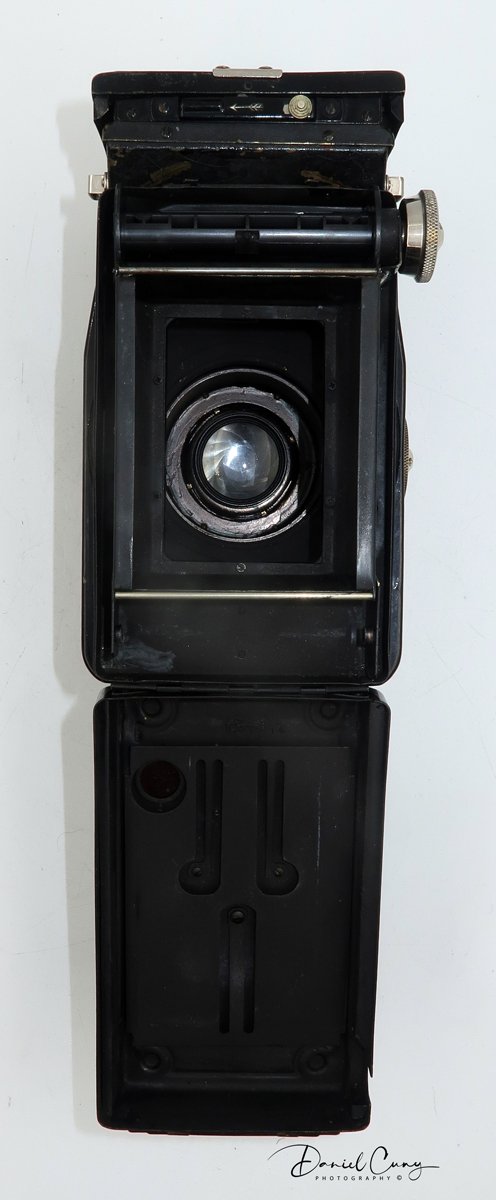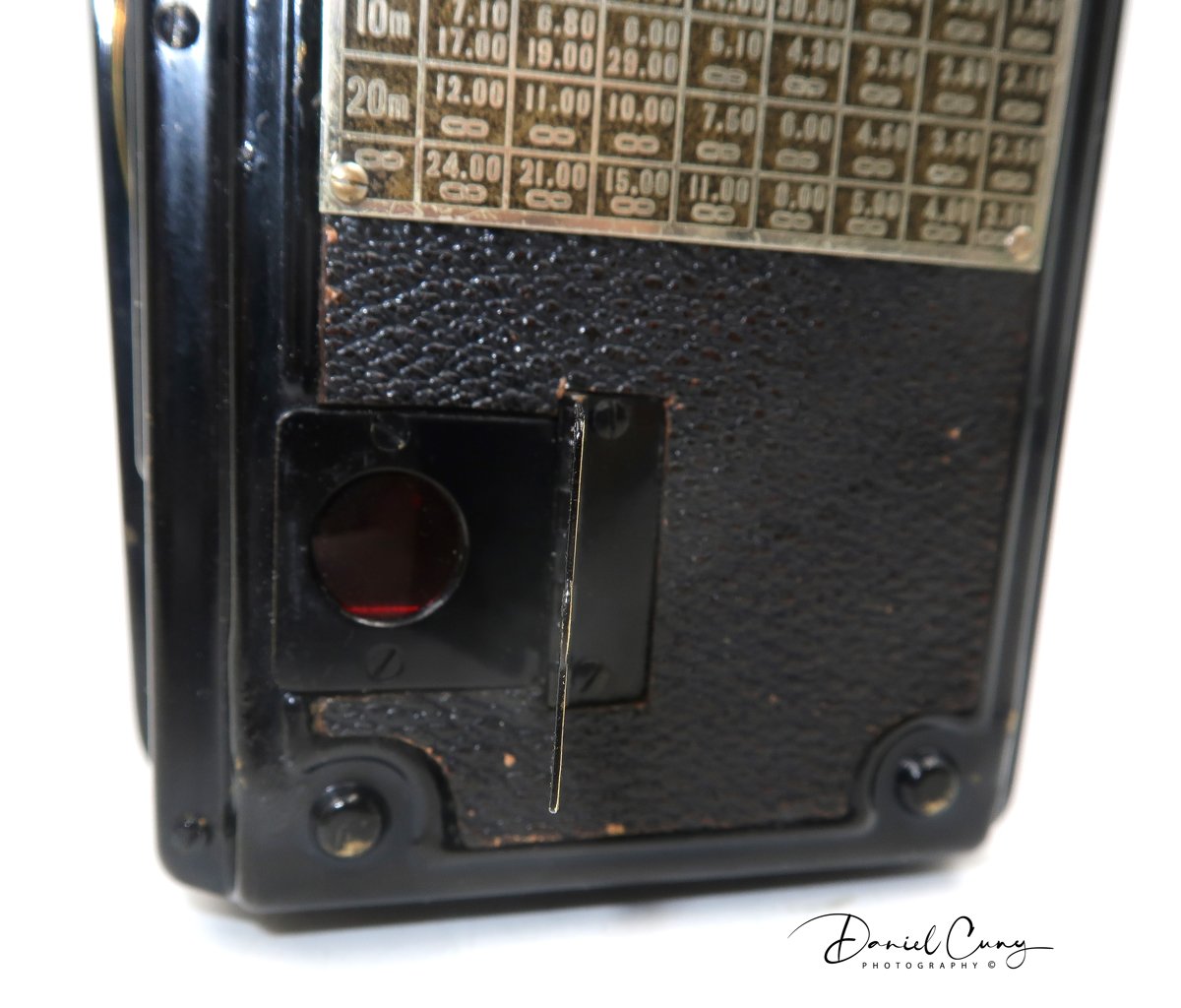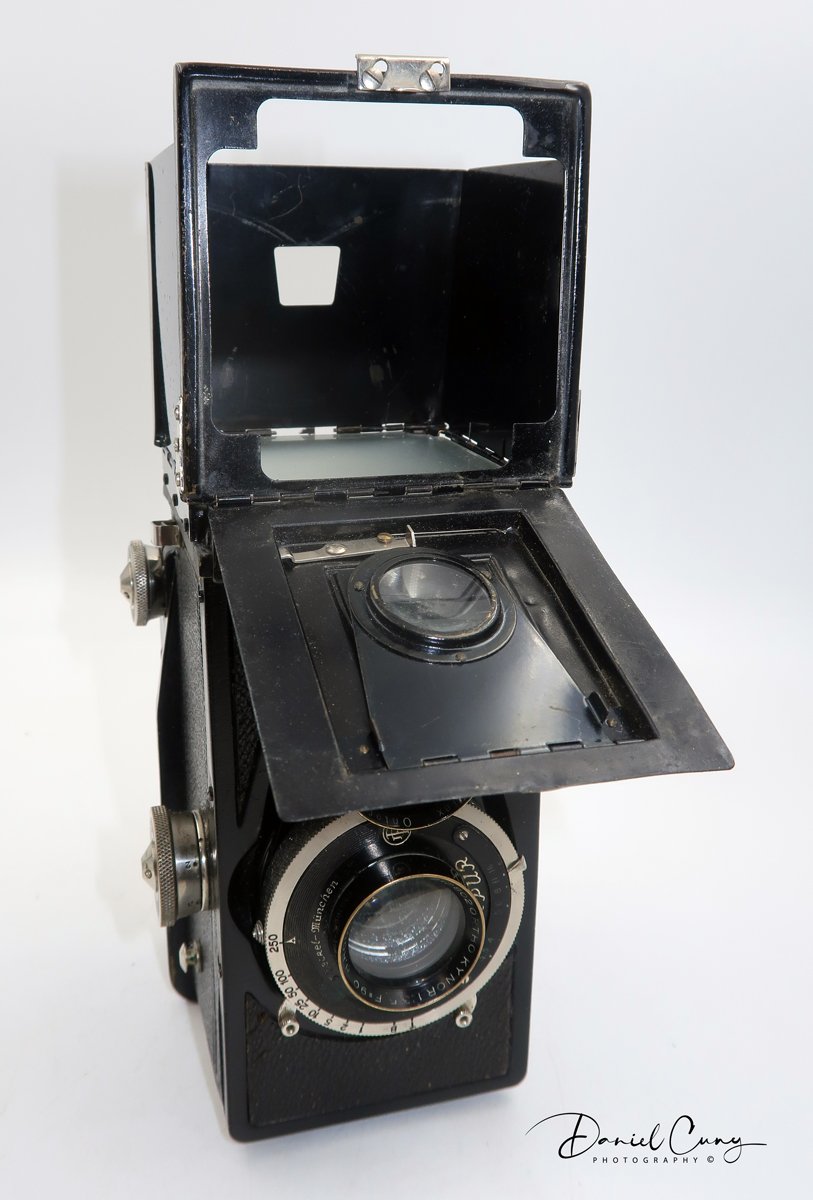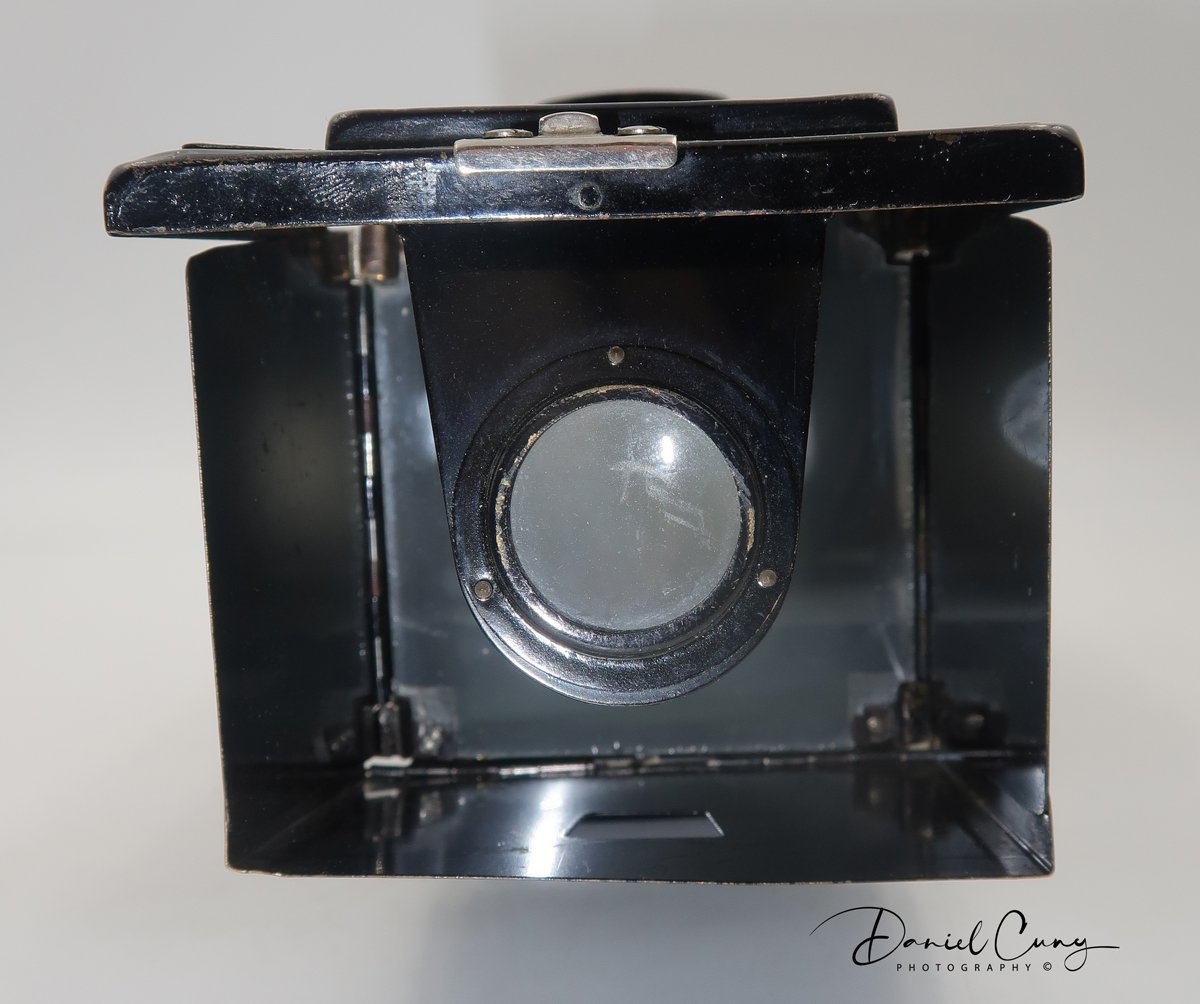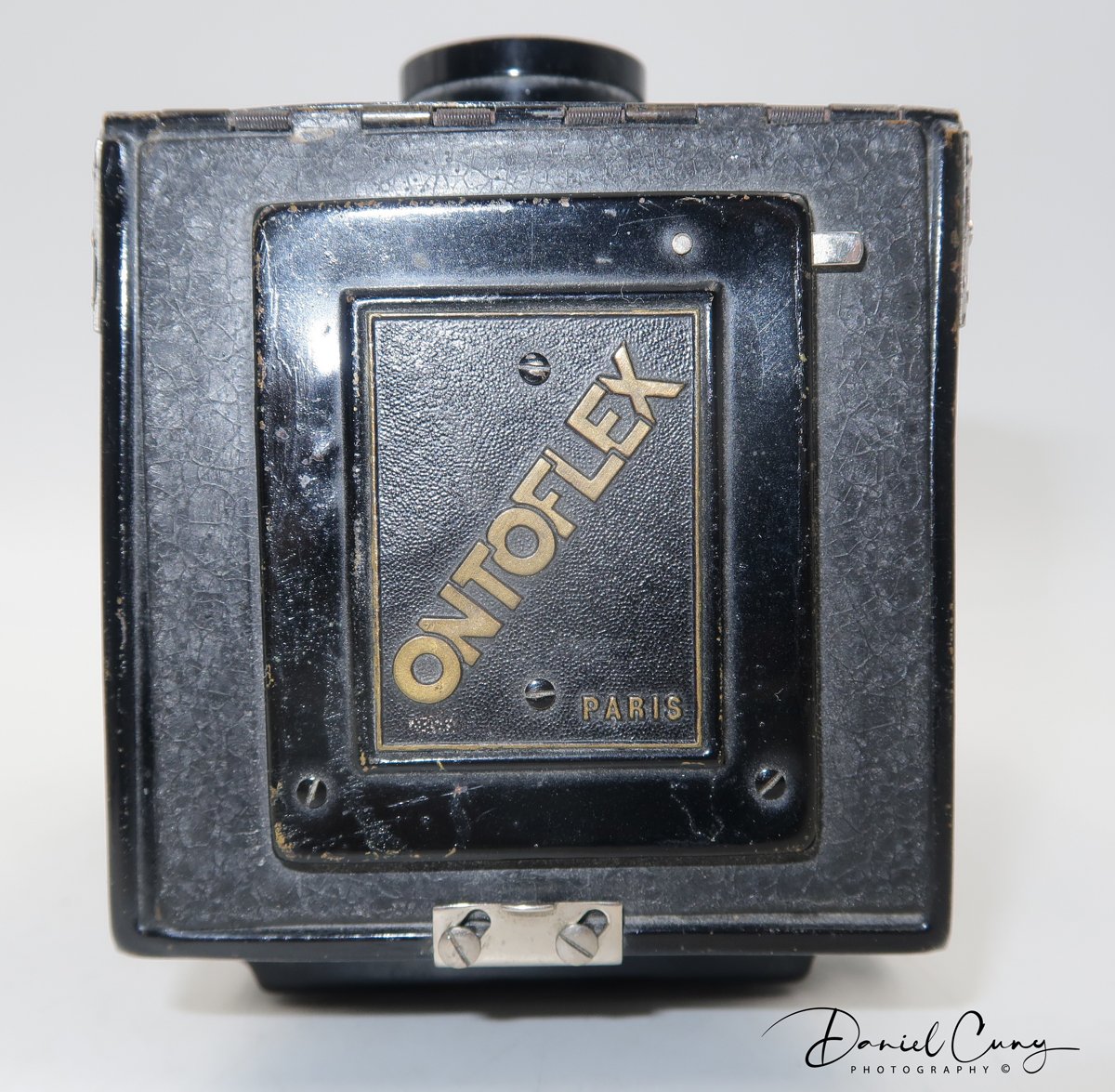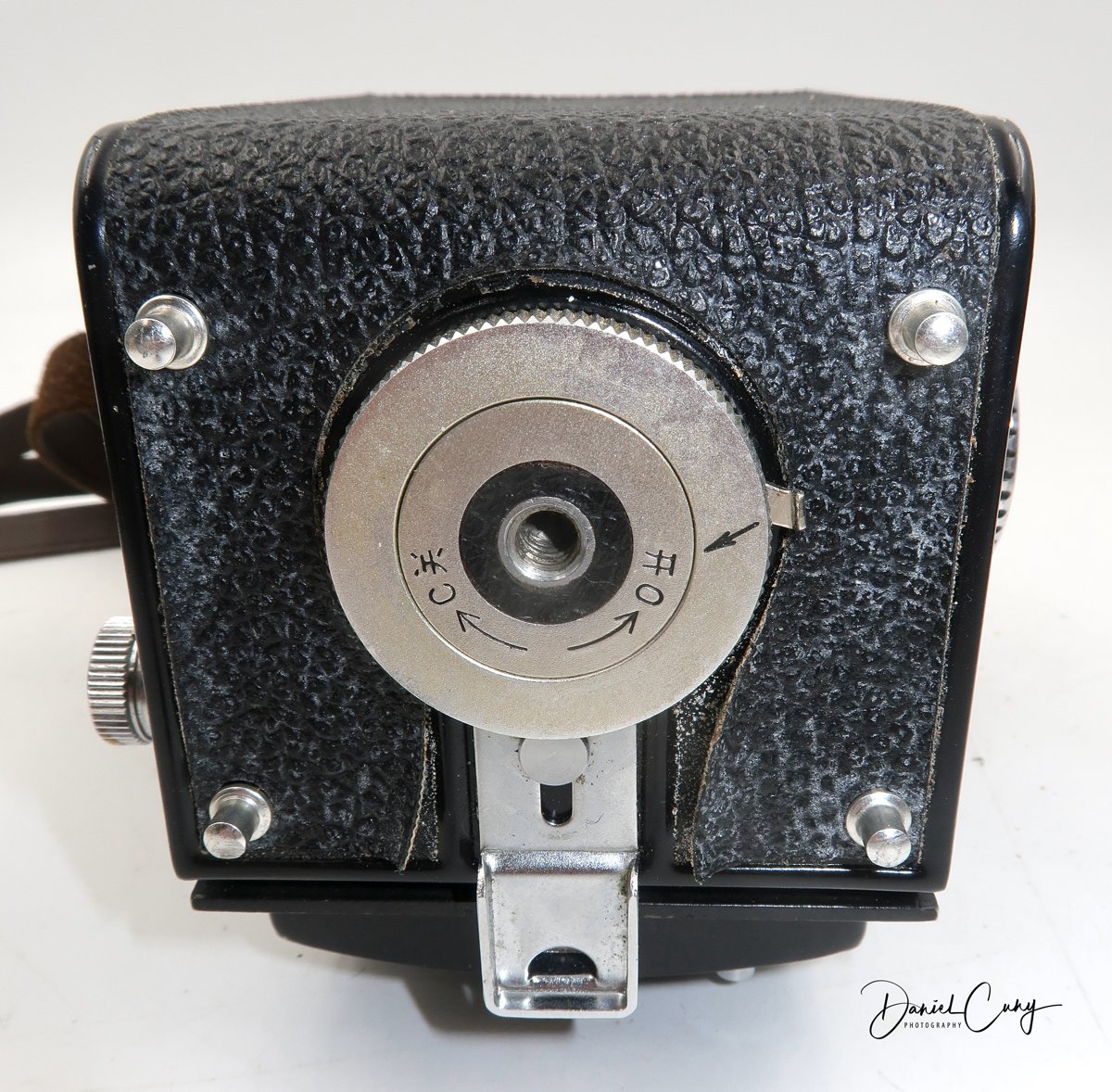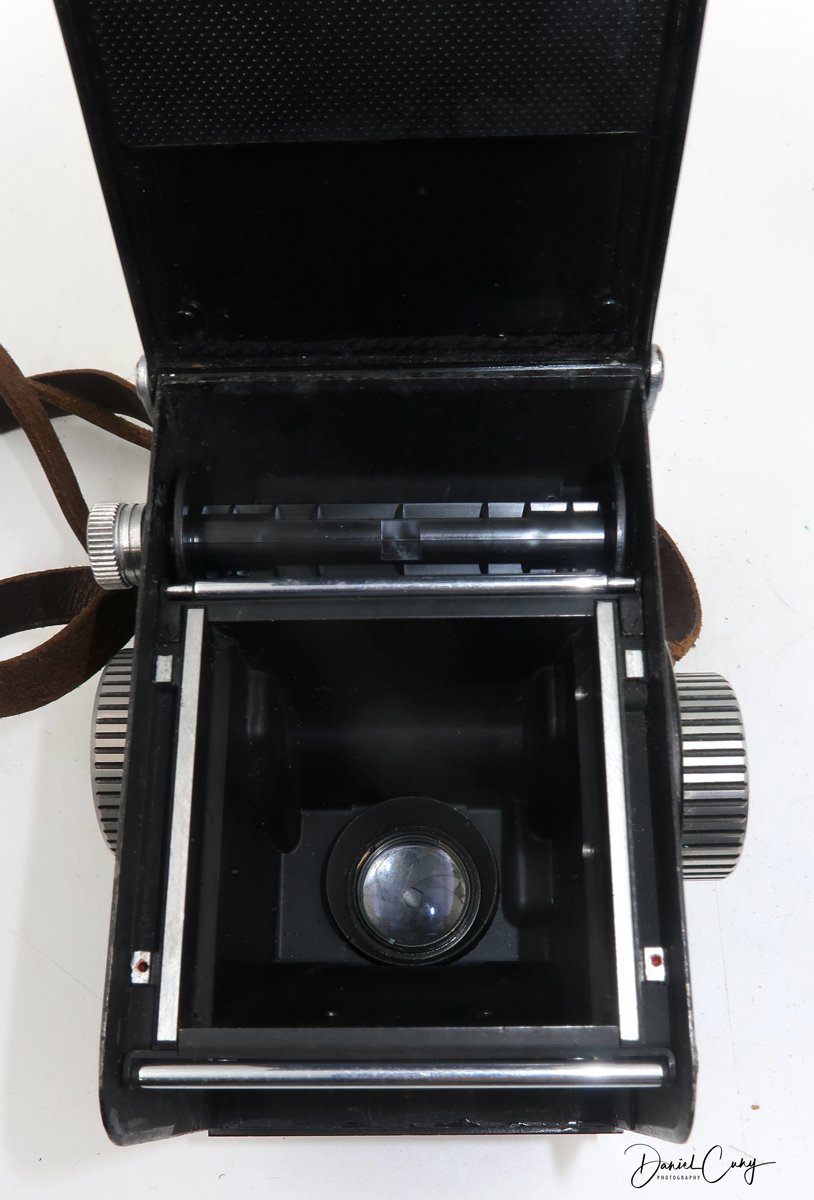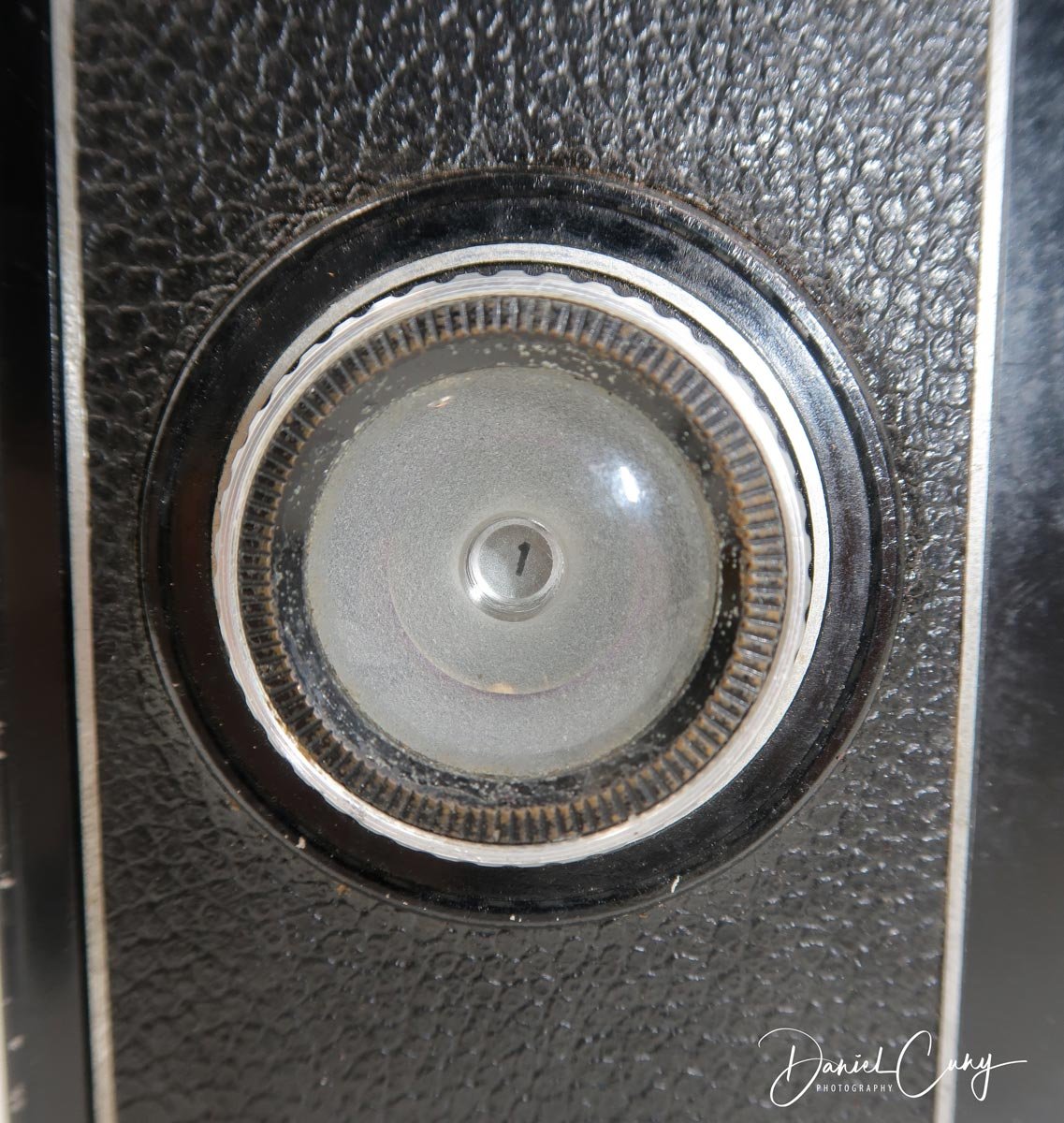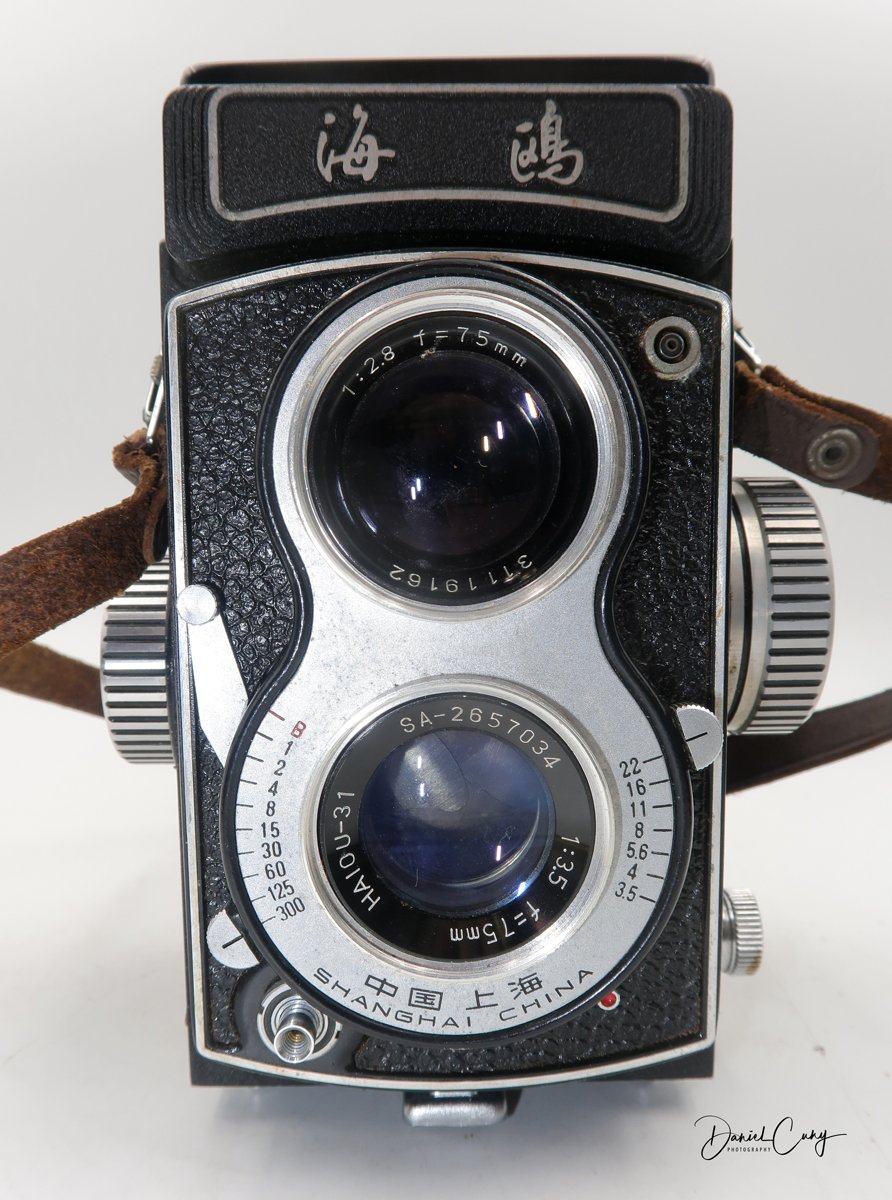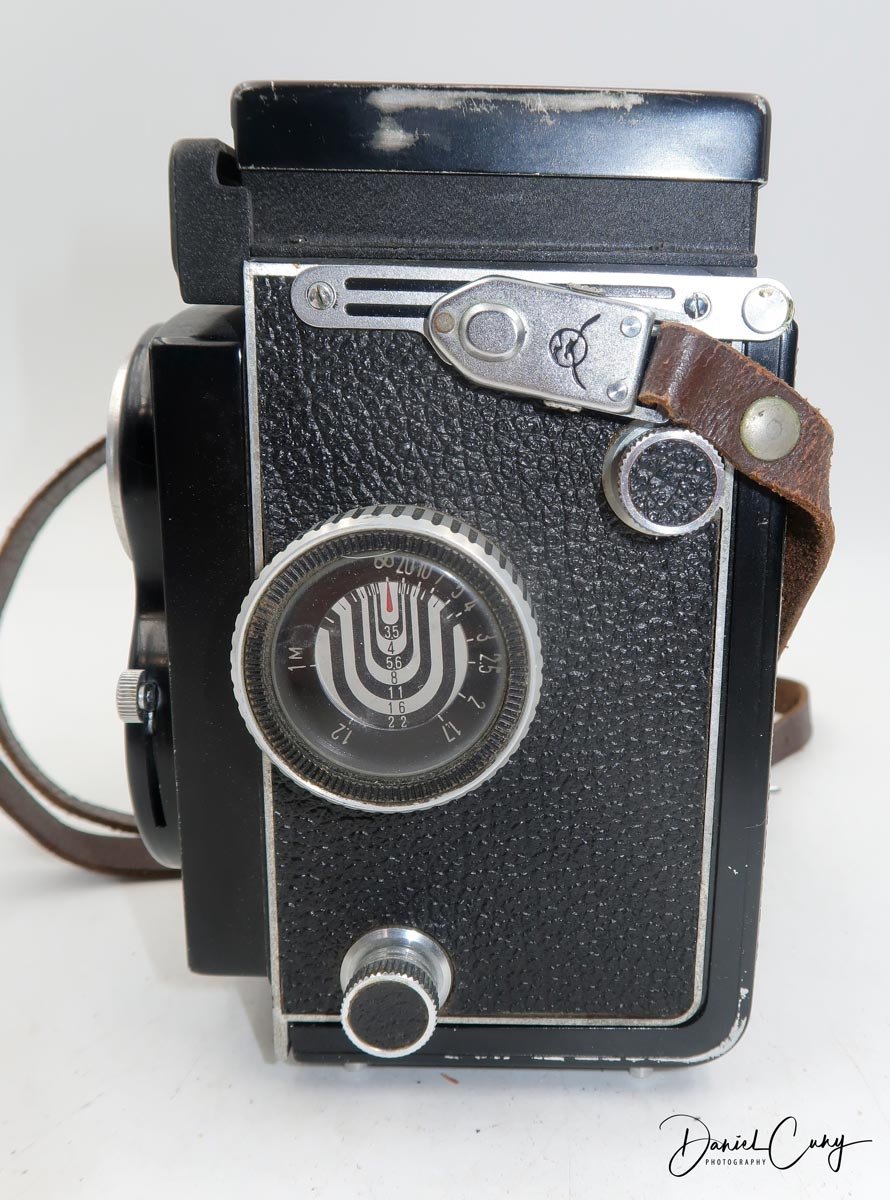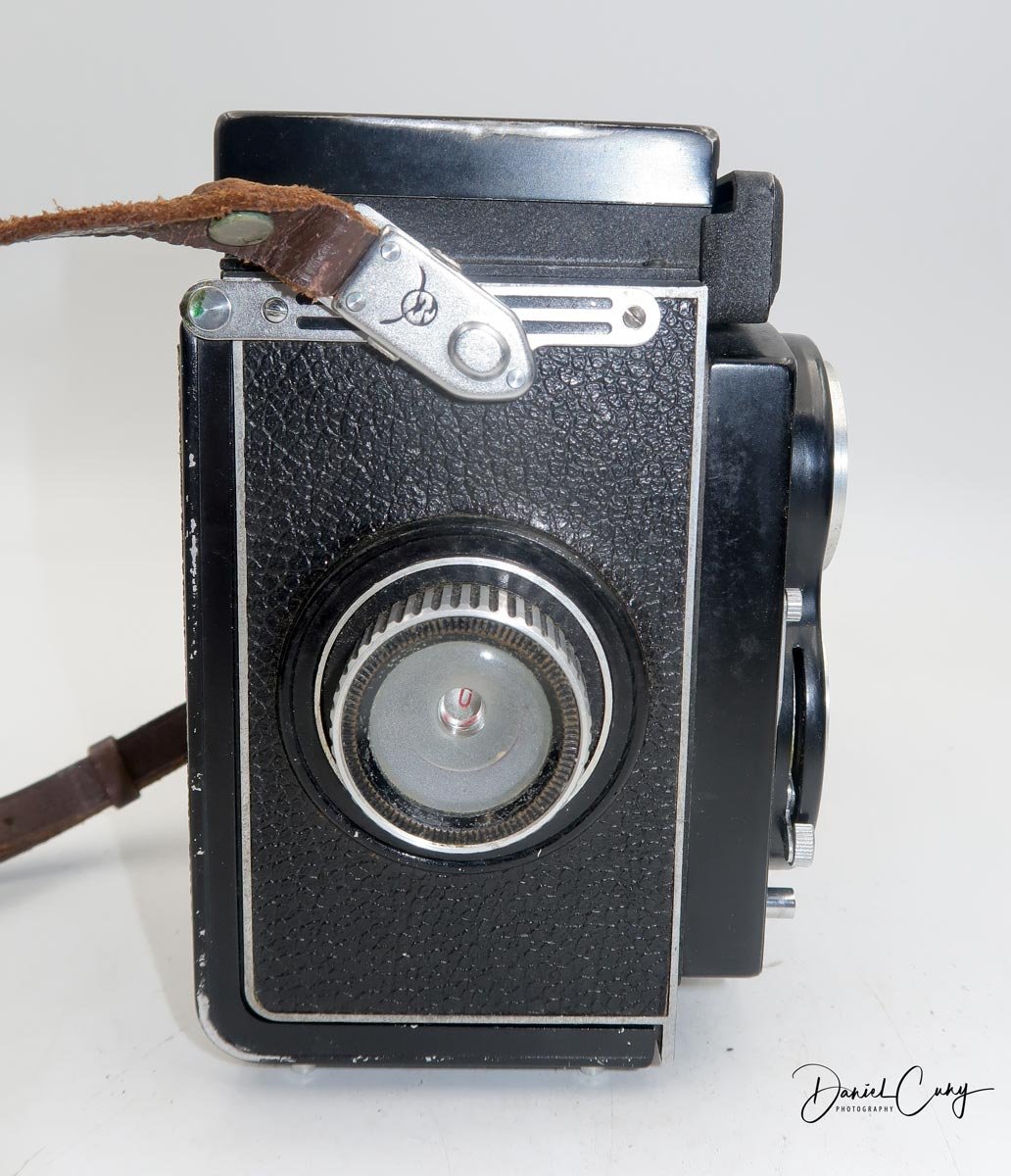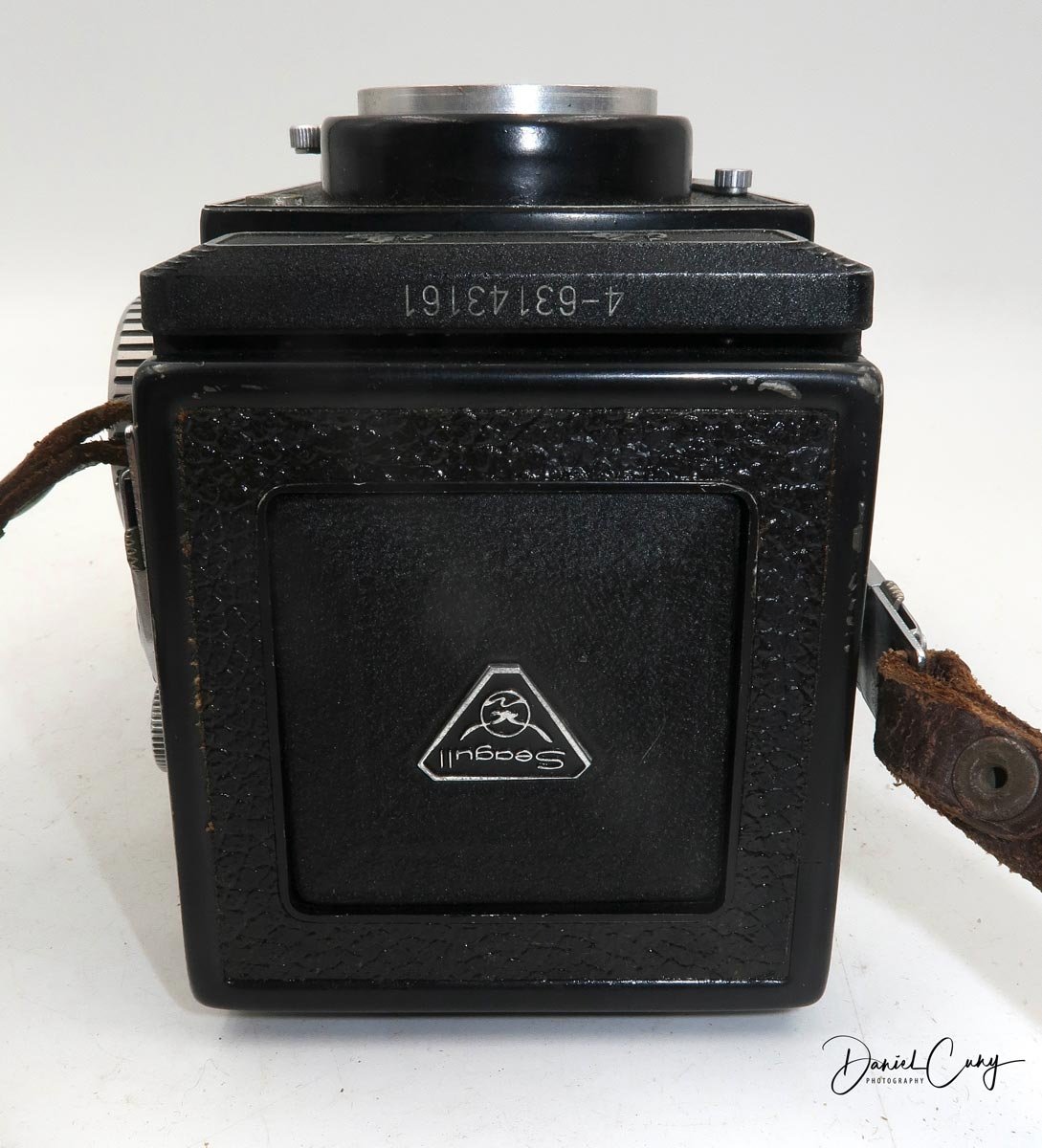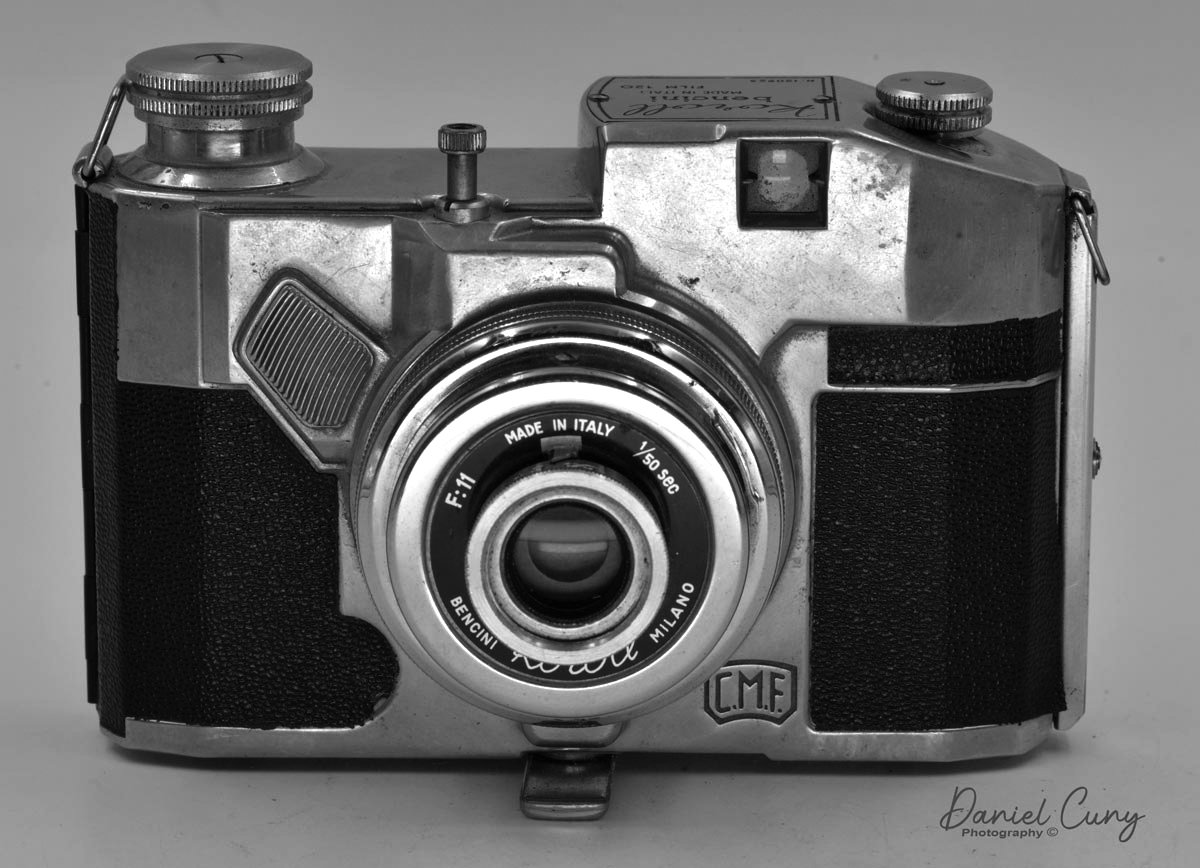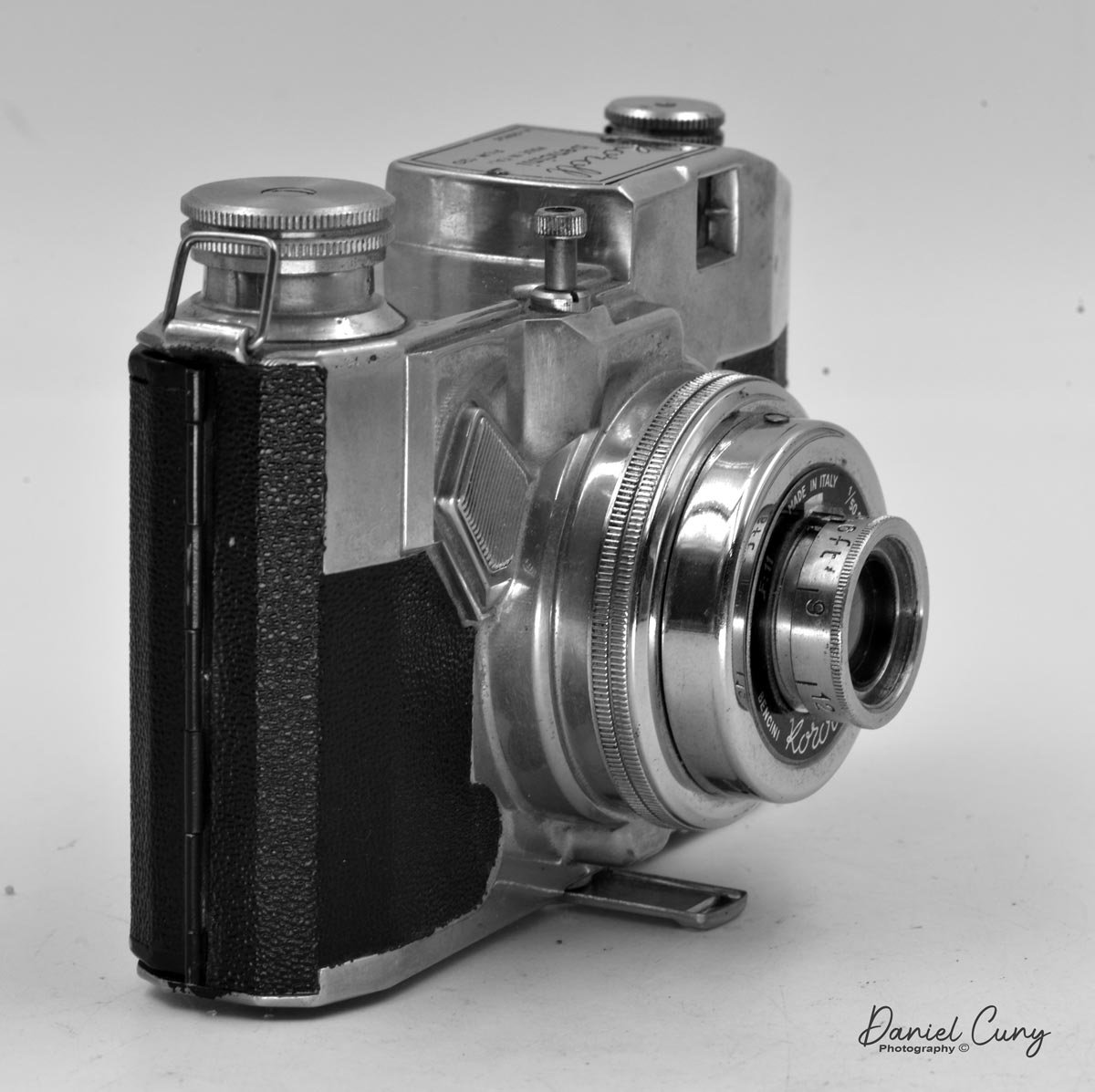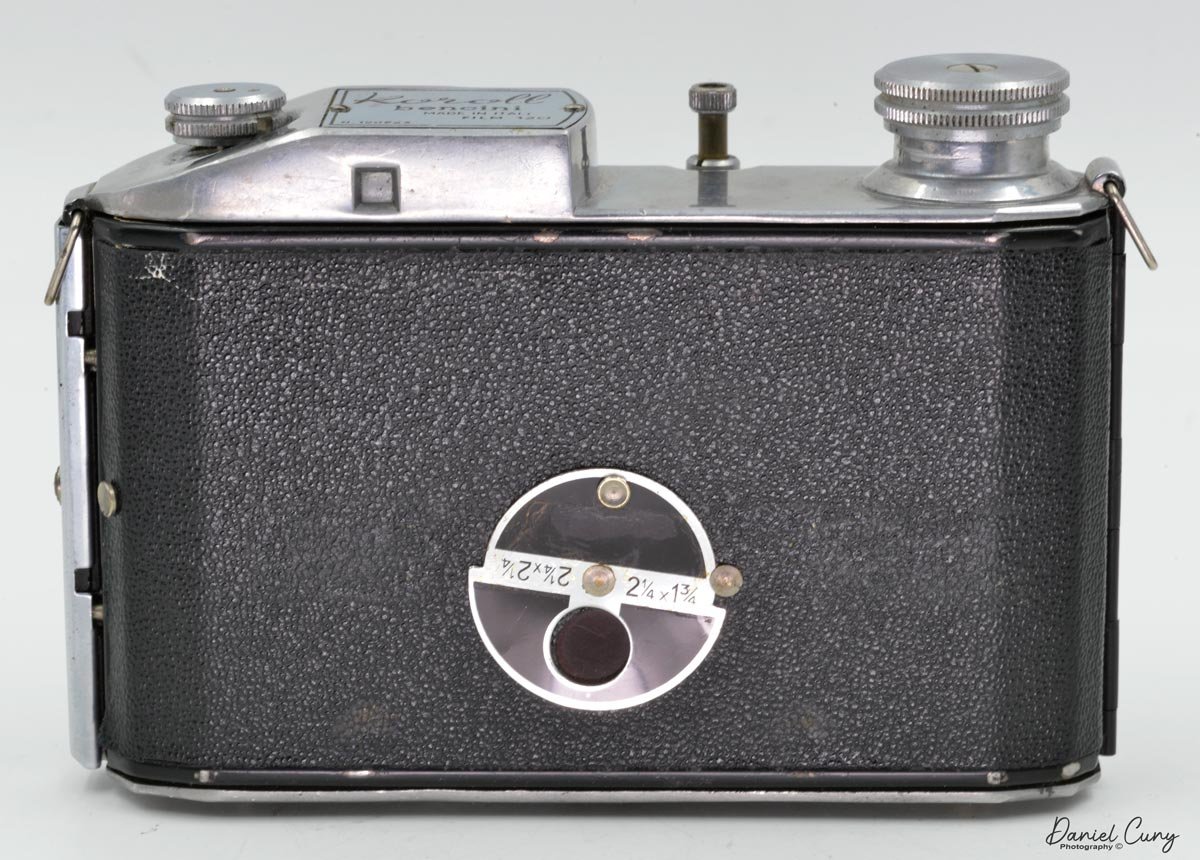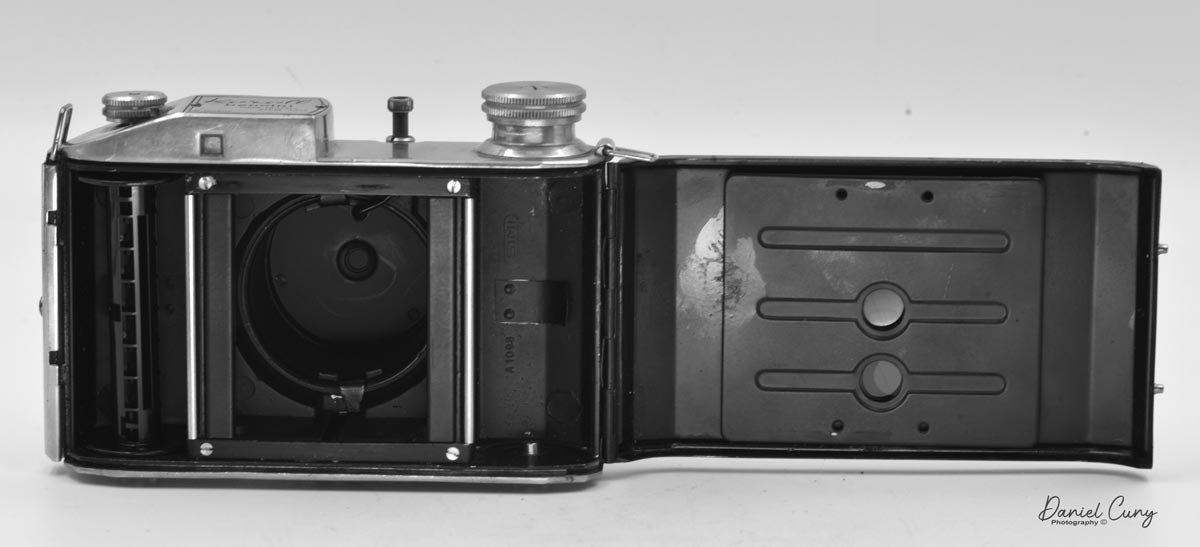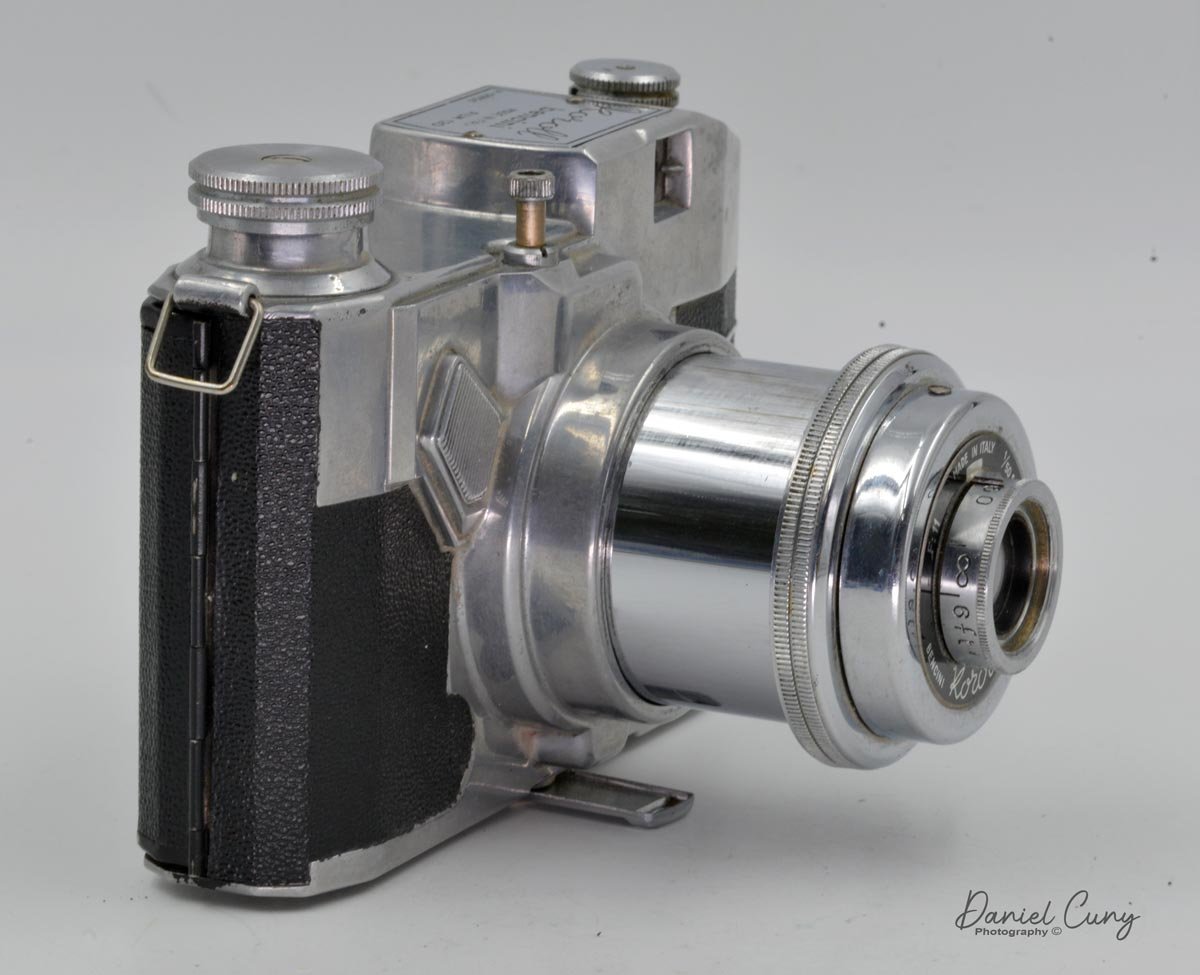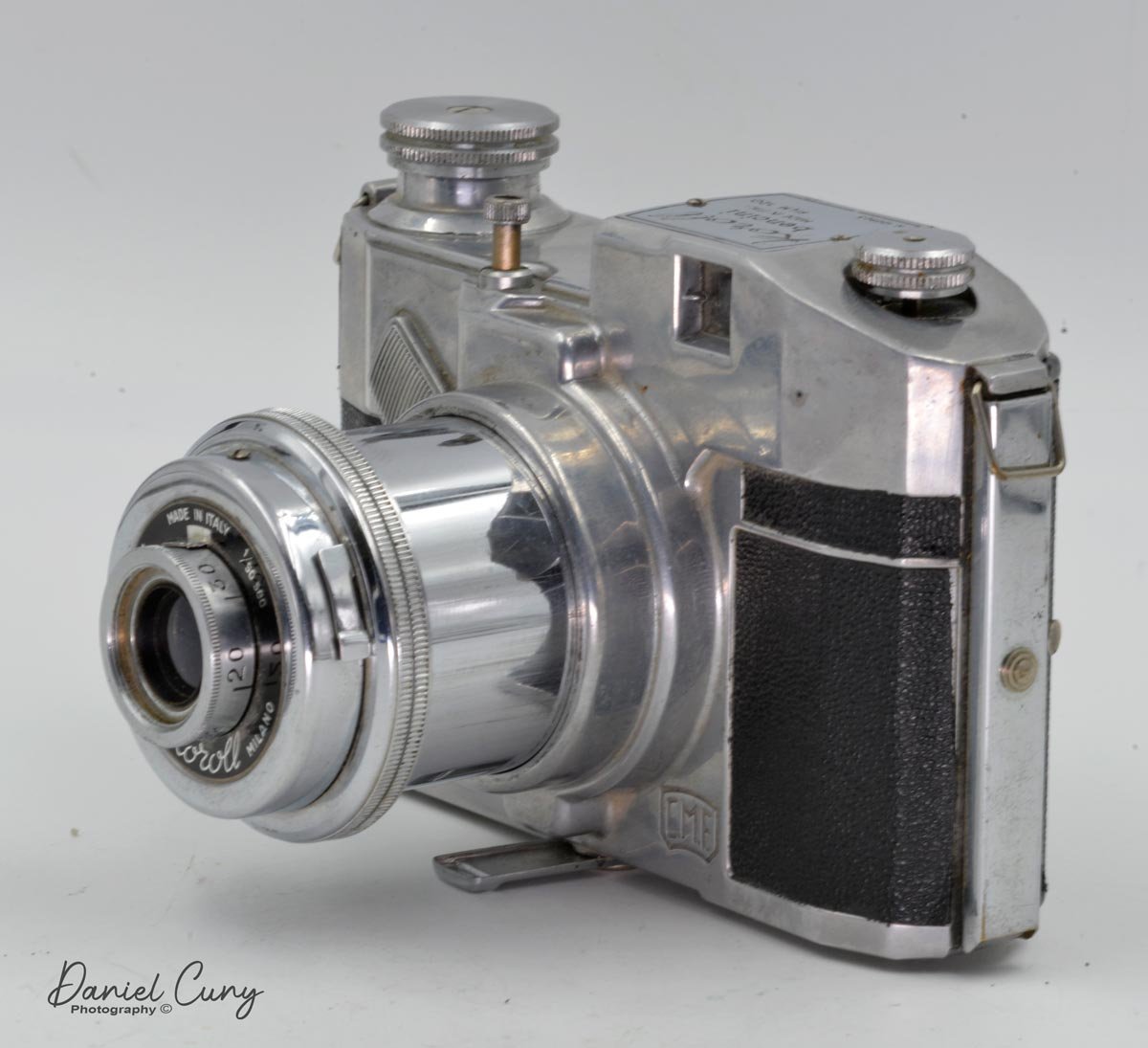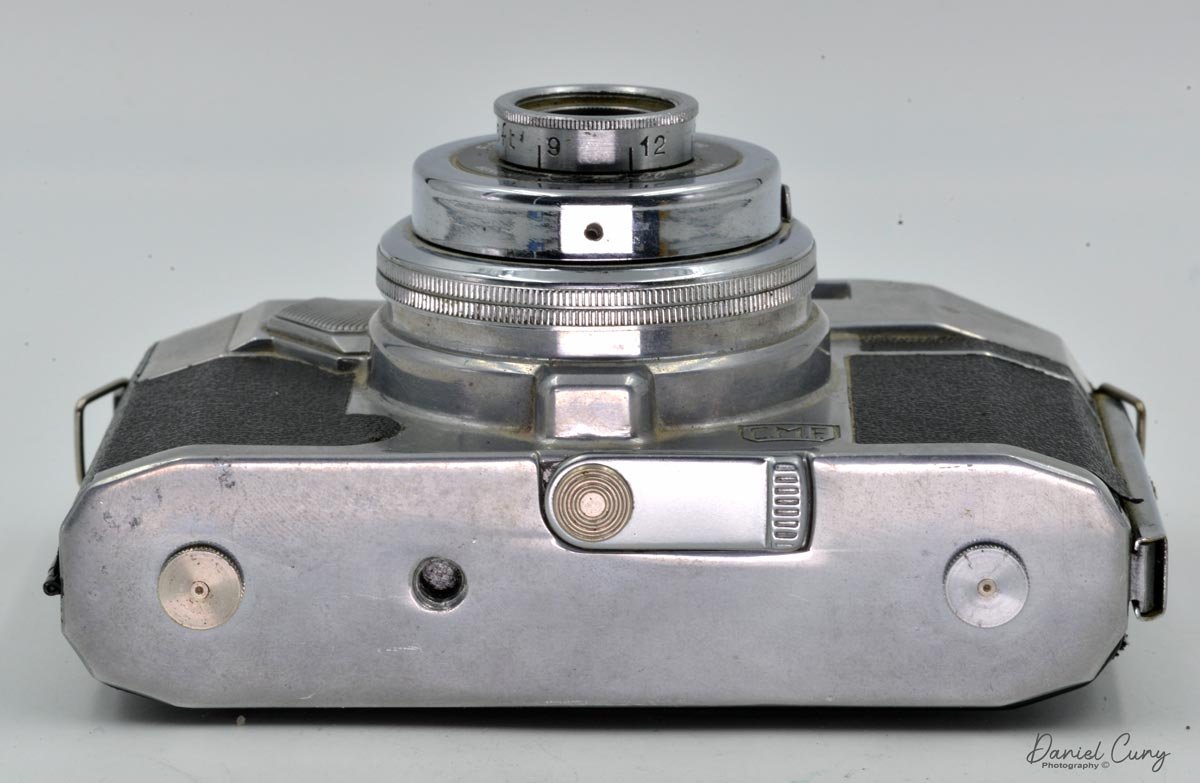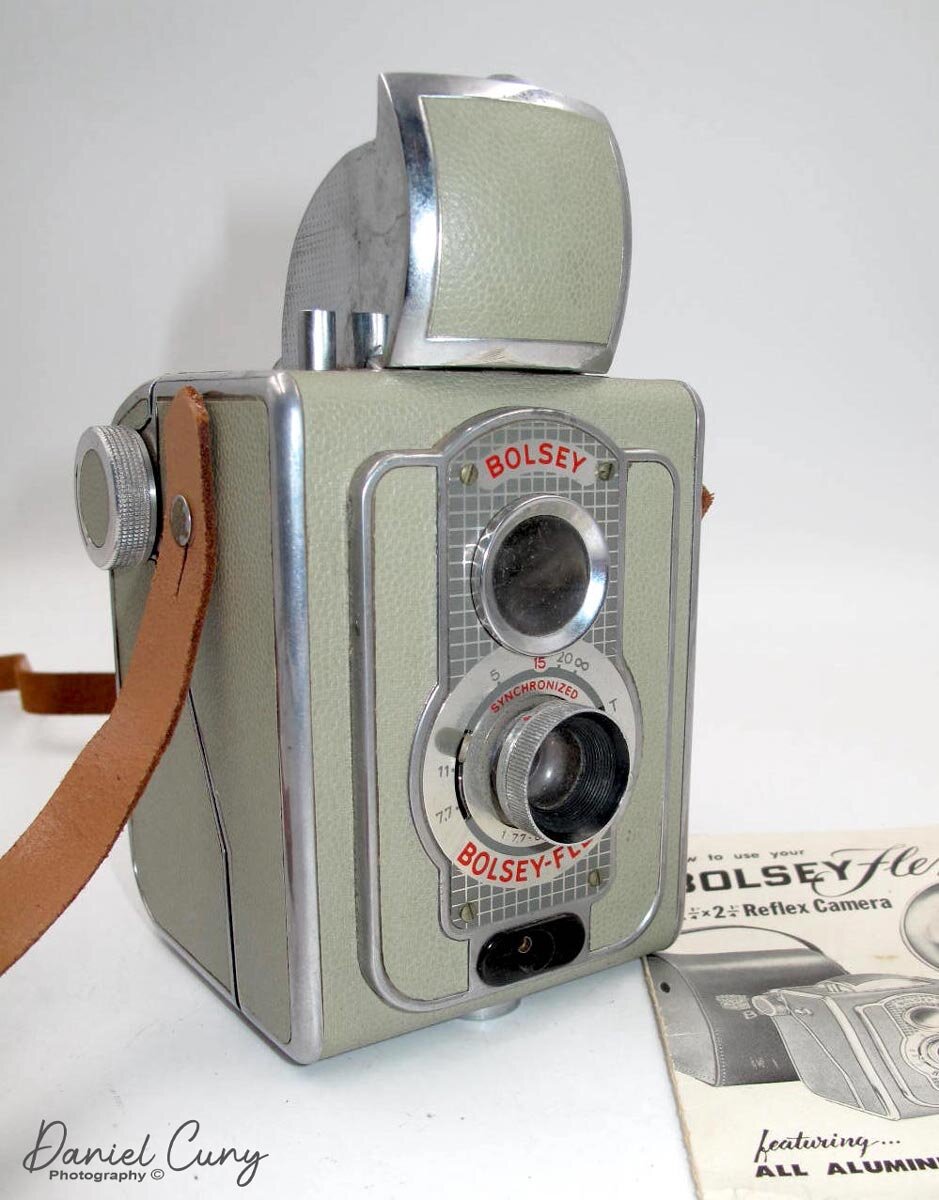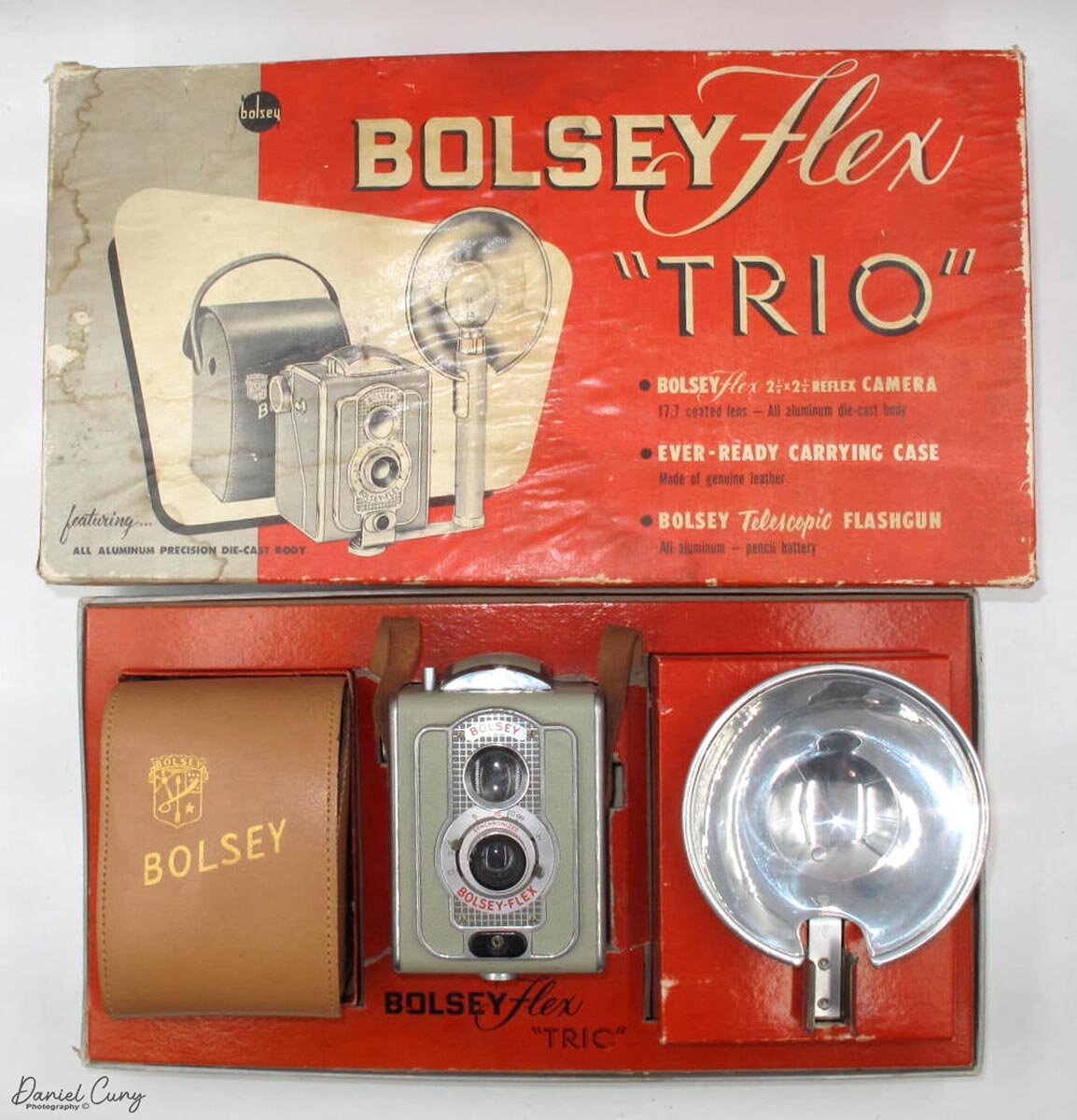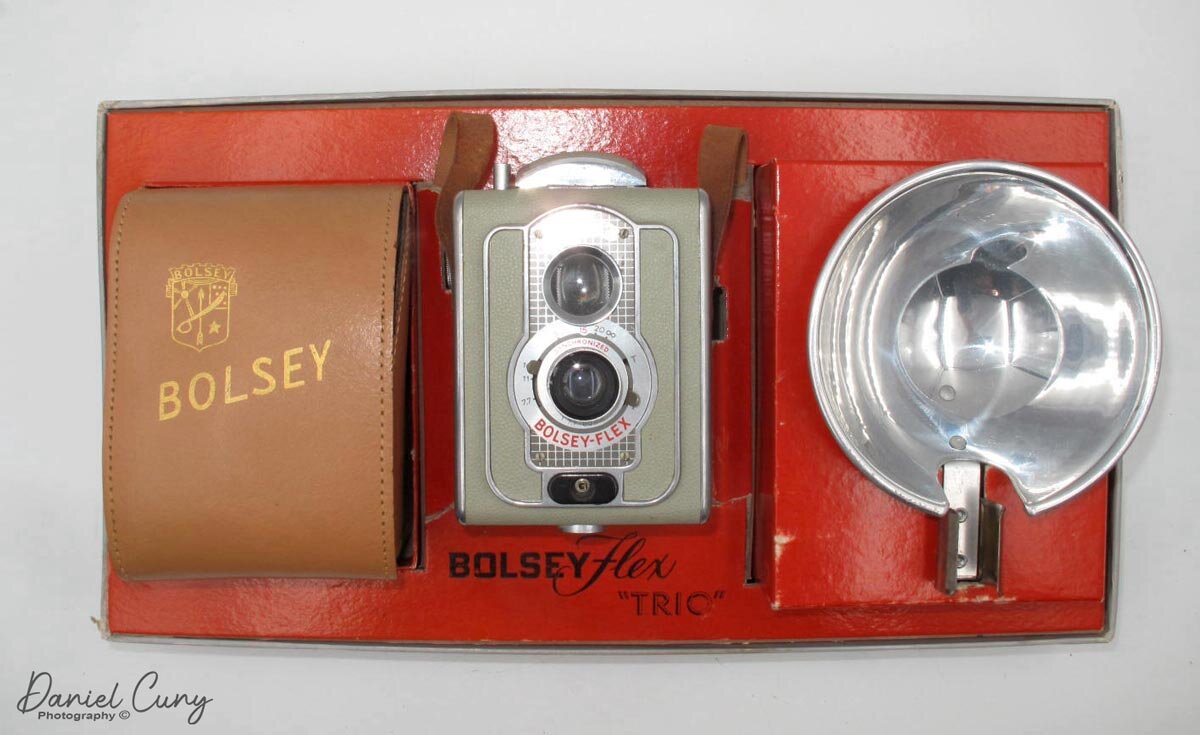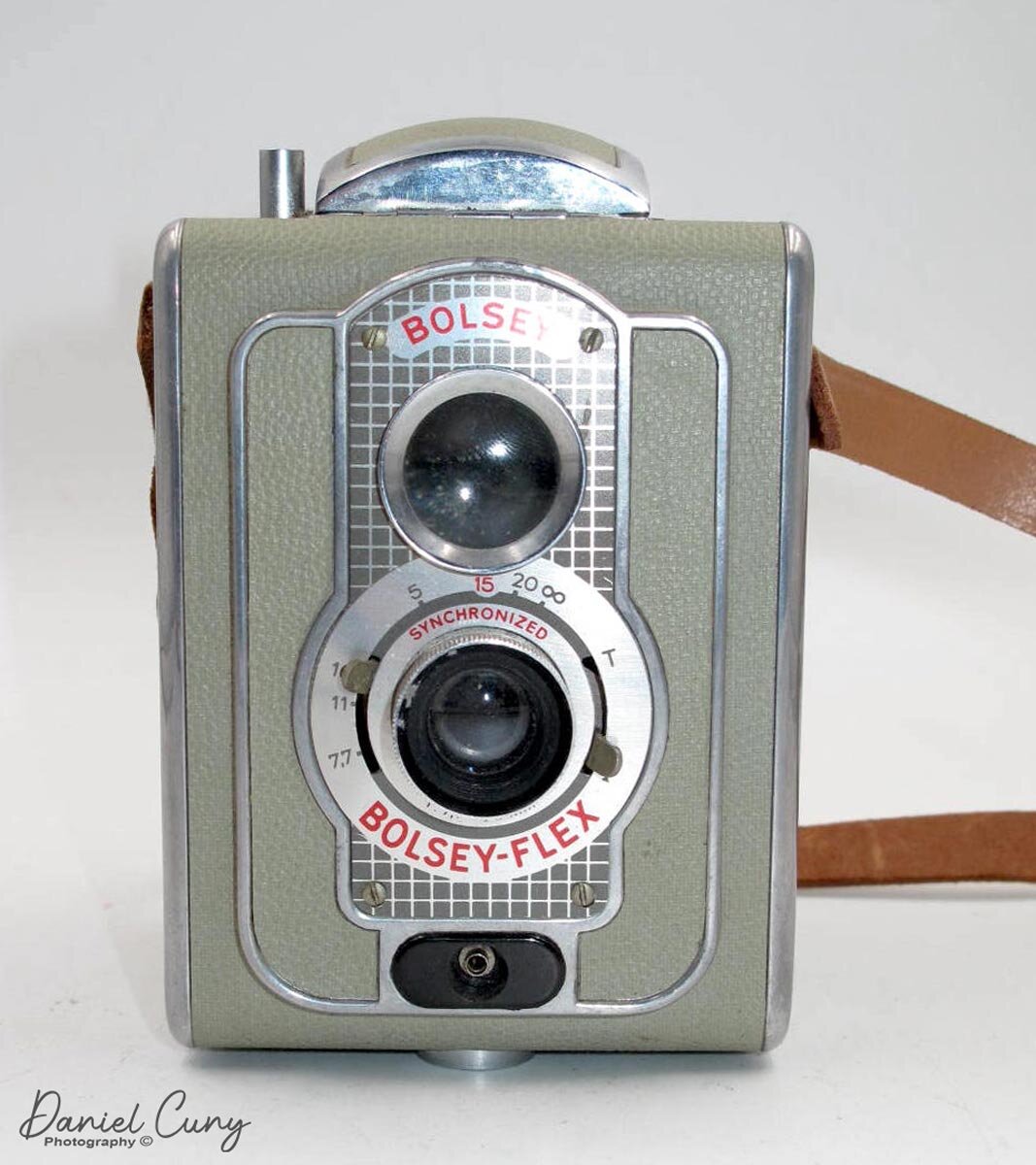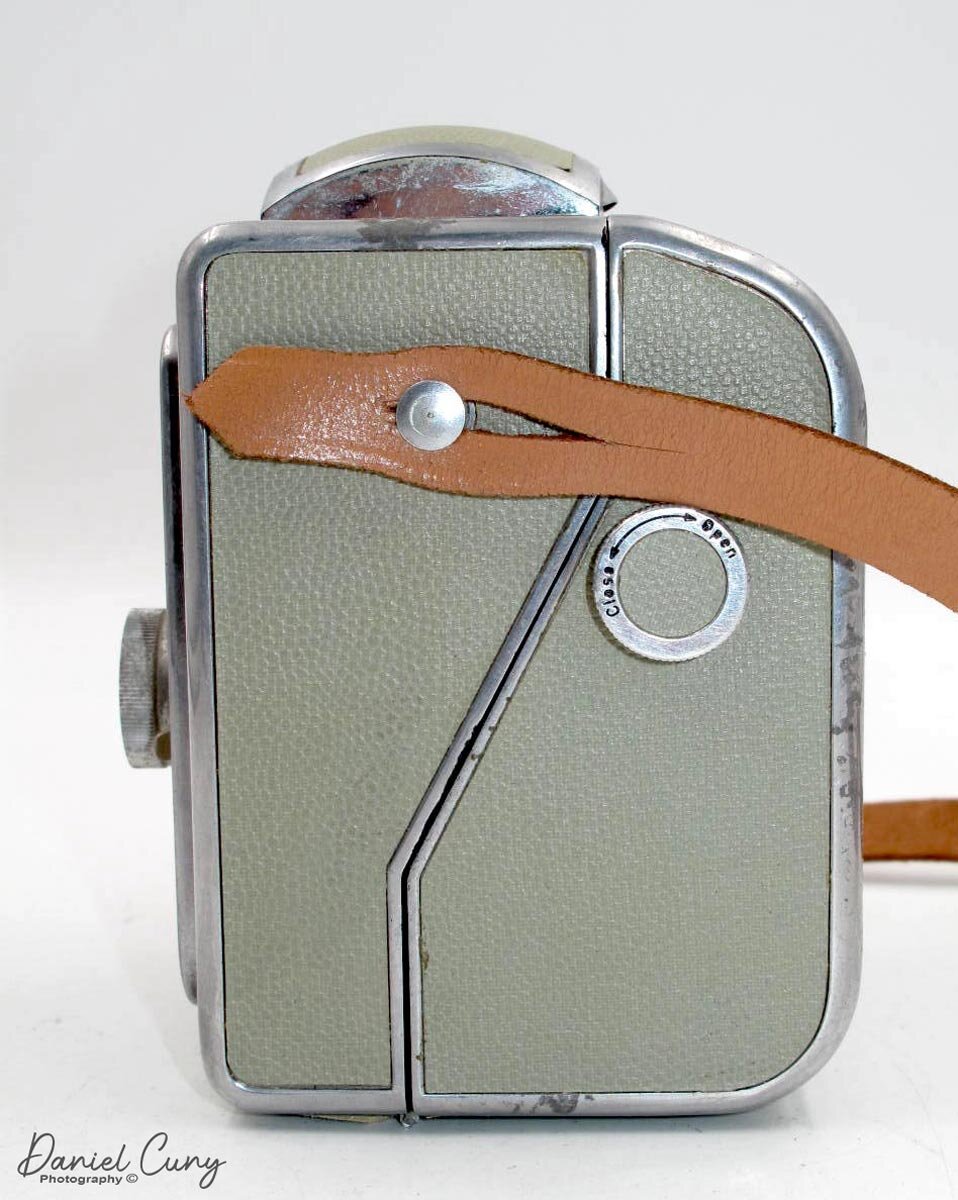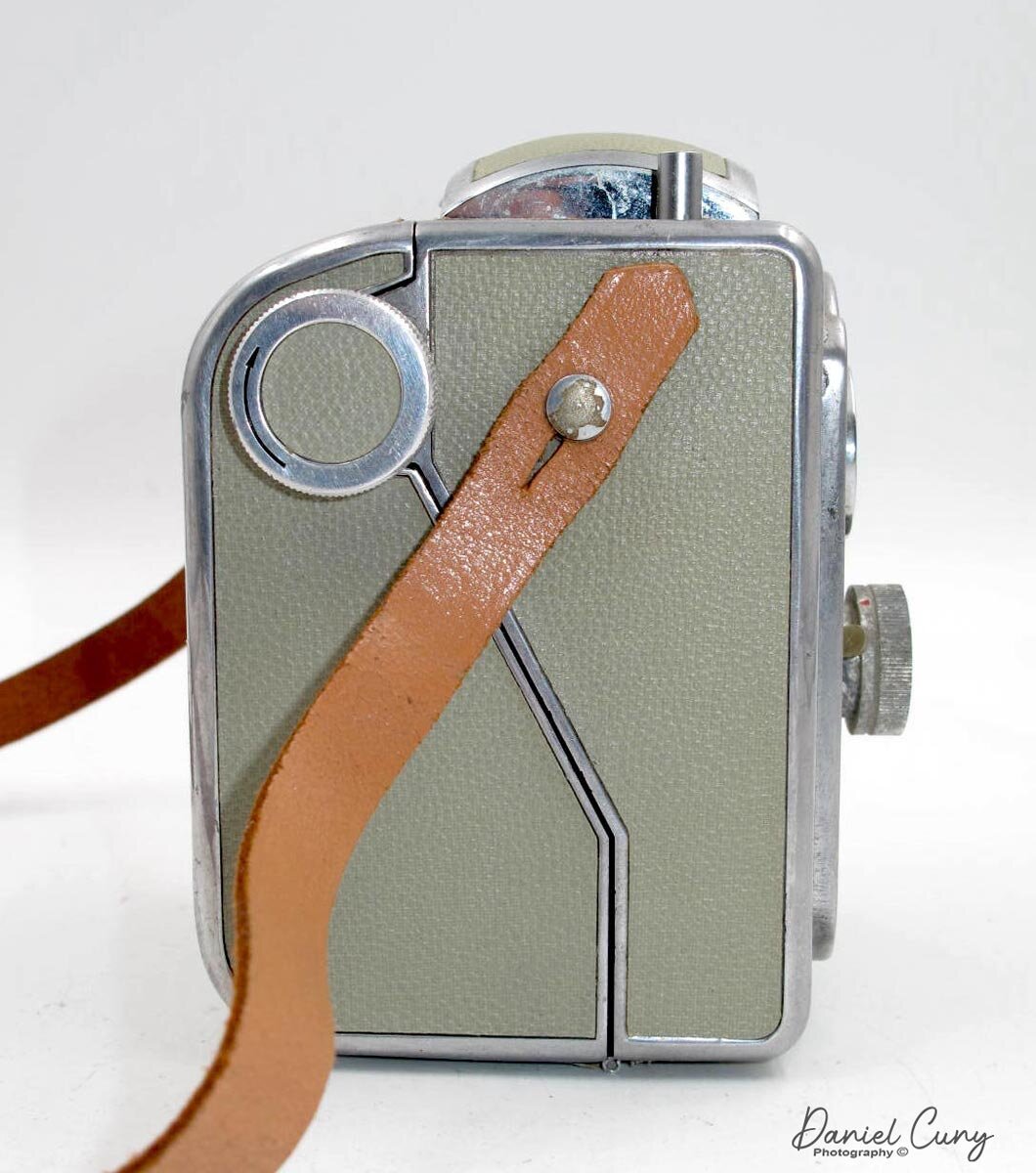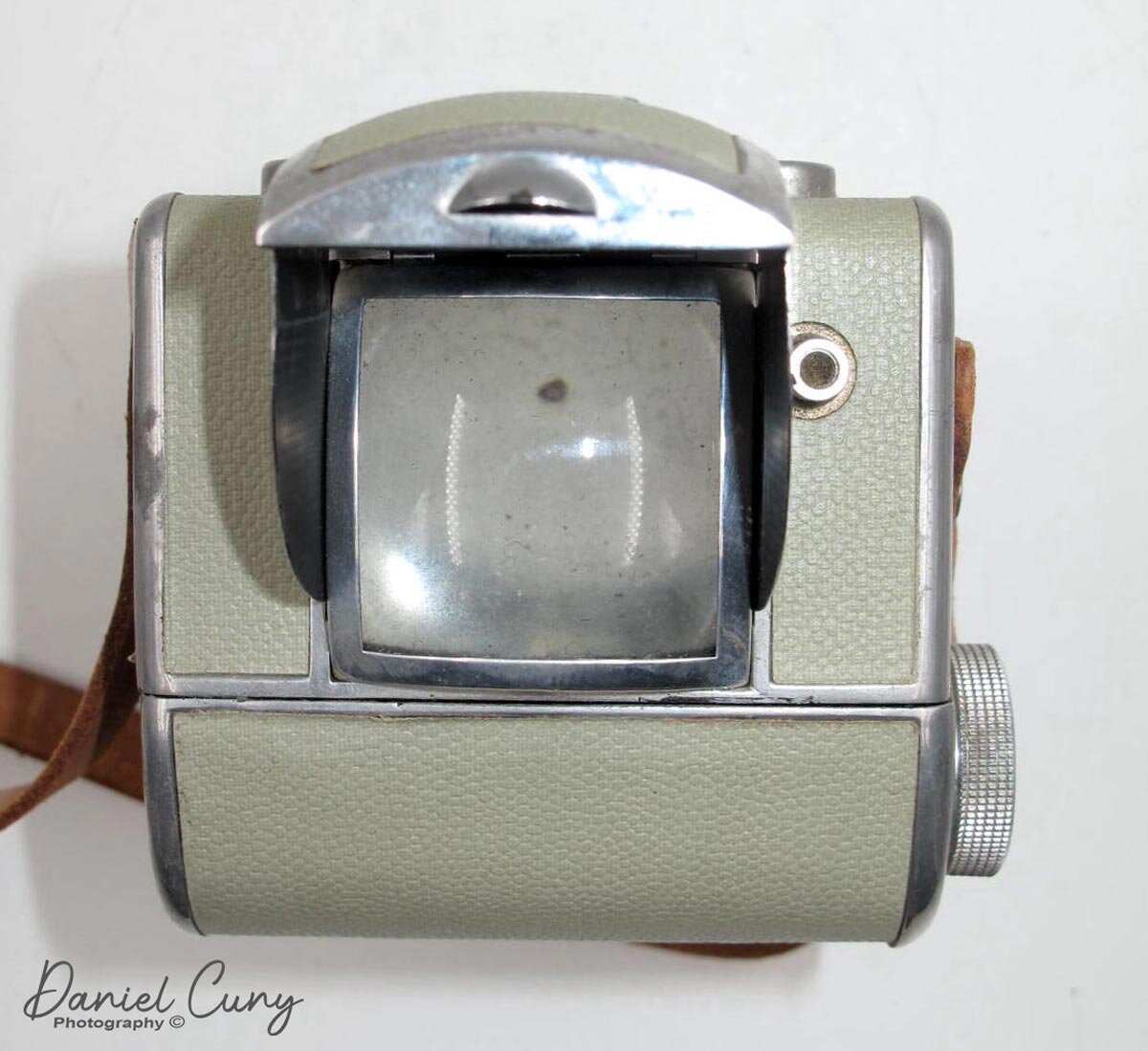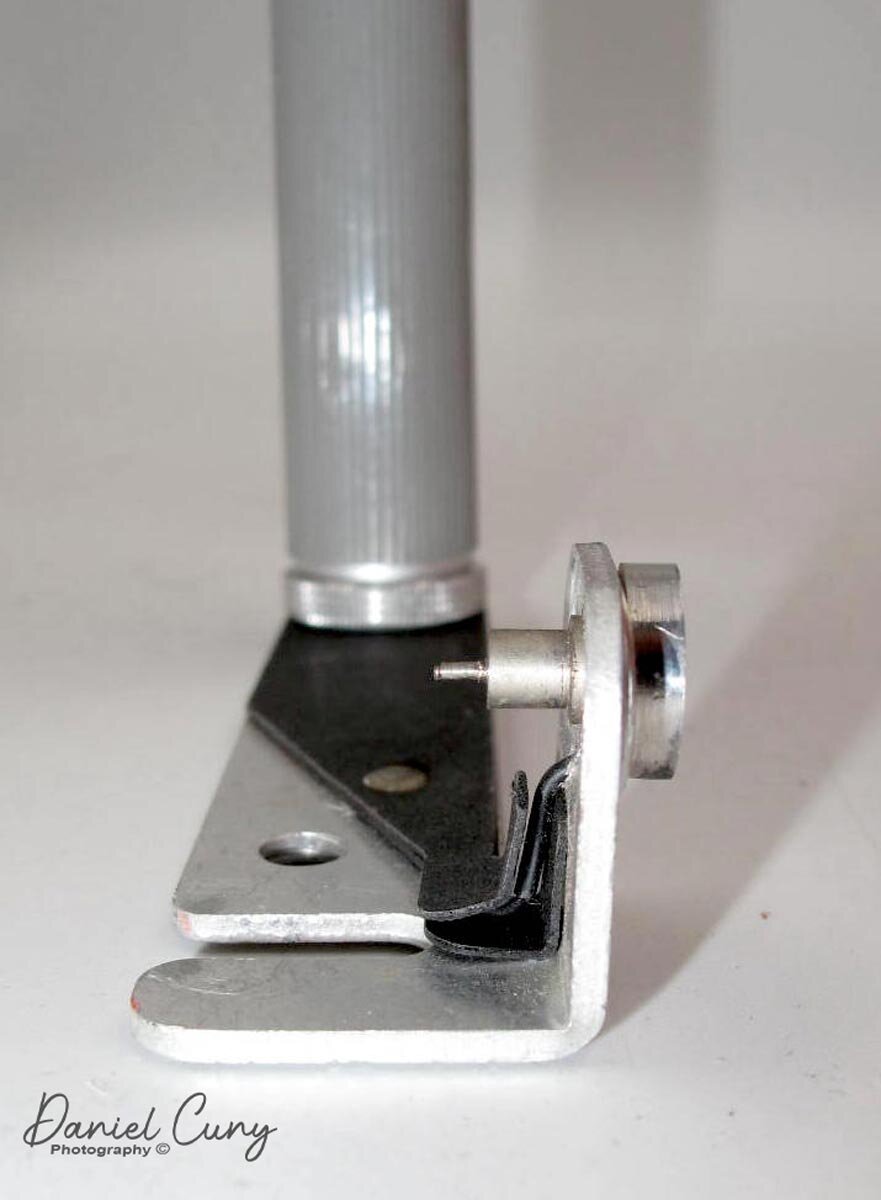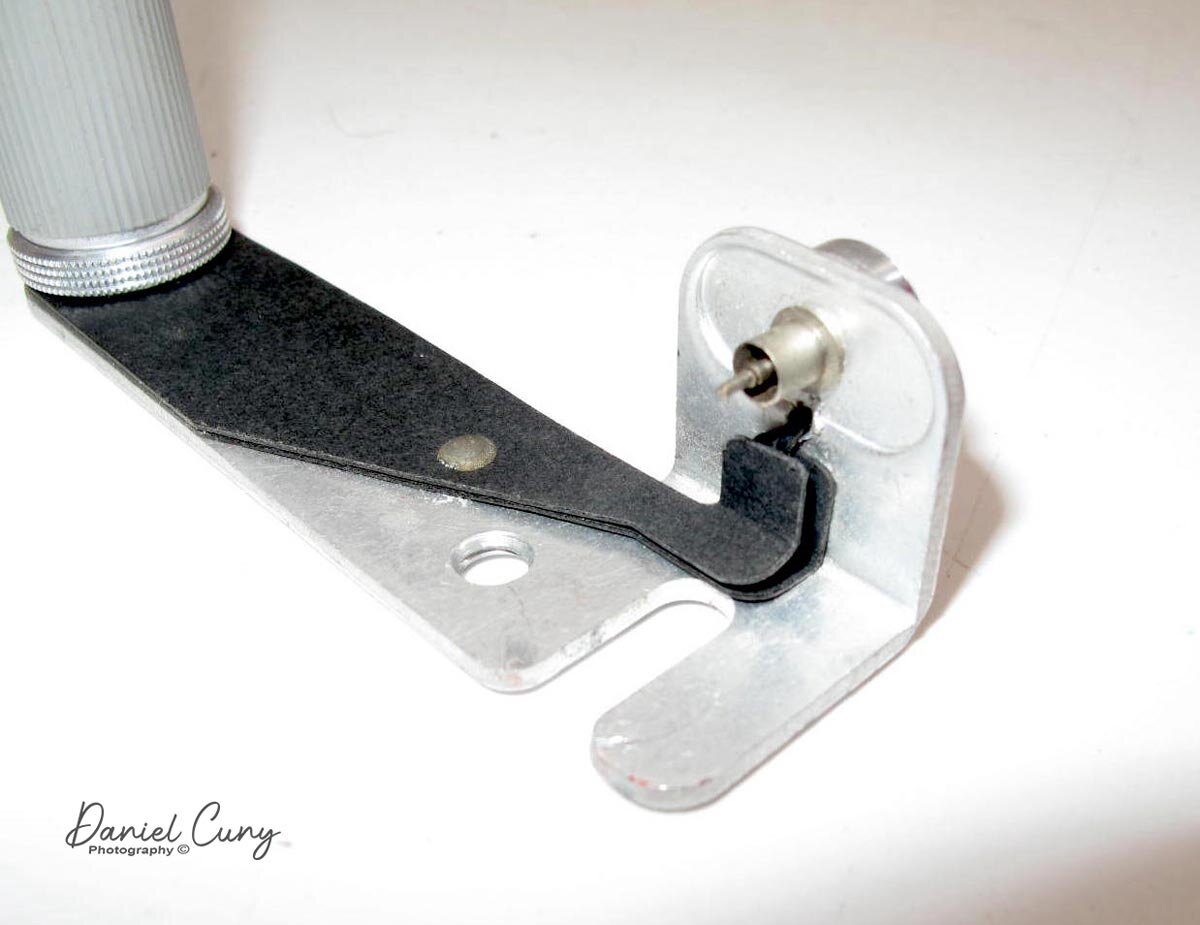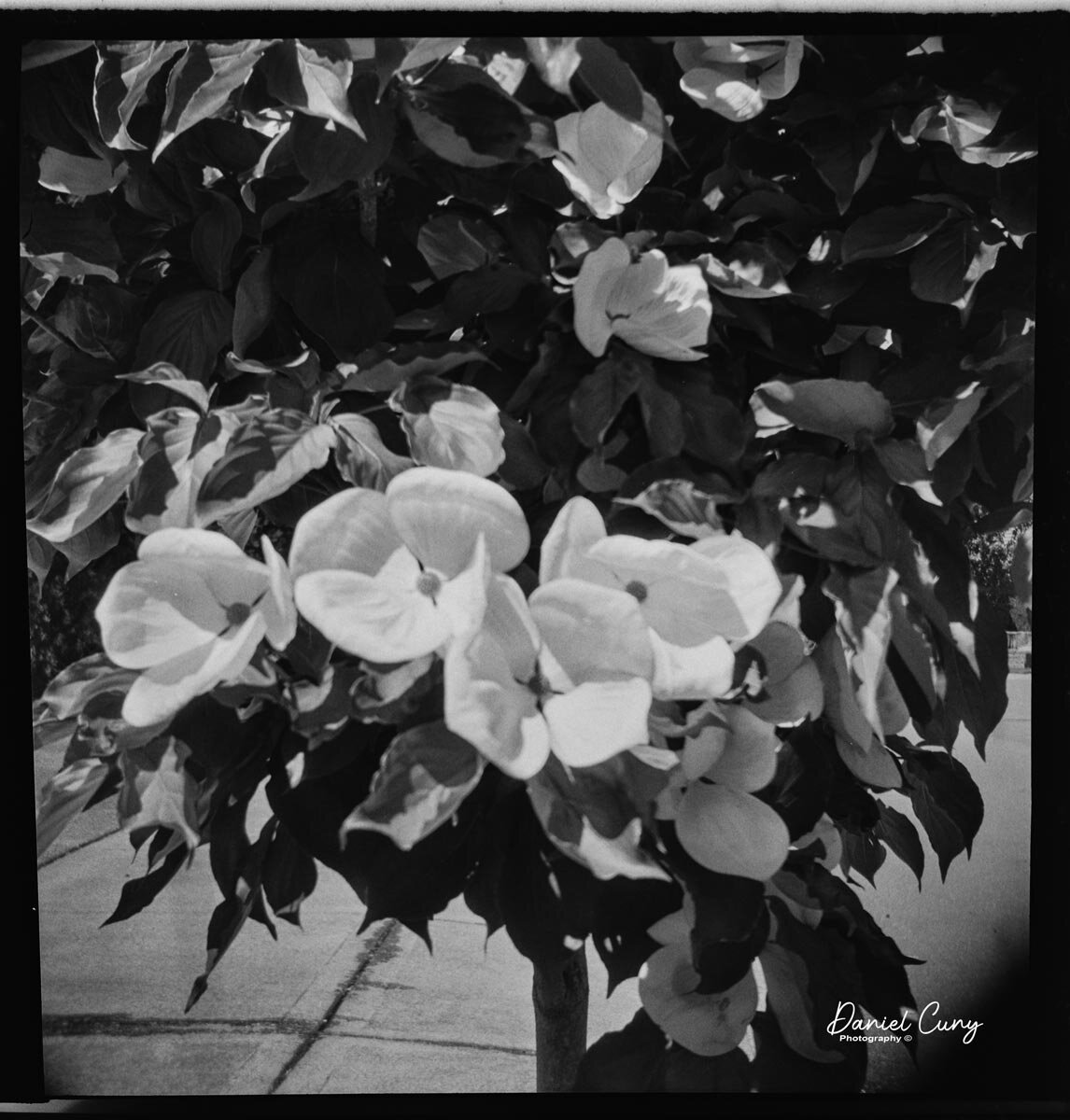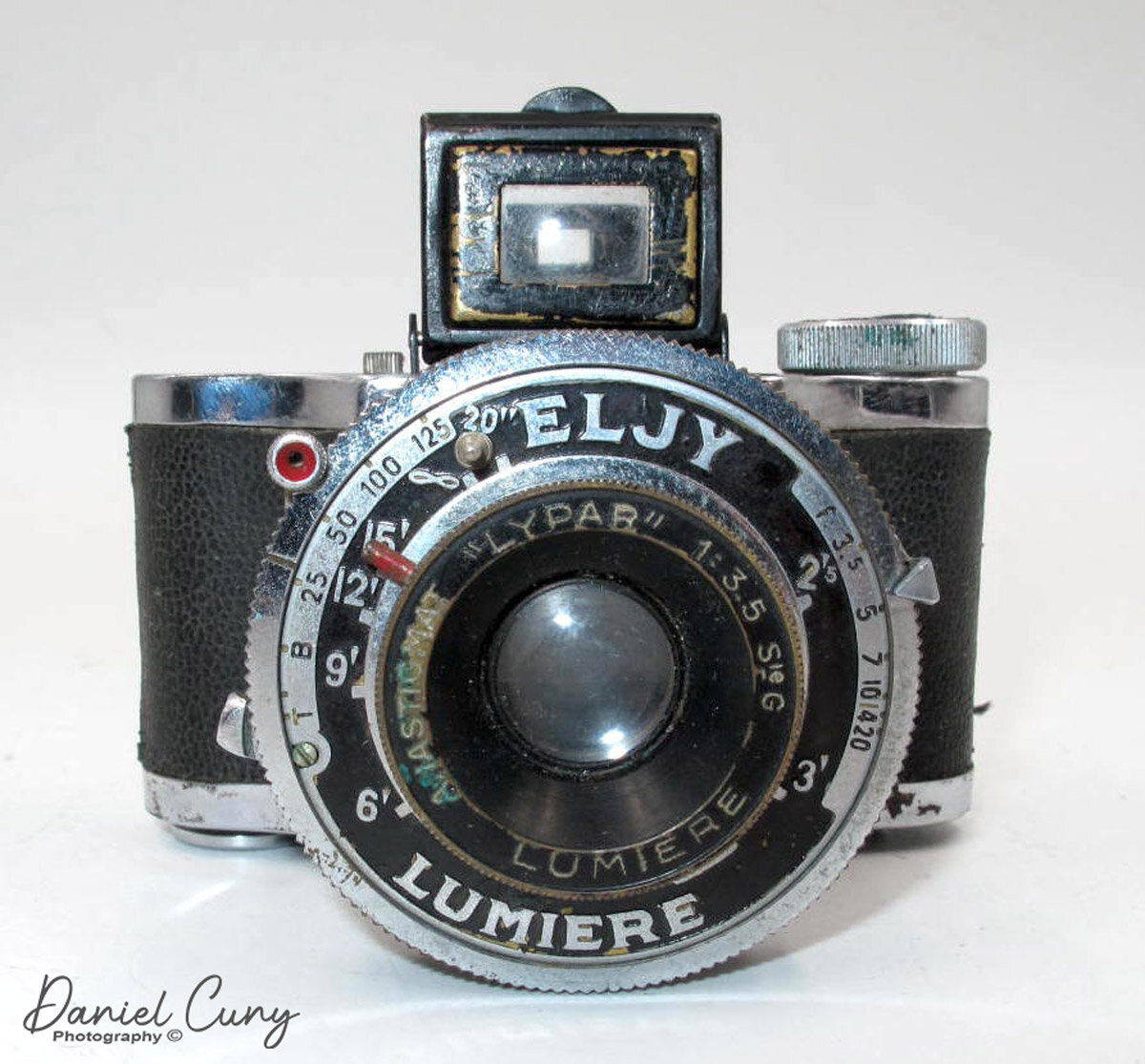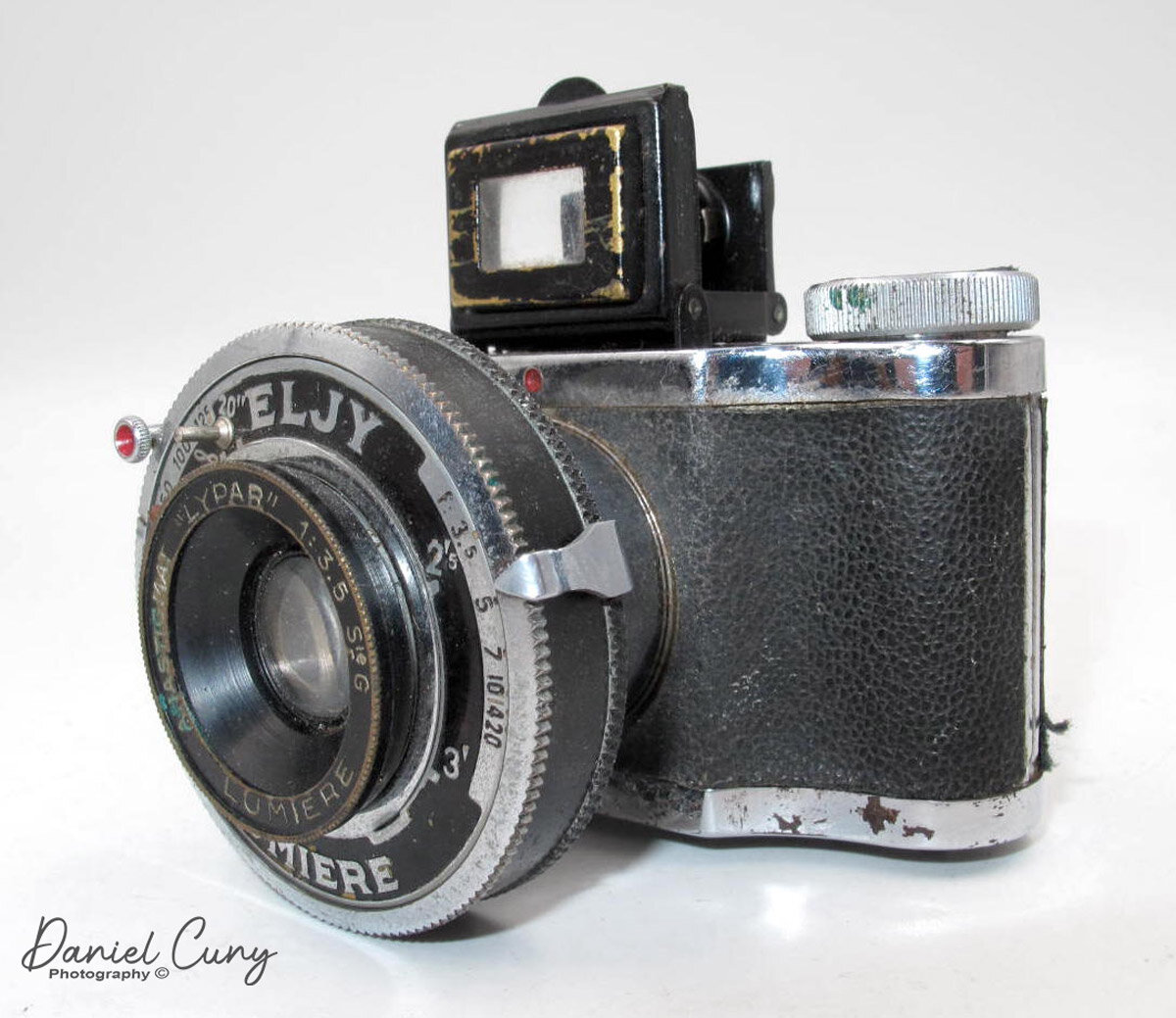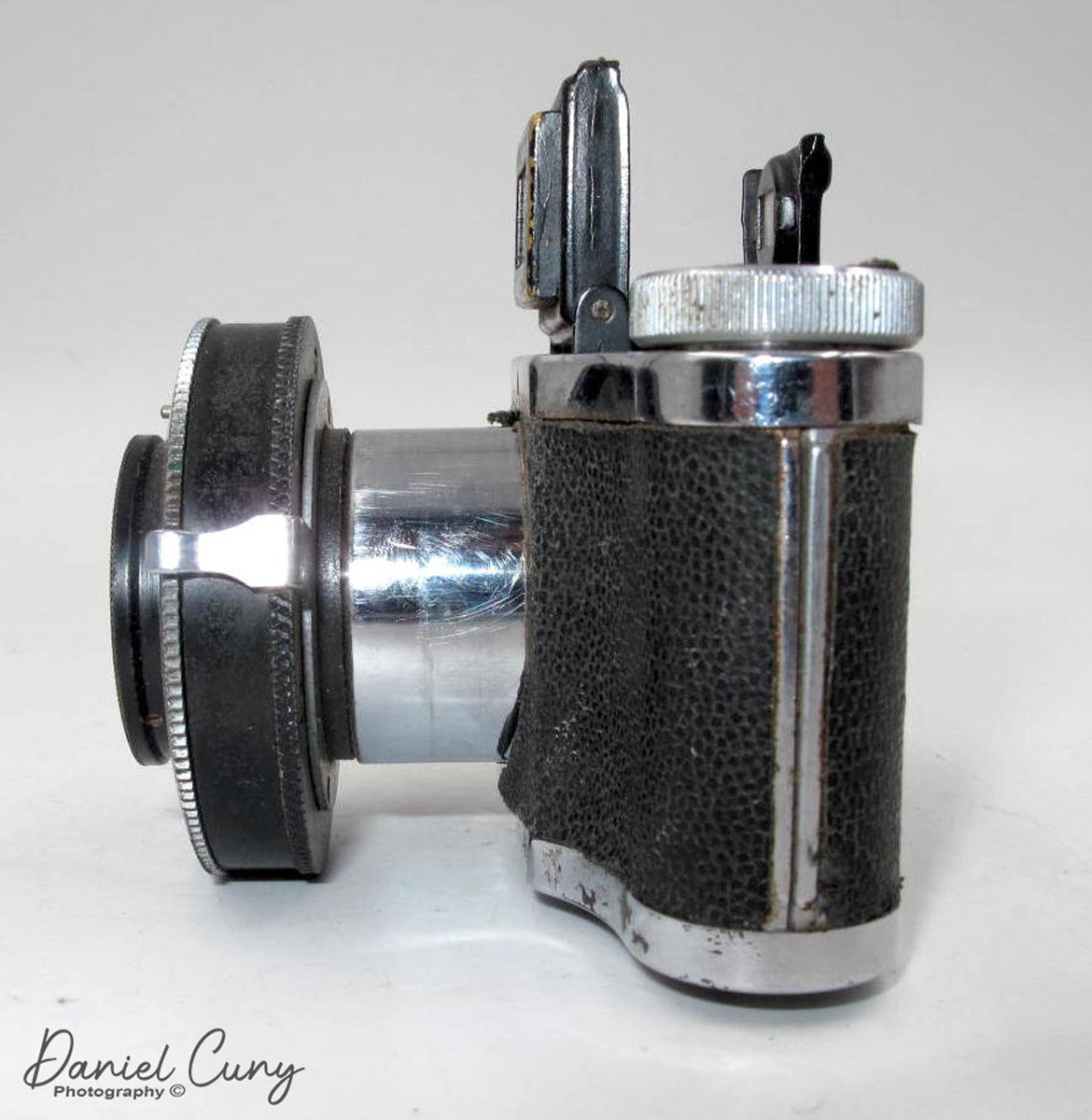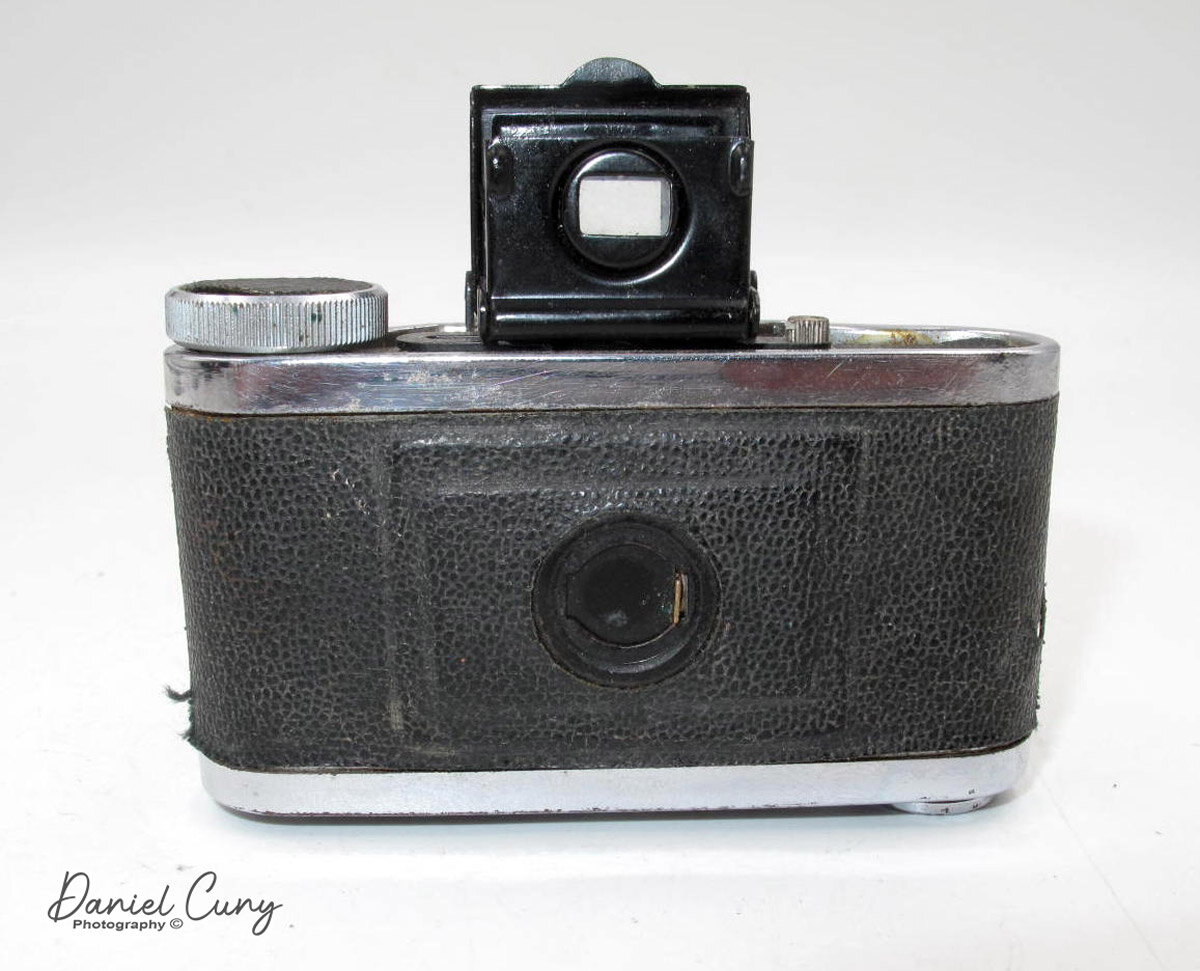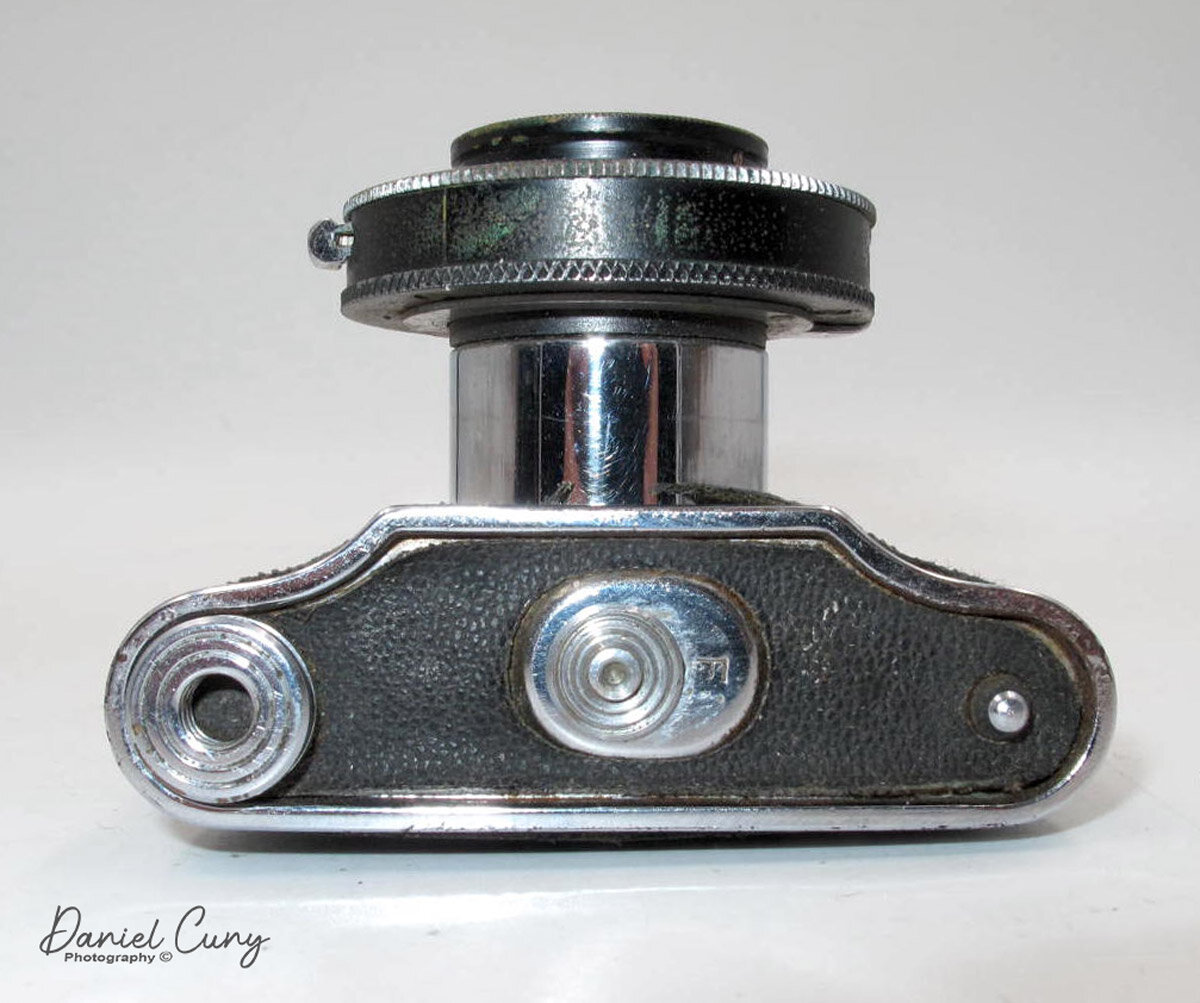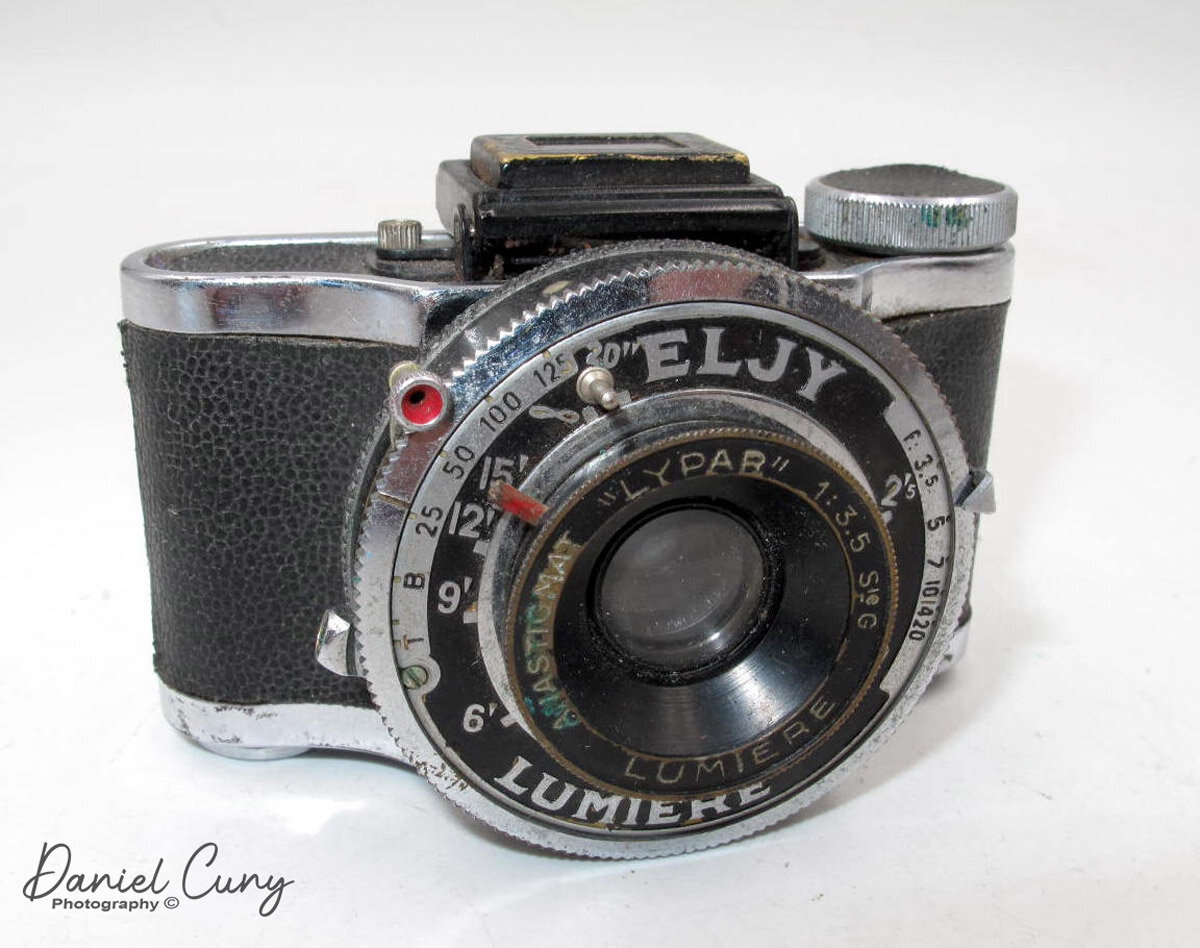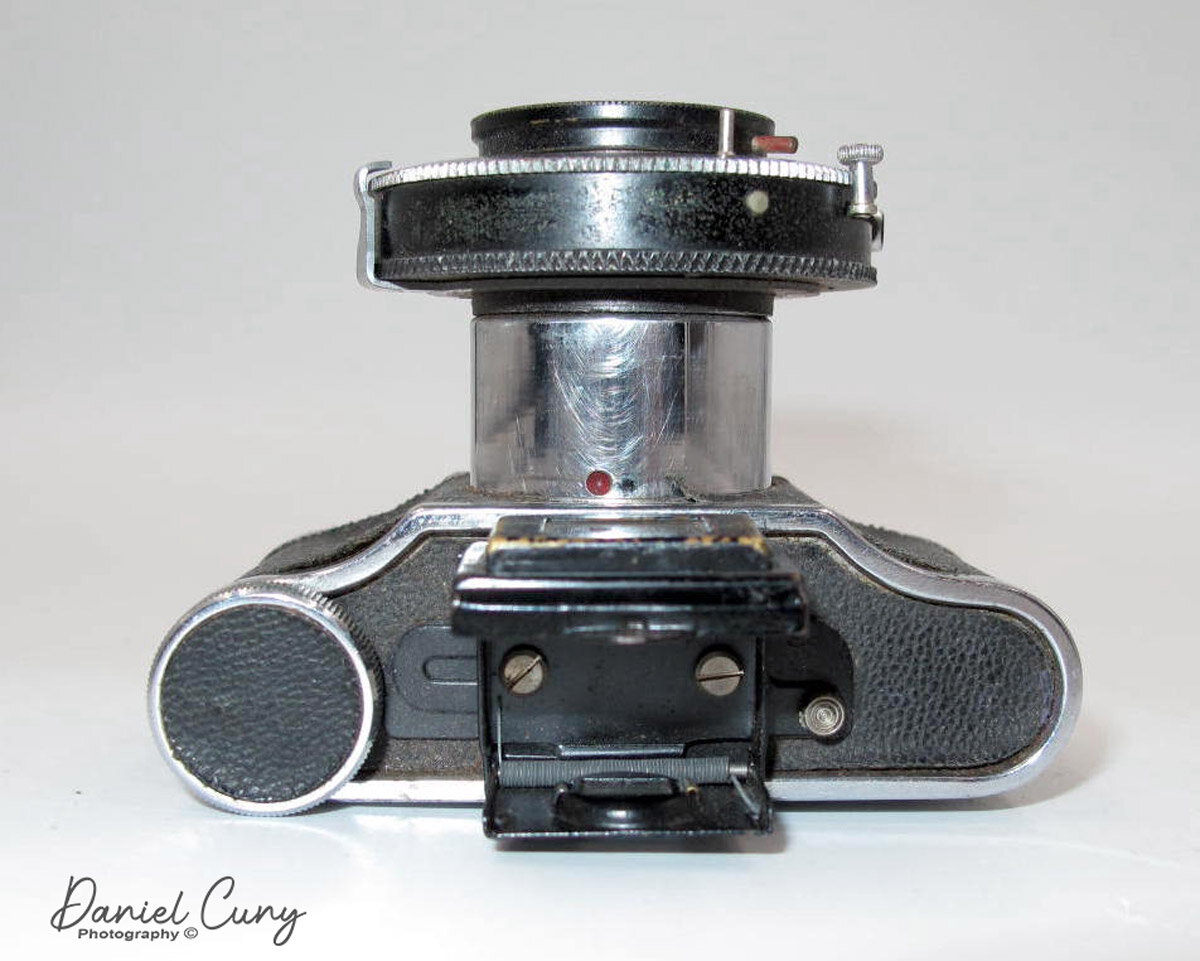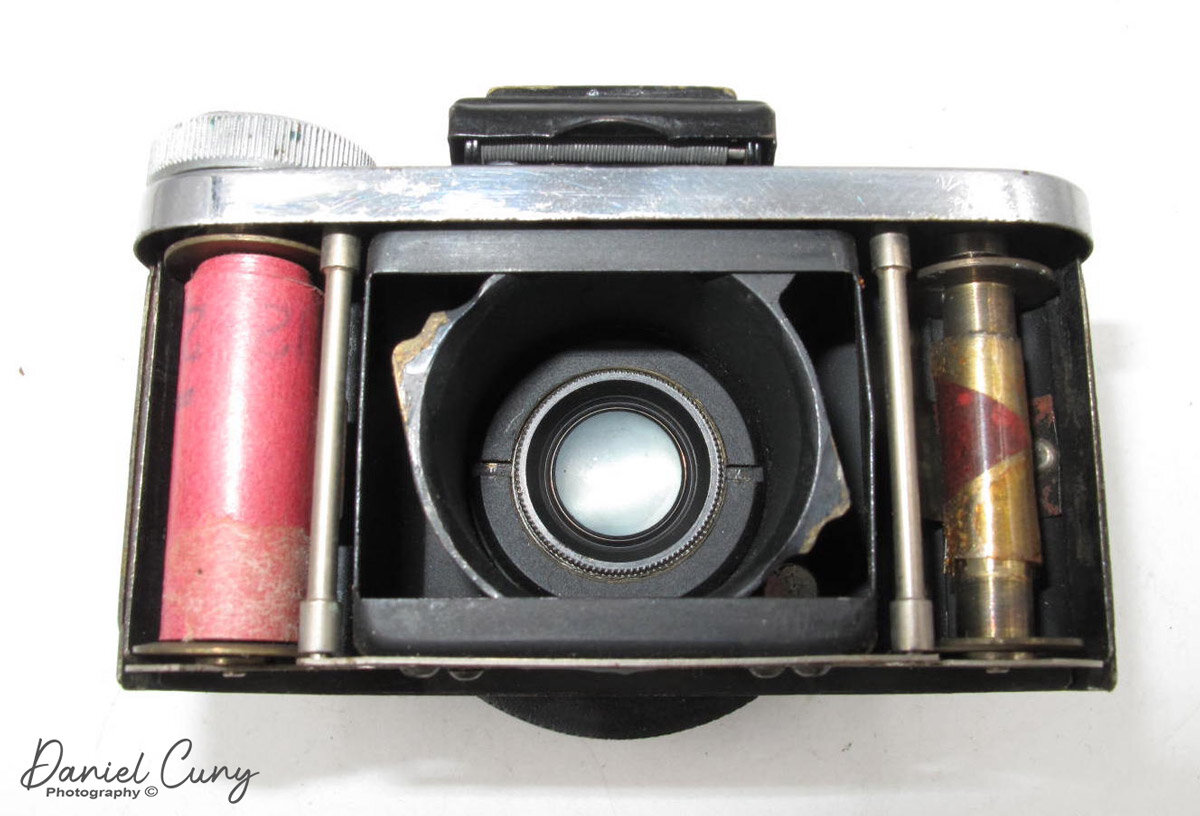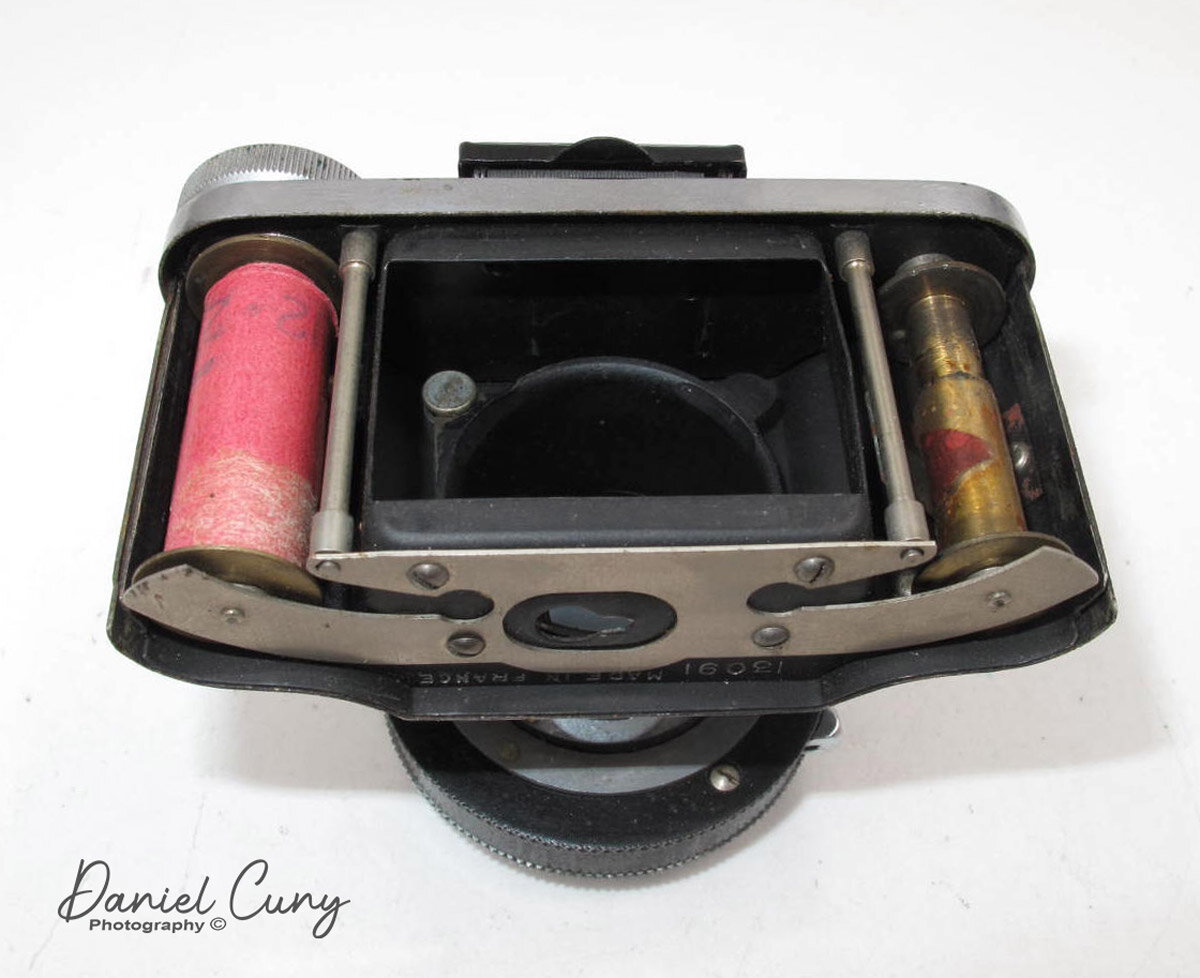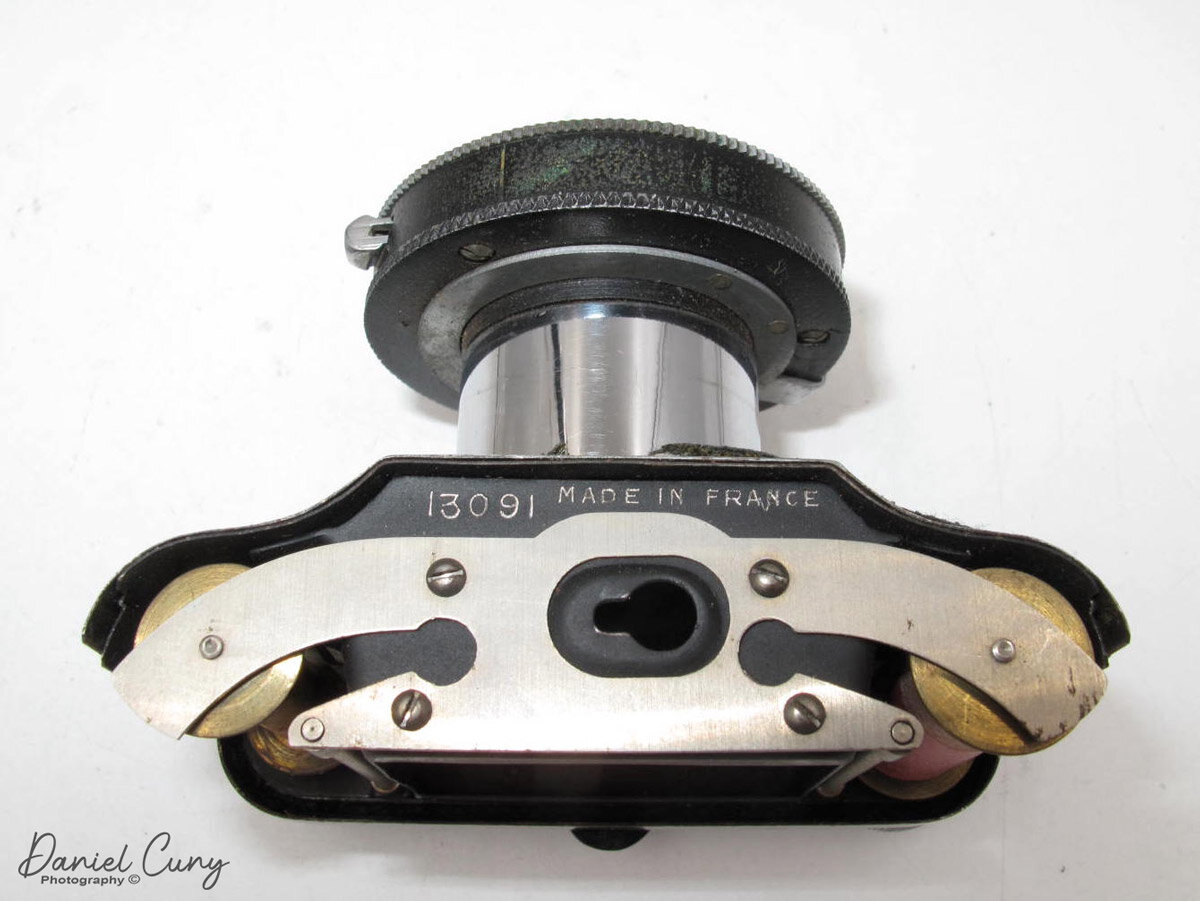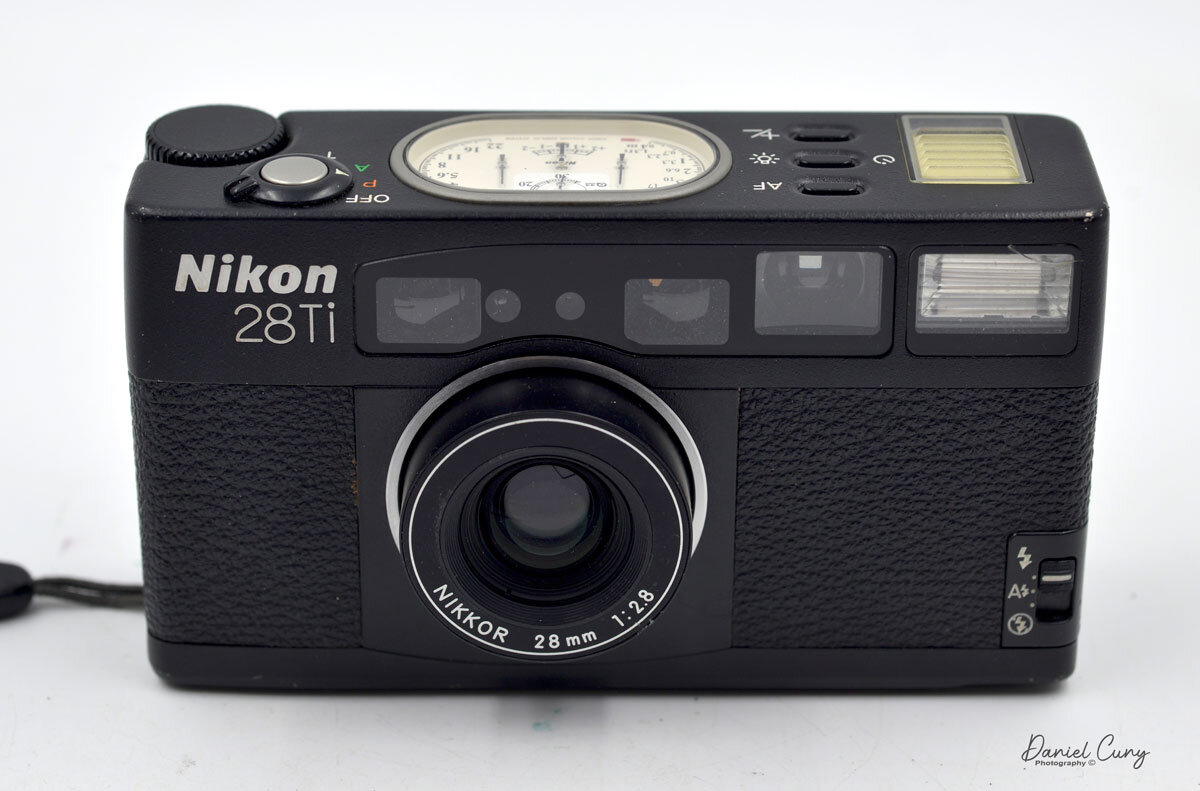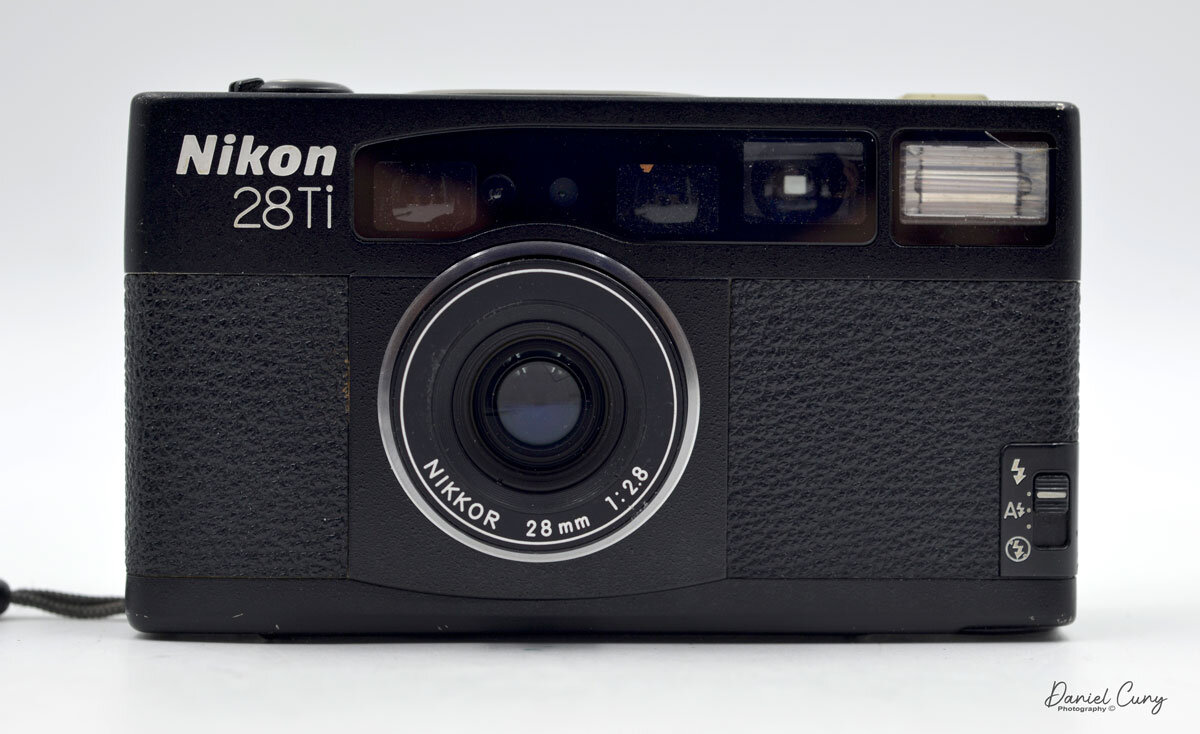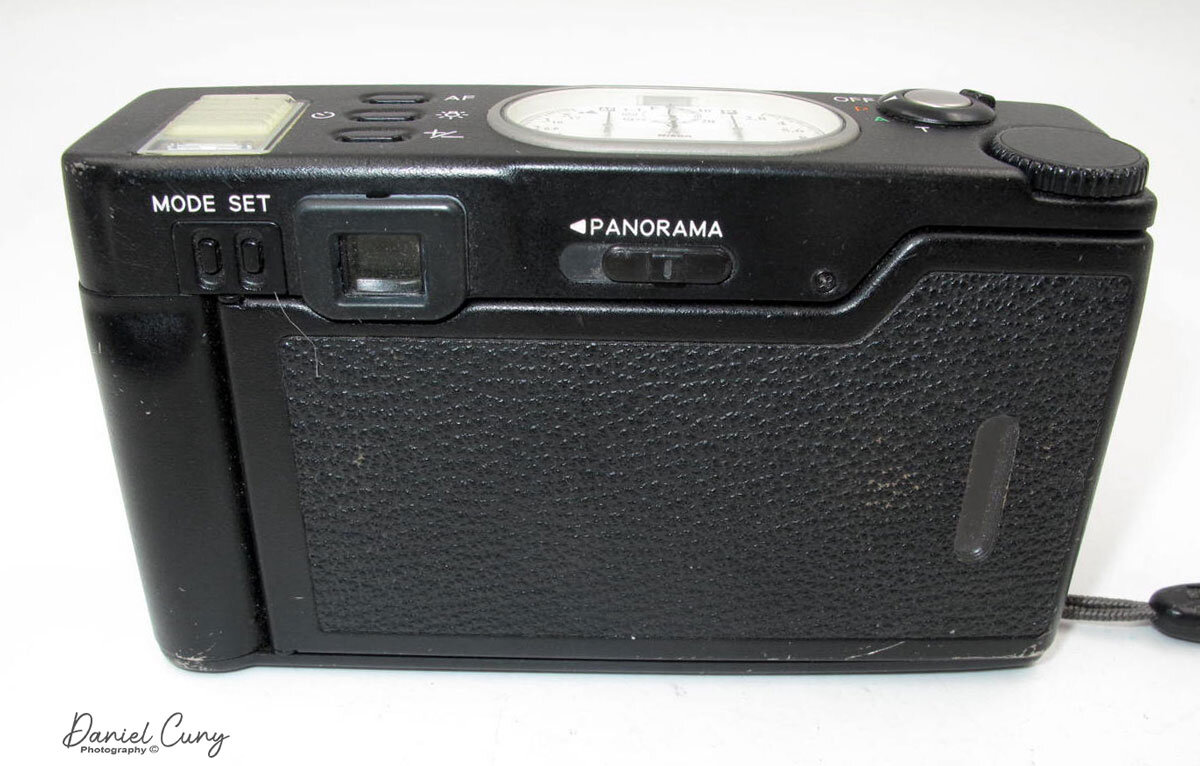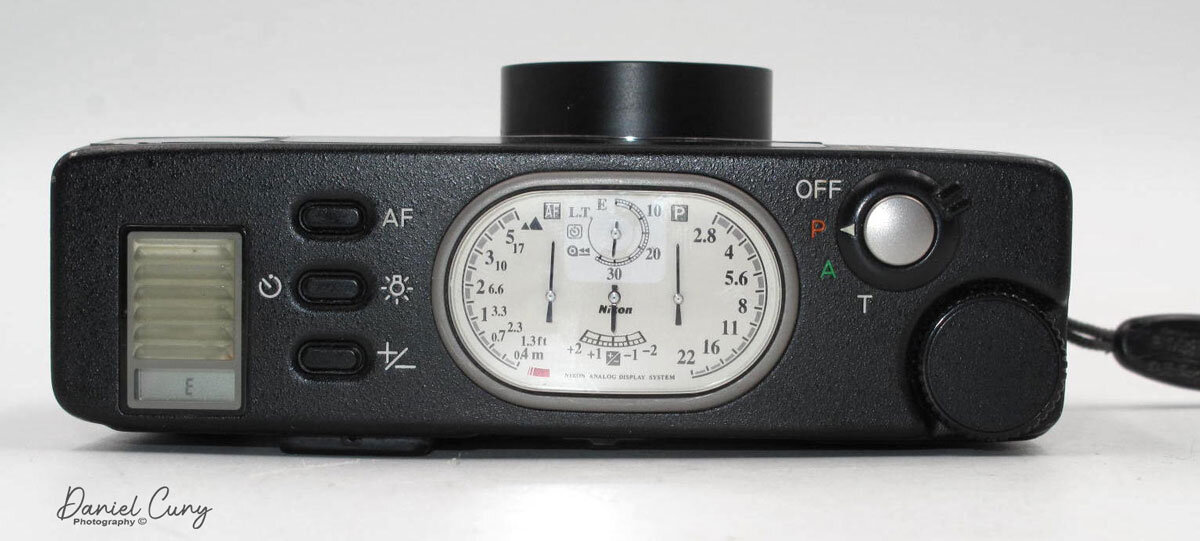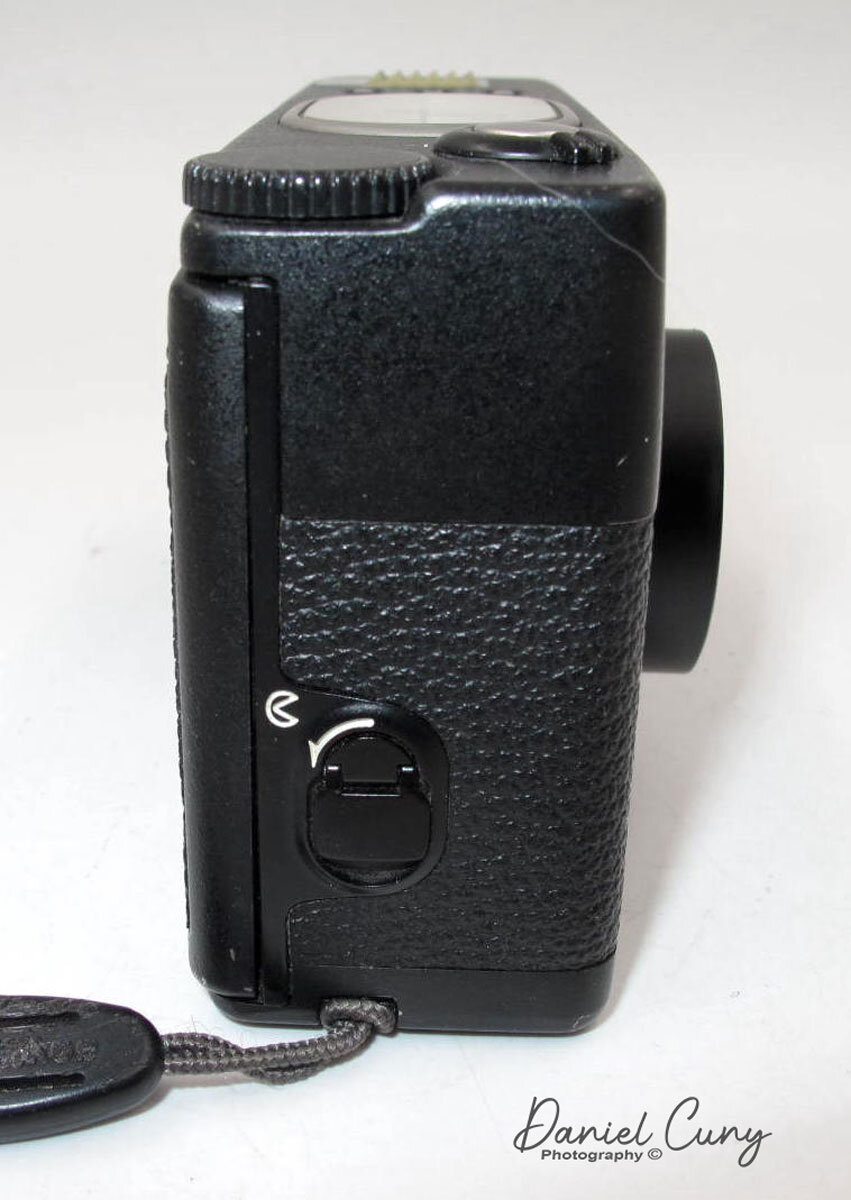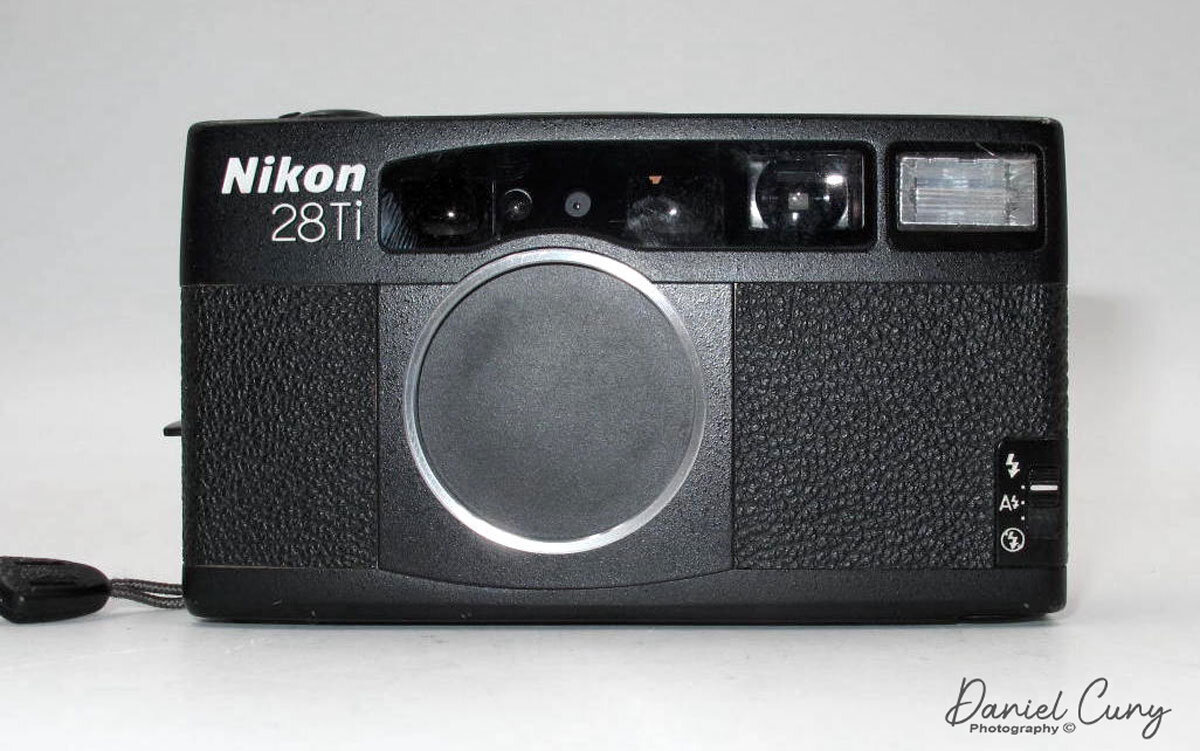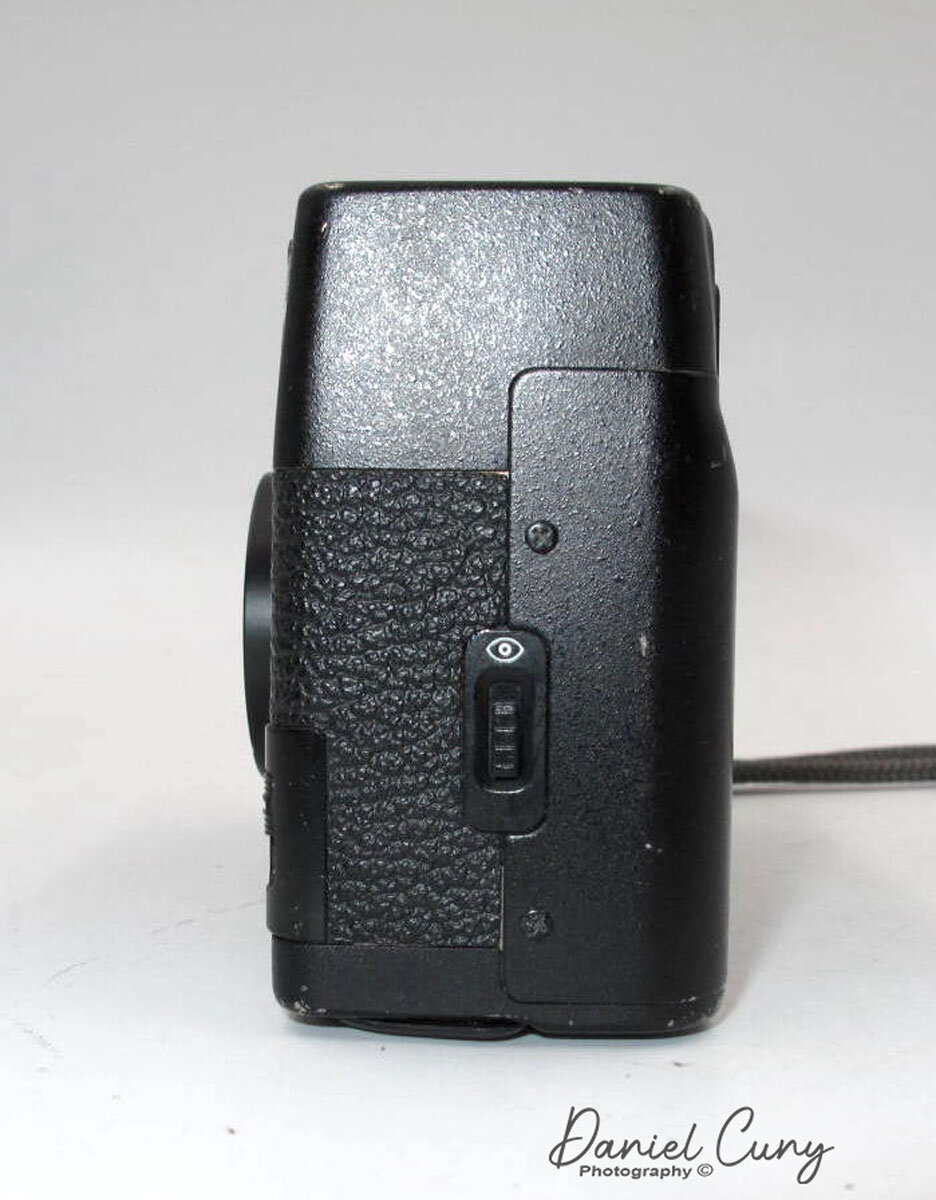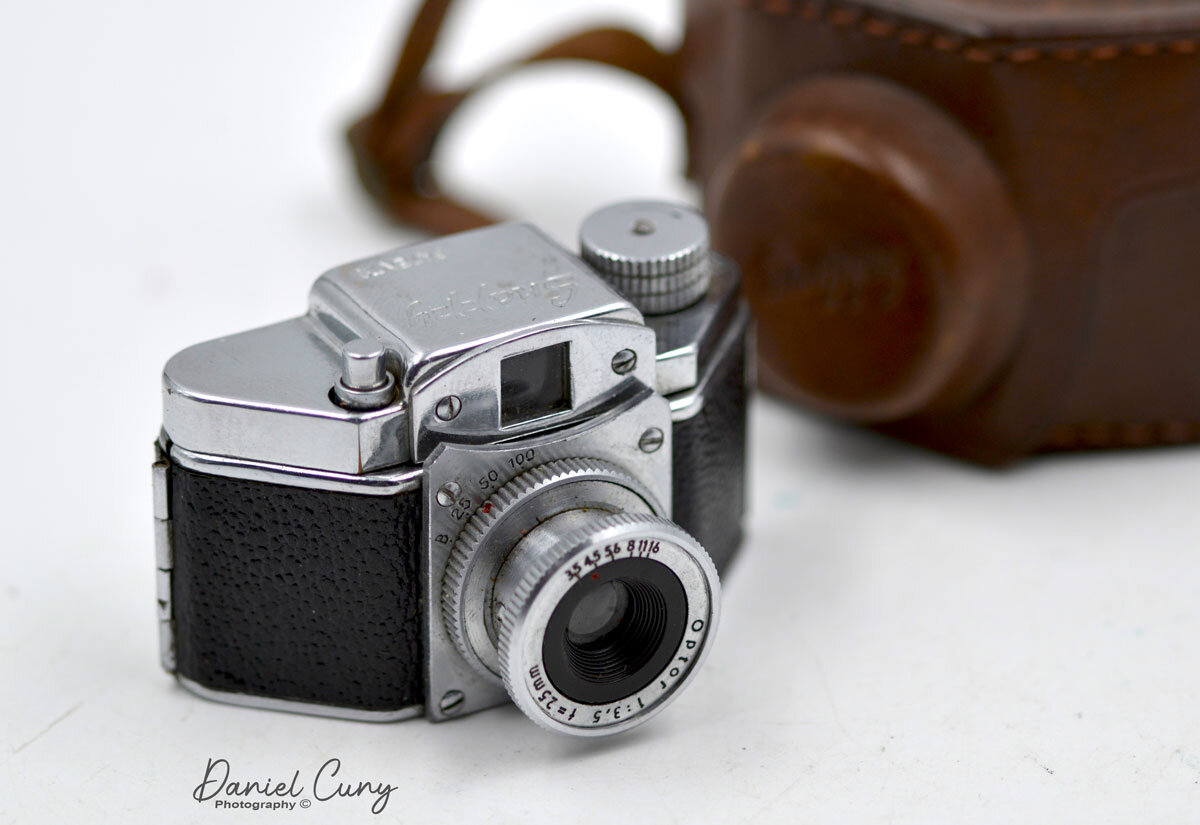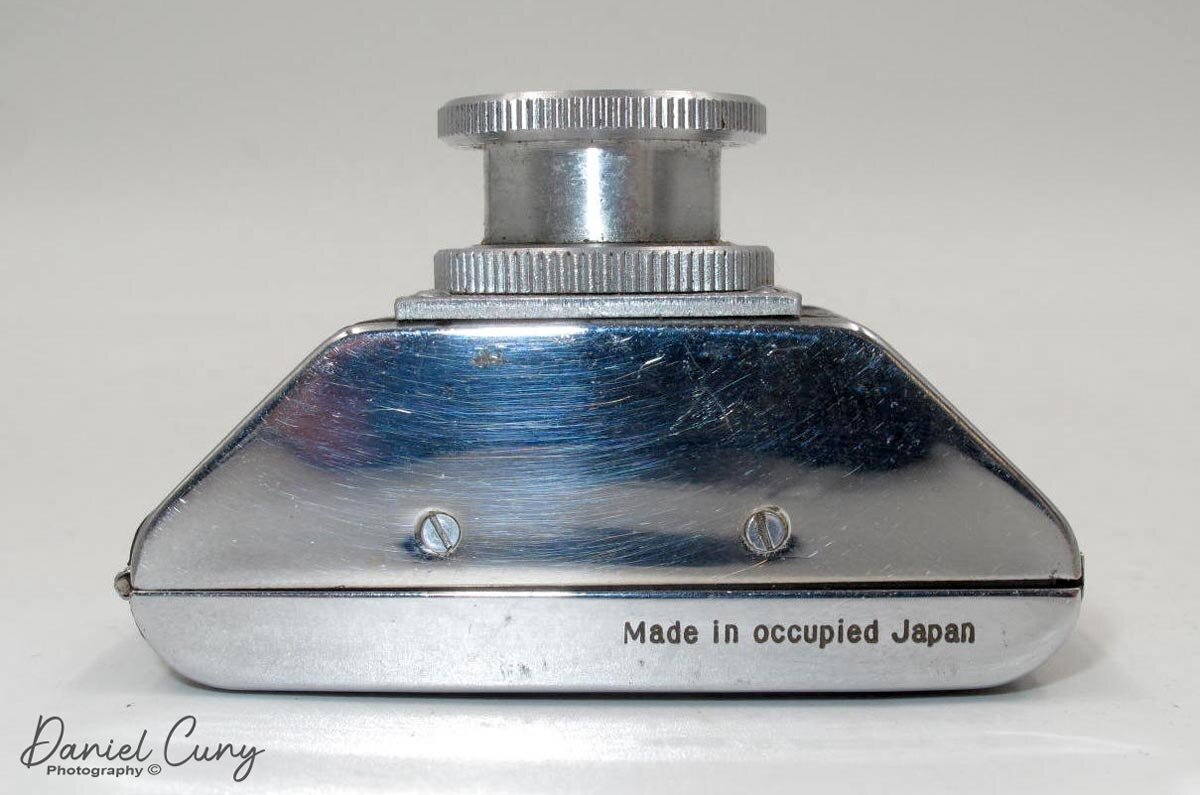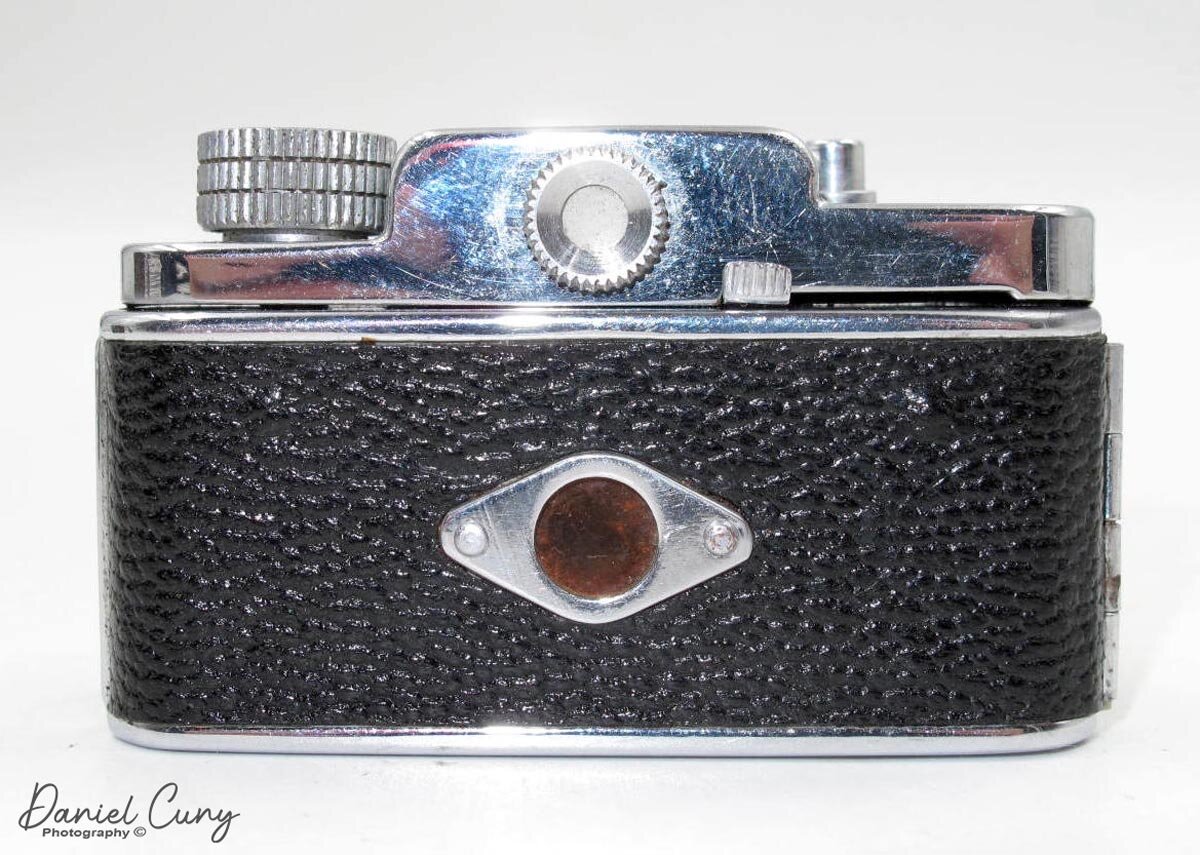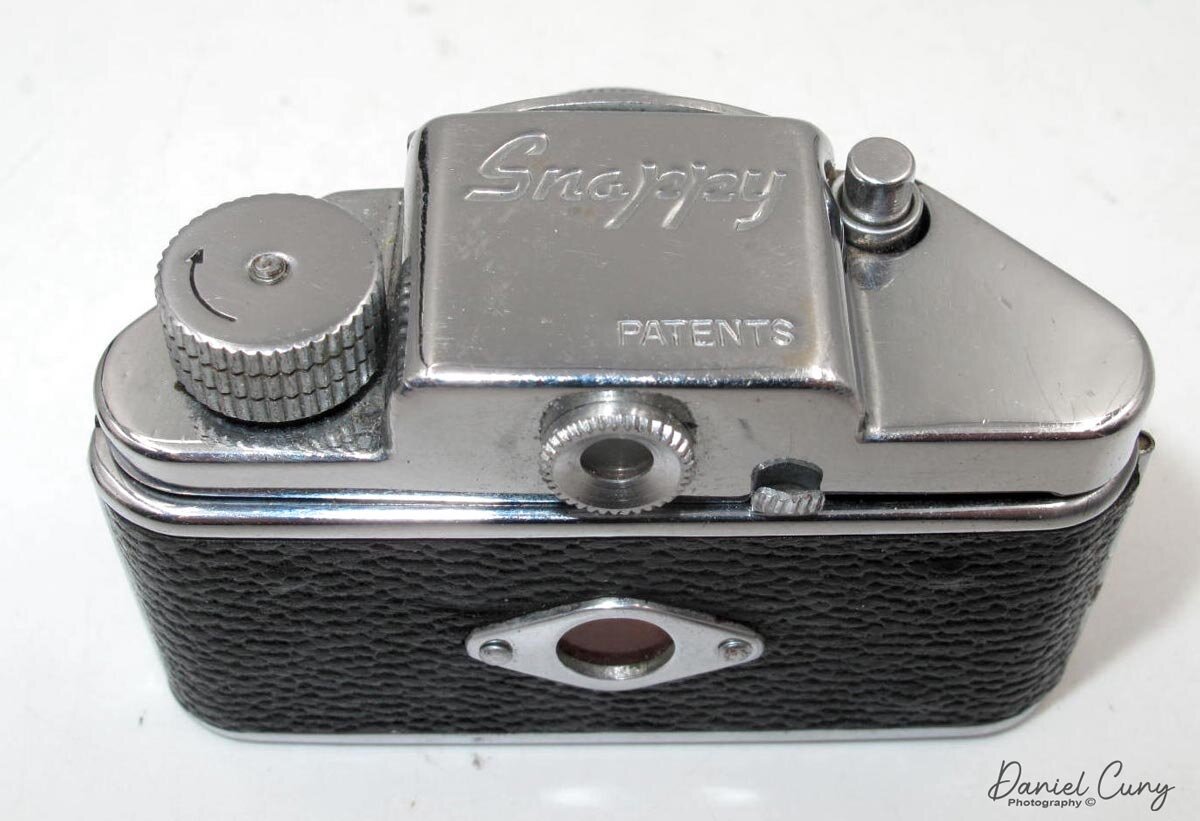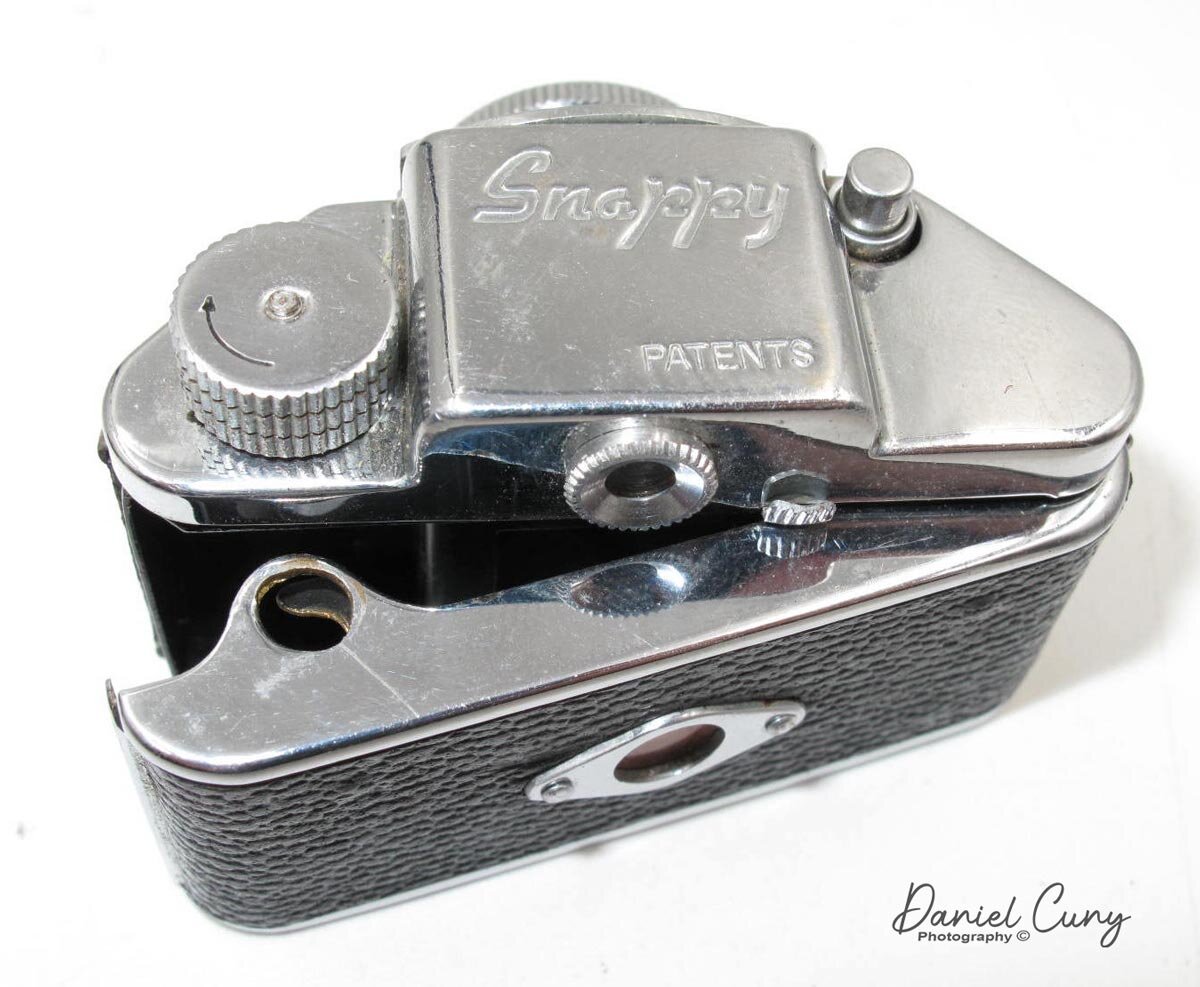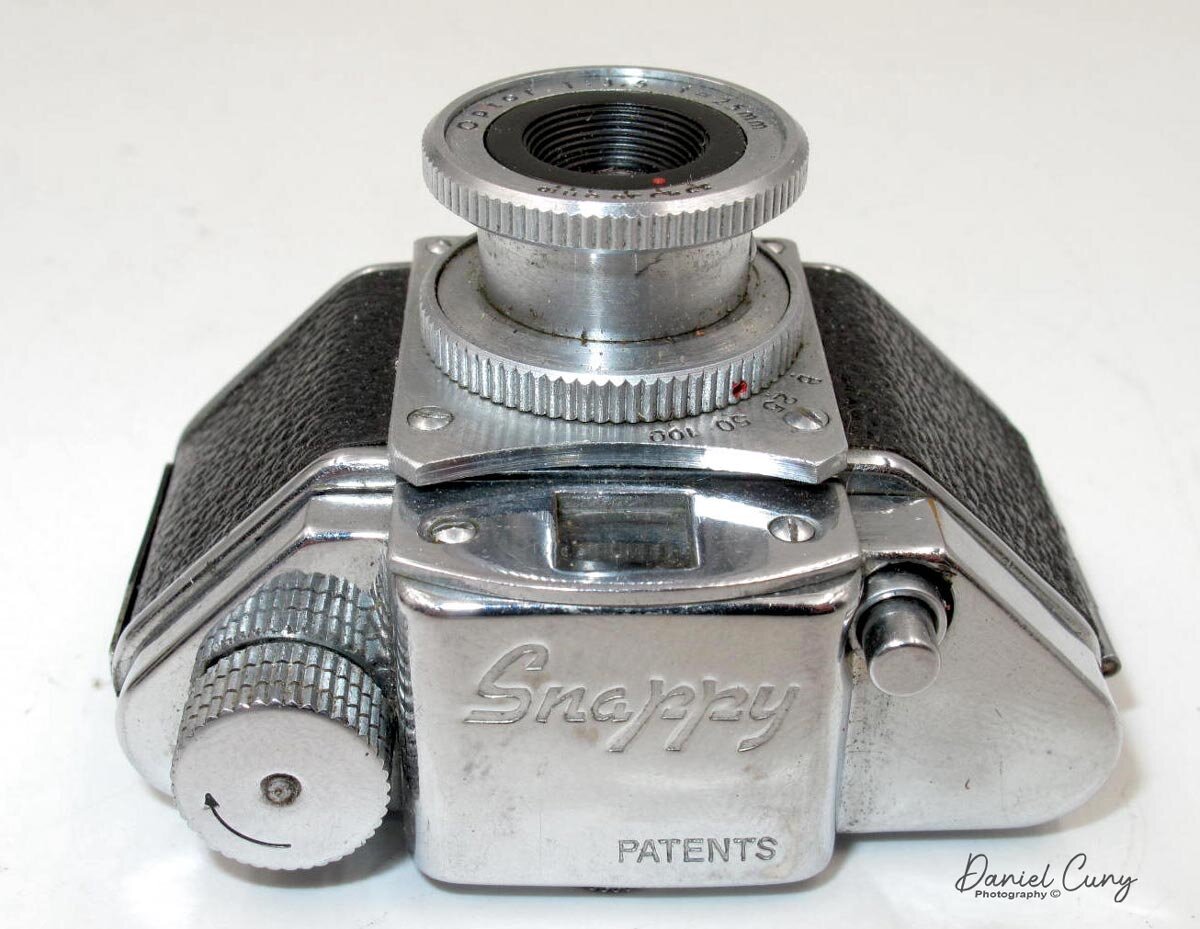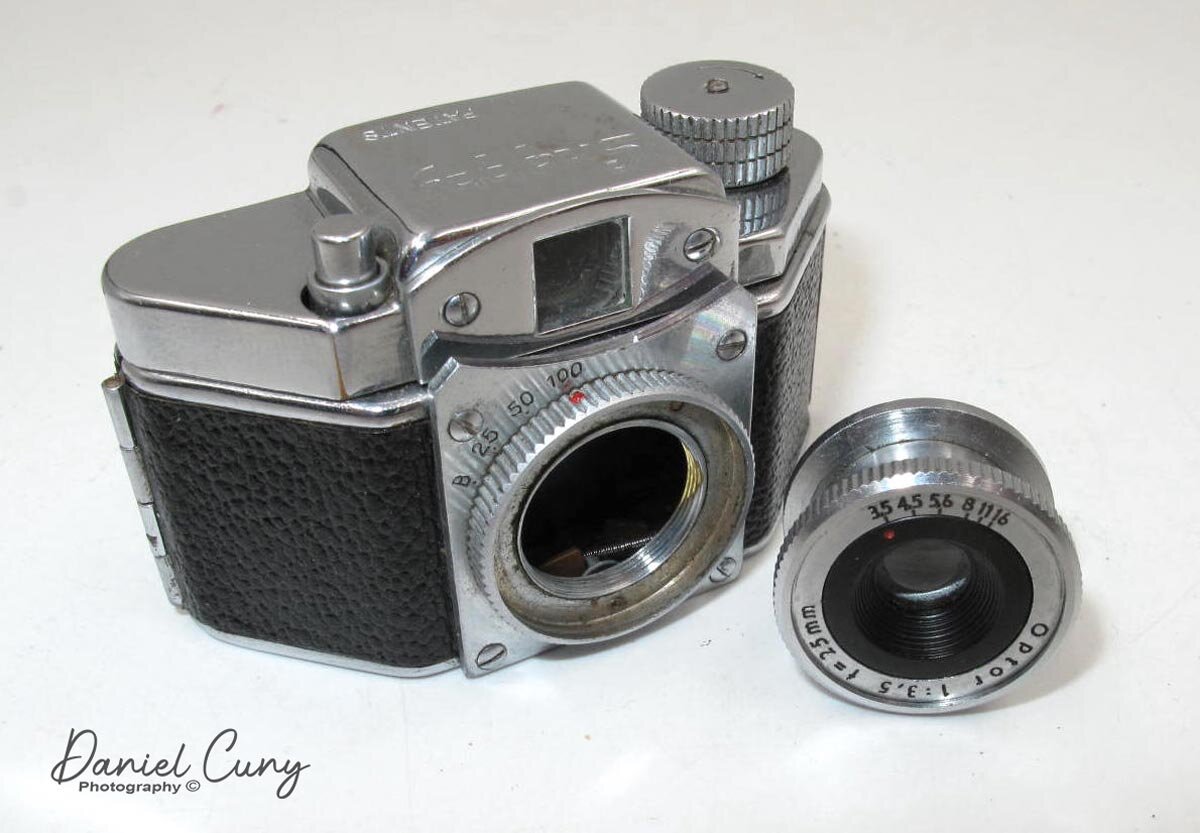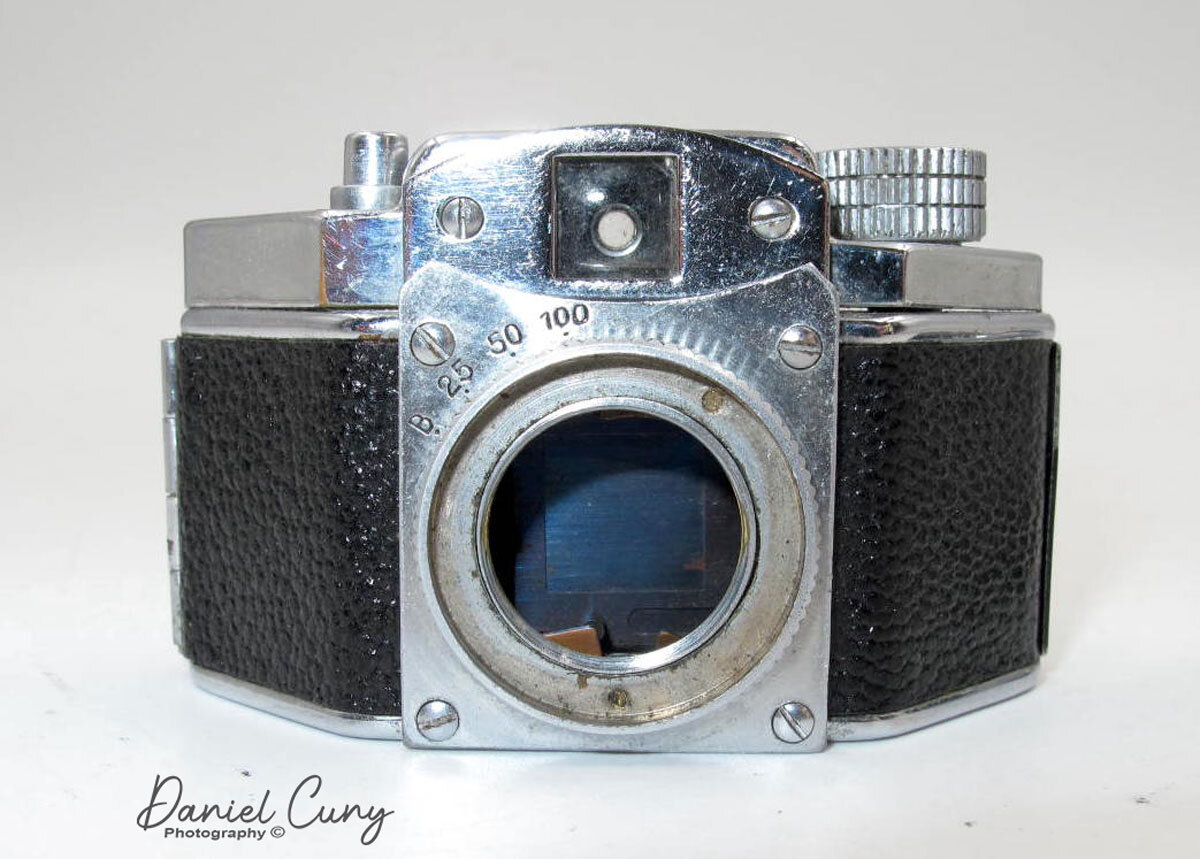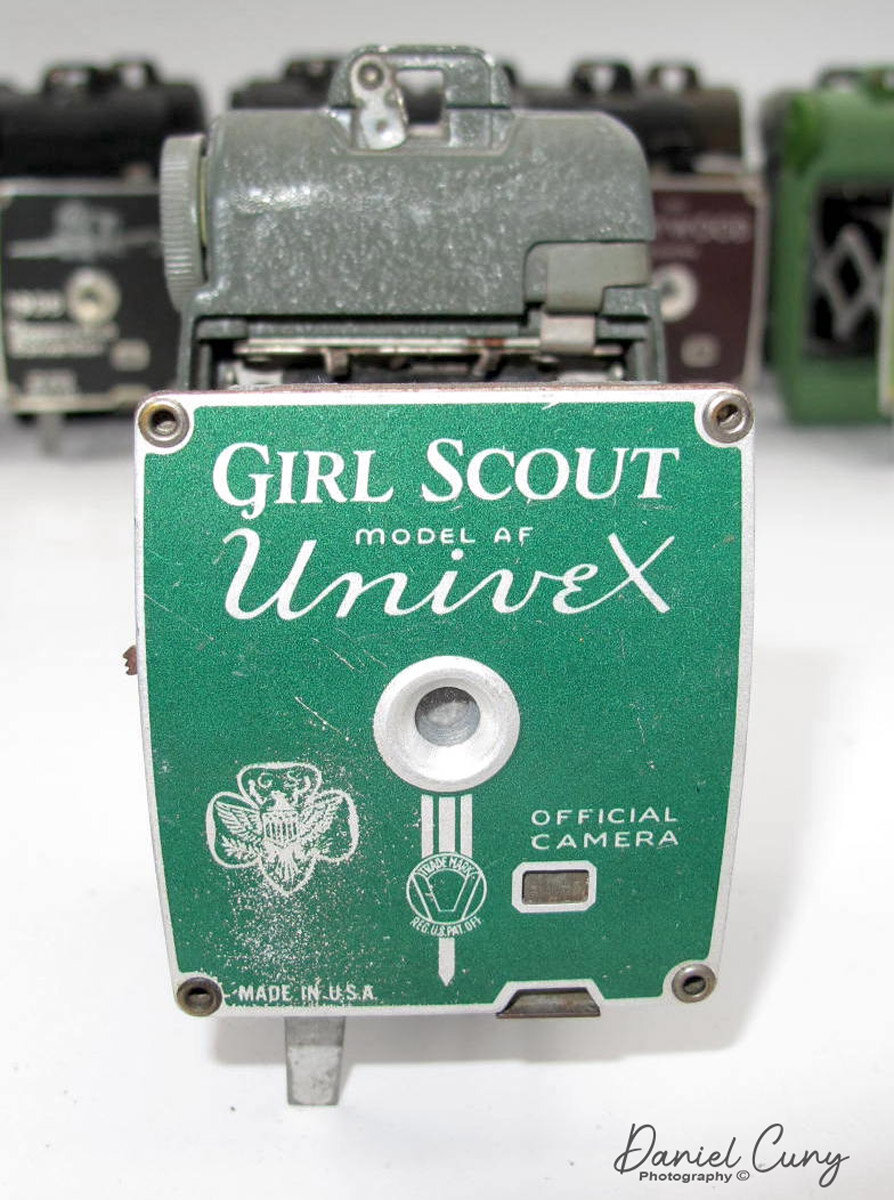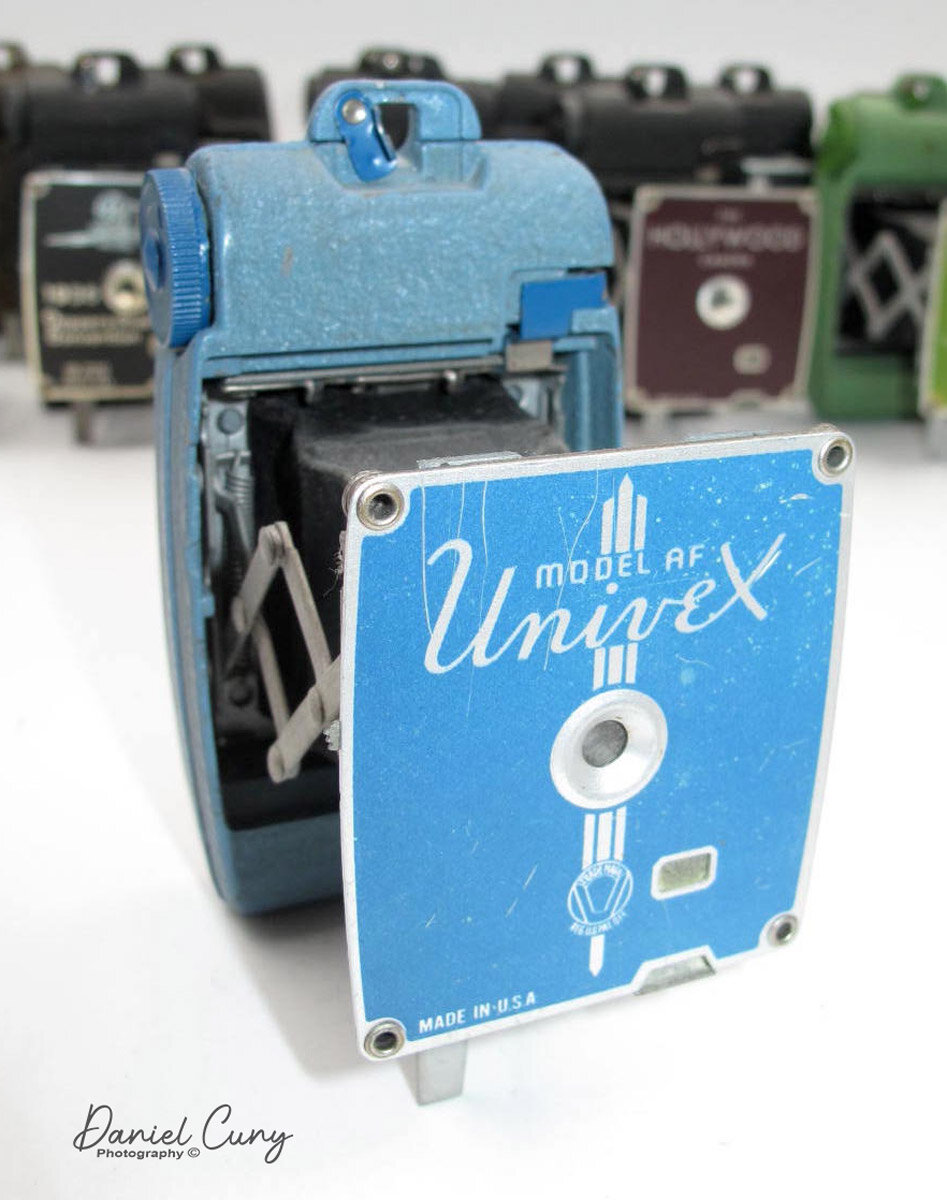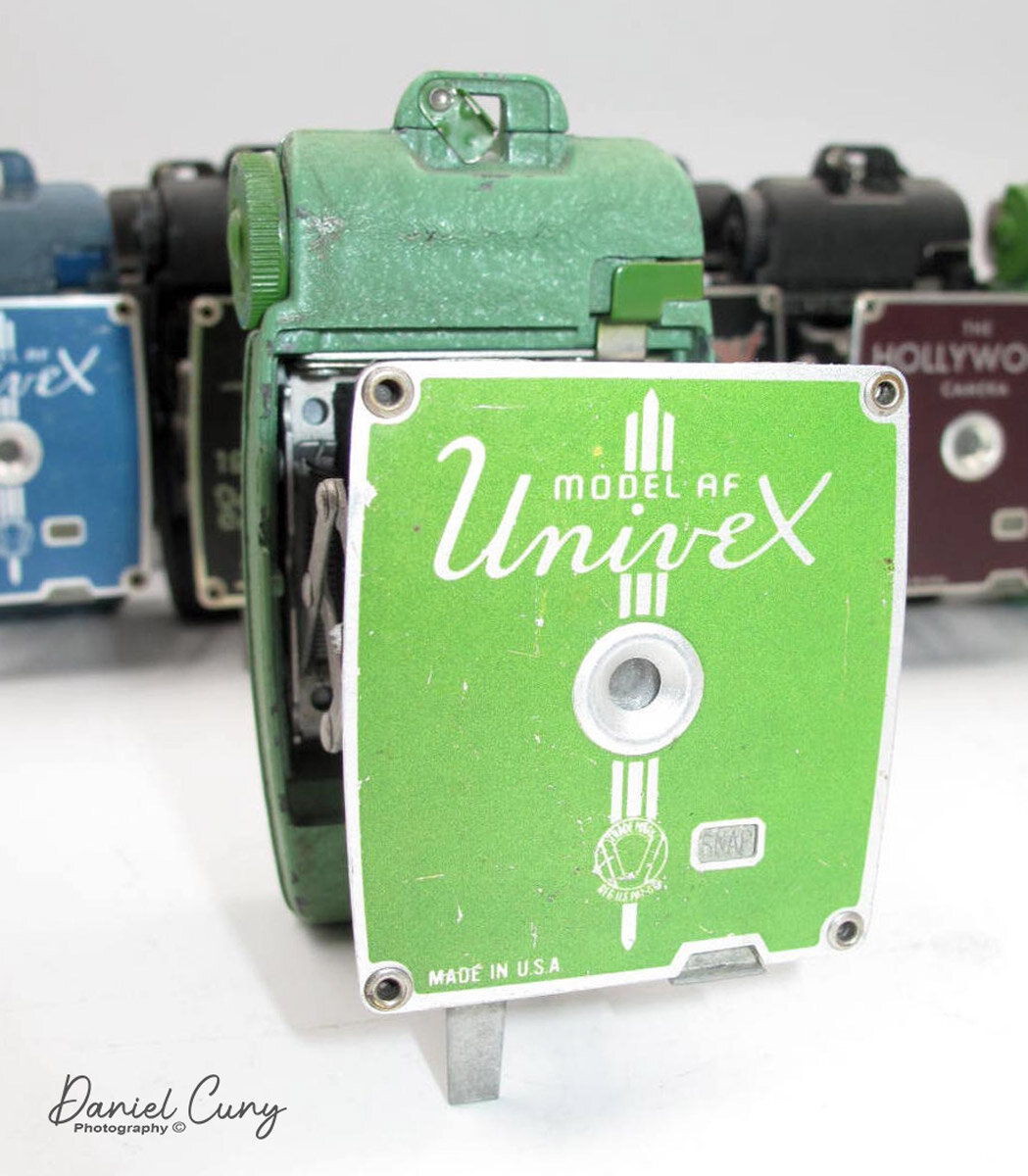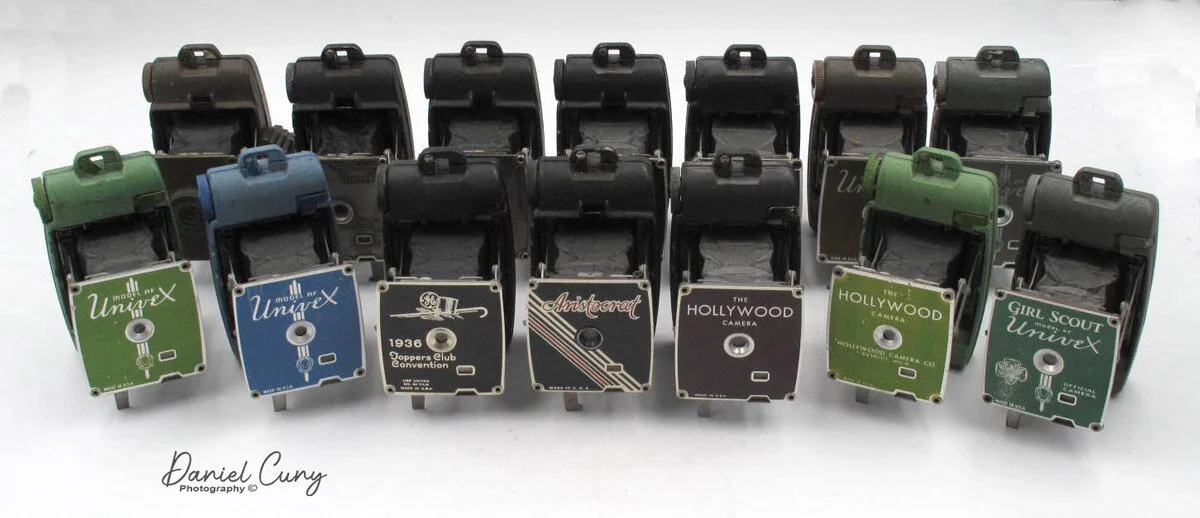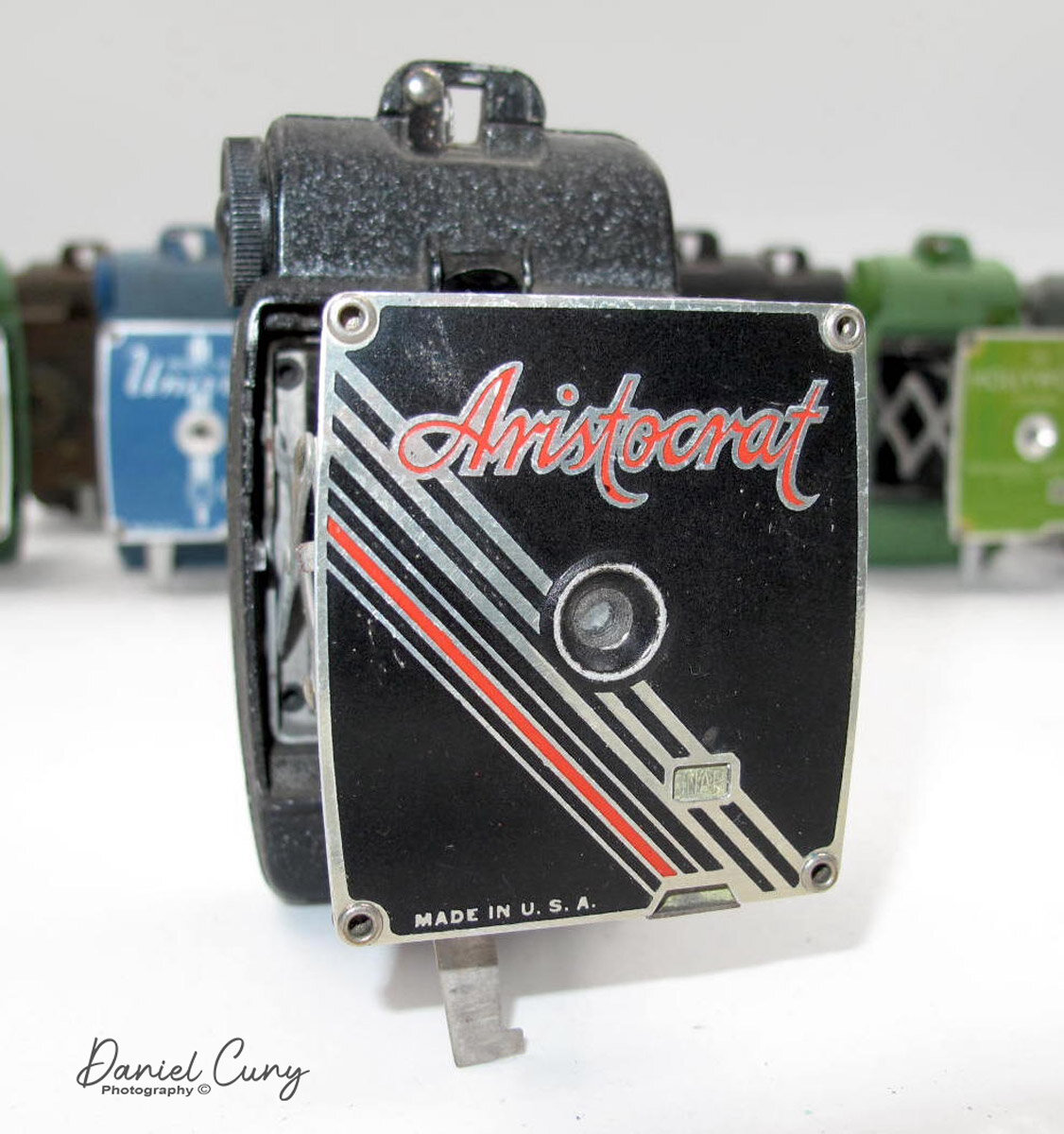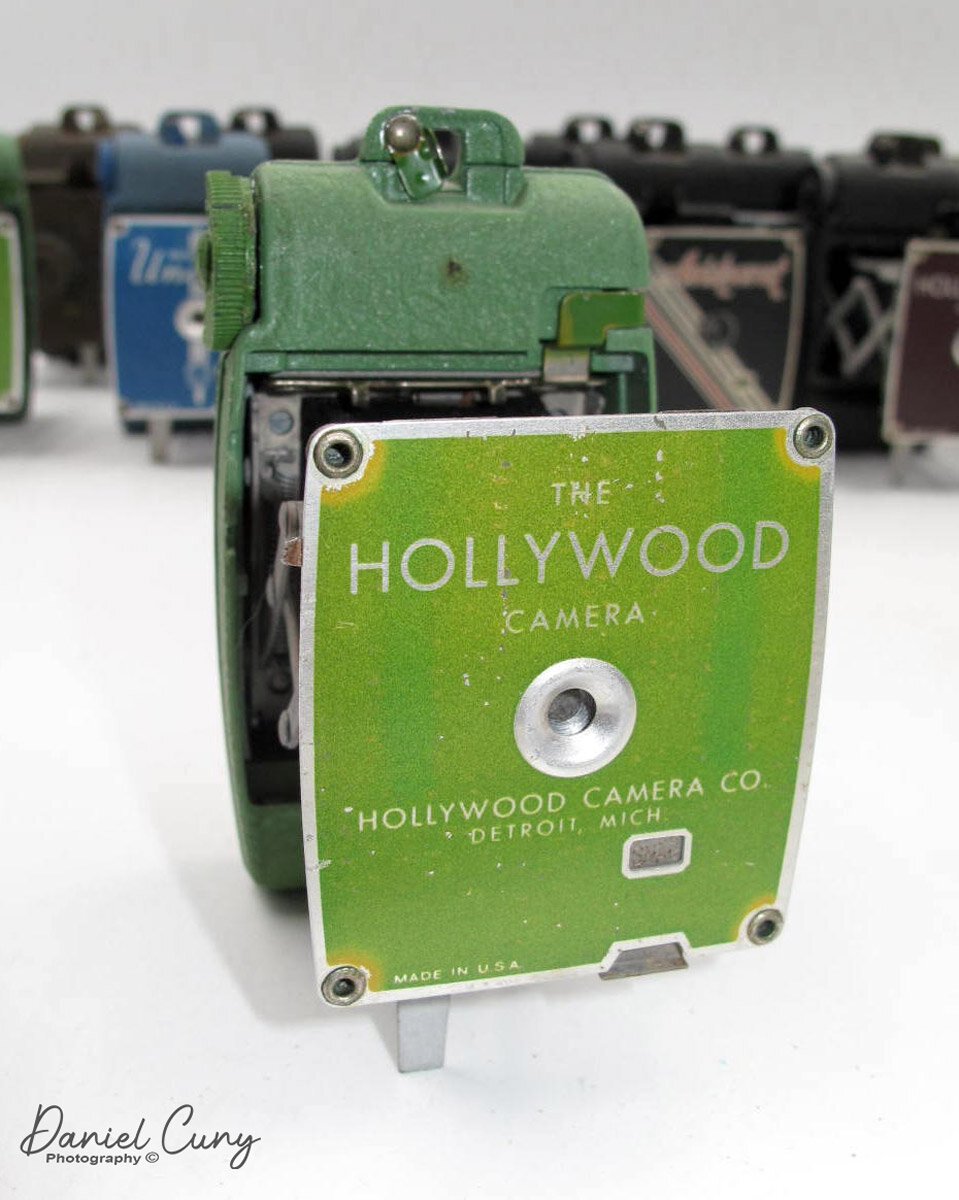This is my Nova Camera
My camera collection is very eclectic, and I am drawn to odd and unusual cameras and photo items. I did a blog posting on the Minolta Six camera a couple of weeks ago. What drew me to that particular camera was that it didn't have the standard cloth bellows system but rather a series of metal cubes that pulled out and retracted back into the camera to form the bellows. These were very similar to a camping cup, where the larger rings pull away from the smaller ones on the bottom, creating a cone-shaped cup.
A year or so ago, there was a pretty major auction of cameras in the United States, with hundreds, if not thousands, of cameras and other photo items sold. There were many "lots" that had several cameras, maybe as many as 25-30 grouped into similar lots. I won one of these "lots" that had several smaller and subminiature cameras, many in their cases and several in the original box. The Nova Subminiature camera was in that particular lot.
I can still remember unwrapping the camera and opening the case to a camera I had seen in McKeown's Camera price guides many times. When I pulled the bellows out to find that they had a cubed bellows system, I immediately put the camera on my display shelf because I was drawn to its look.
The Company:
Here's where it gets odd. The only thing I can find about this camera or who made it was that it was created by Erwin Adloff Apparatebau, Berlin-Wilmersdorf, in 1938. Even that is suspect, according to McKeown's guide, as they have the Nova listed separately. There is a camera called the Adloff Tex camera, which has a body similar to the telescoping box bellows but with a more elaborate shutter.
Nova Camera closed. It’s very compact.
Another oddity about this camera was that it was designed by Fritz Kaftanski, who was born in Essen, Germany, in 1899. According to the information found online, Kaftanski started designing Fotofex Kameras in Berlin in 1927. In 1932, Fotofex showed the Visorflex camera at the Leipzig fair and introduced other cameras a few months later.
In 1934, the Sida and Extra Sida were tiny cameras produced in Germany, then later in Poland and Czechoslovakia under license in Italy. In 1937, Kaftanski moved to Czechoslovakia with the Sida patent, where production continued. Then, according to all I can find, Kaftanski moved to Paris in 1939, so sometime before moving to Czechoslovakia, he either designed the Nova for Erwin Adloff or someone else who remains unknown designed the camera.
Since little is written about this company, my best guess is that Erwin Adloff Apparatebau, Berlin-Wilmersdorf, was a small manufacturer producing one or two cameras just before World War II broke out. Many records either went missing or were possibly destroyed during the war. Fritz Kaftanski designed the Nova sometime before 1938, when it was produced. However, from what I can find online, I don't see any definitive proof or acknowledgment of Kaftanski designing the Nova, although he did create many other cameras during this timeframe.
My Camera:
My camera is pretty small, measuring 3 5/8" wide by 2" tall by 1.5" deep with the lens retracted and 2 5/8" deep with the lens extended. The camera without the case weighs 7.1 oz, and with the case 9.9 oz. It uses paper-backed unperforated 35mm film, known as Bolta film, which was very popular during this timeframe and something I discussed in my last post.
When you first look at the camera, it looks extremely plain, yet it has some Art Deco features, like the lines around the lens and the text used for the name. Pulling the lens away from the body reveals the double box bellows, which are very ribbed silver. When the camera is flat on its back with the bellows extended, they almost give the camera a wedding cake look.





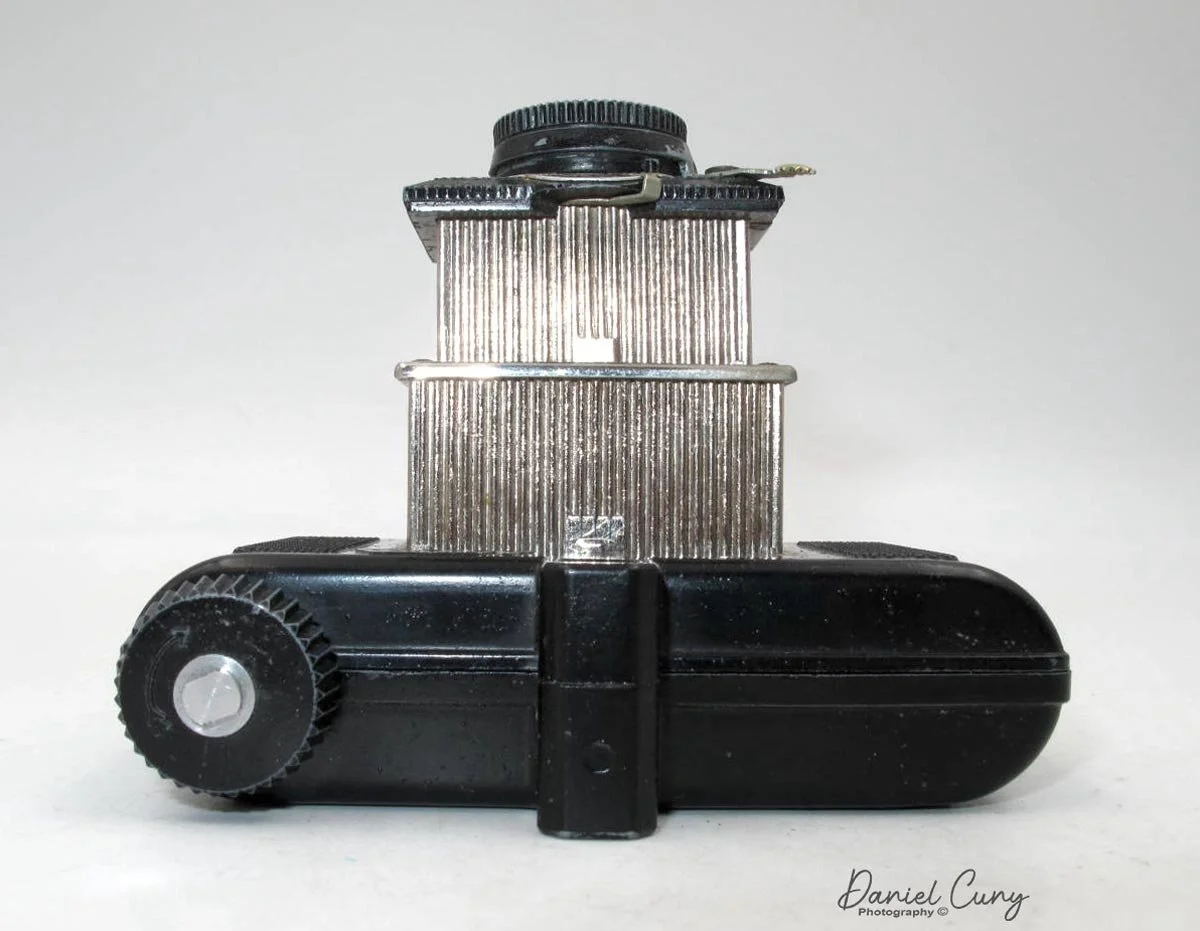
On either side of the camera is a textured finish to the metal design to help with gripping. I don't know how much gripping is needed for such a small and lightweight camera. On the back of the camera are two more grips on the sides of an exposure table explaining the shutter speed depending on the distance to the subject, shutter speed, and aperture set on the camera. There is no mention of different film speeds. Just above the exposure table is a green window, and another green window is the camera's viewfinder. Just below the exposure table is the word "FOREIGN," and on the front, below the lens, is D.R.P. ANG D.R.G.M, meaning this was made for domestic or international sales.
The camera has three shutter speeds: 1/25, 1/50, and 1/100 sec, along with "B" for timed exposures. On the side of the lens is a lever that can be pulled out to change the aperture from wide open at f4.5 to f6.8. This is very similar to what box camera employed to change the aperture. At the 10:00 o'clock position, around the lens is the shutter release, and around the lens is the focus adjustment in meters, with the closest focus being 2 meters.
To take the back off the camera, there are two knobs you pull apart to get to loading and unloading the camera. Two films should be holding cassettes in the back of the camera, but mine only came with one. Interestingly, the film holding cassettes is Hermes Nova. Did the French company Hermes design the film holders, and how was a French company involved in this? This could be where the involvement of Fritz Kaftanski comes into play, as he did move to France in 1939, the year after the camera came out. Were there discussions between Kaftanski and Hermes during the mid-1930s?
Hermes Nova film cassette.
On the top of the film holder are four bumps or knobs that need to align with the slots on the camera film advance knob, otherwise, the film cassette won't fit in or out of the camera. Once the slots and the knobs are aligned, the film hold comes out quickly, and you can take it apart to load the film into the cassette.
Once the film is in the camera, the film moves over a geared wheel above the film chamber, rotating a wheel with a white dot and white dash. As the film transports across this wheel, you can view this movement through the green window on the back of the camera, just above the exposure table, so you can tell when your following exposure will be as there is no frame counter on the camera, nor are there numbers on the Bolta film, so this was the only way to tell when you got to the next frame.
Conclusion:
I couldn't use this camera since I didn't have Bolta film to shoot with or a second film cassette, even if I did have the film. The Nova is a beautiful little camera, and I enjoy having it in my collection. Since the camera was only made for a year, how many cameras were made is unknown. Looking at the back door, there is 1114, which may be the serial number, but not 100% positive. Due to the lack of production and not seeing many for sale, I guess it's a reasonably rare camera.
My Nova camera in the fitted leather case
Thank you for taking time out of your busy day to review my film blog. I have another great camera picked for next week's blog, and I hope you'll look out for it.
Until next week, please be safe.










